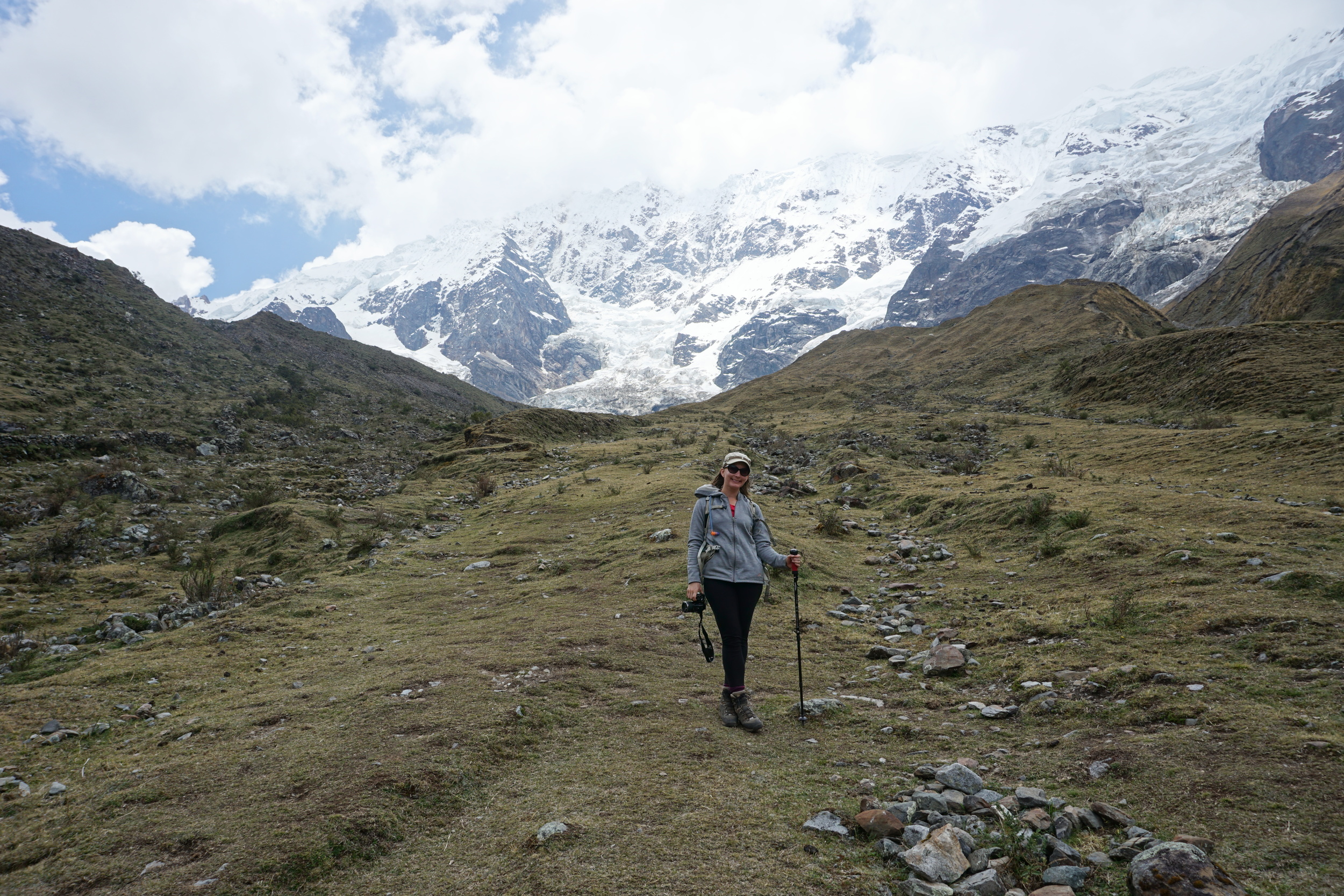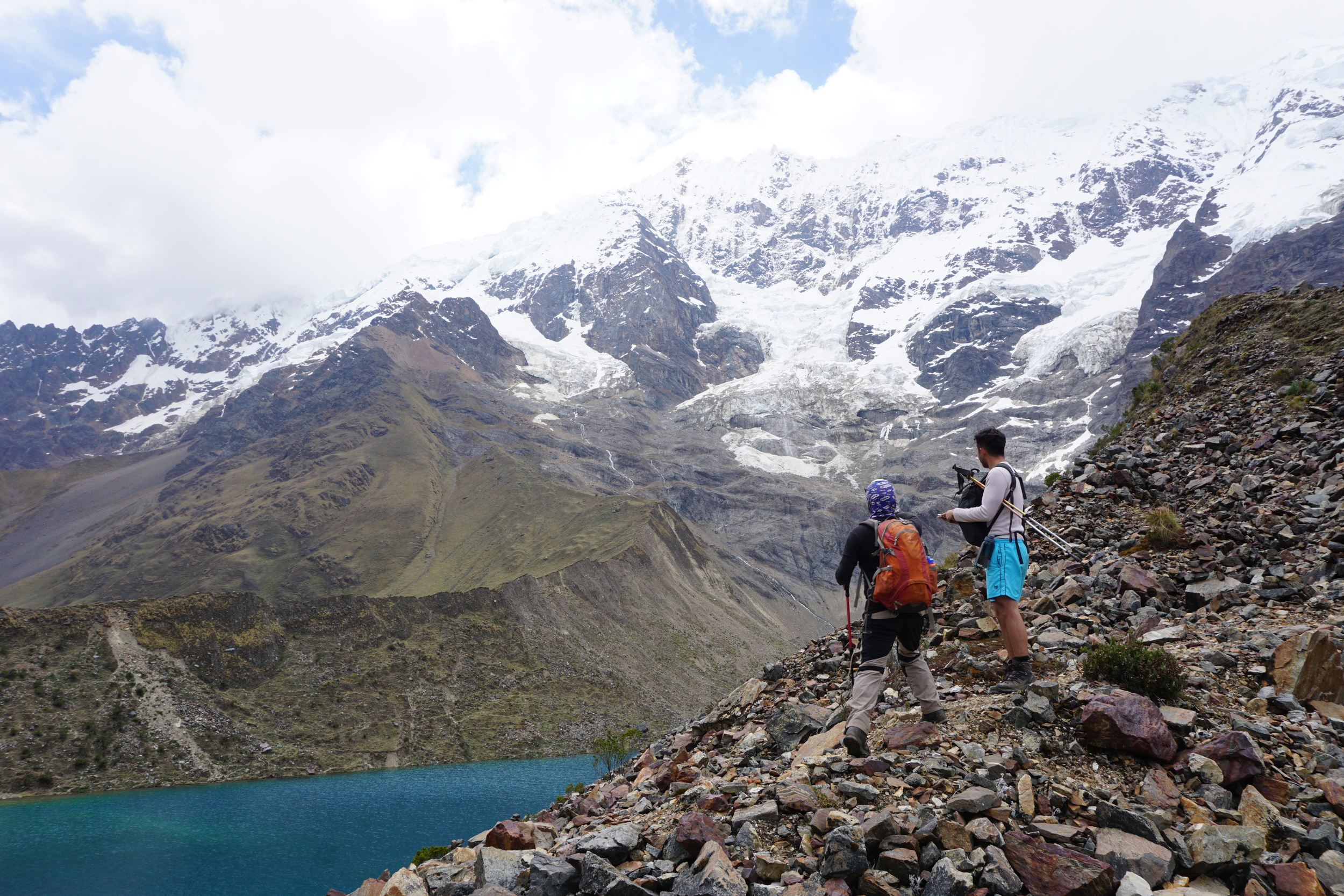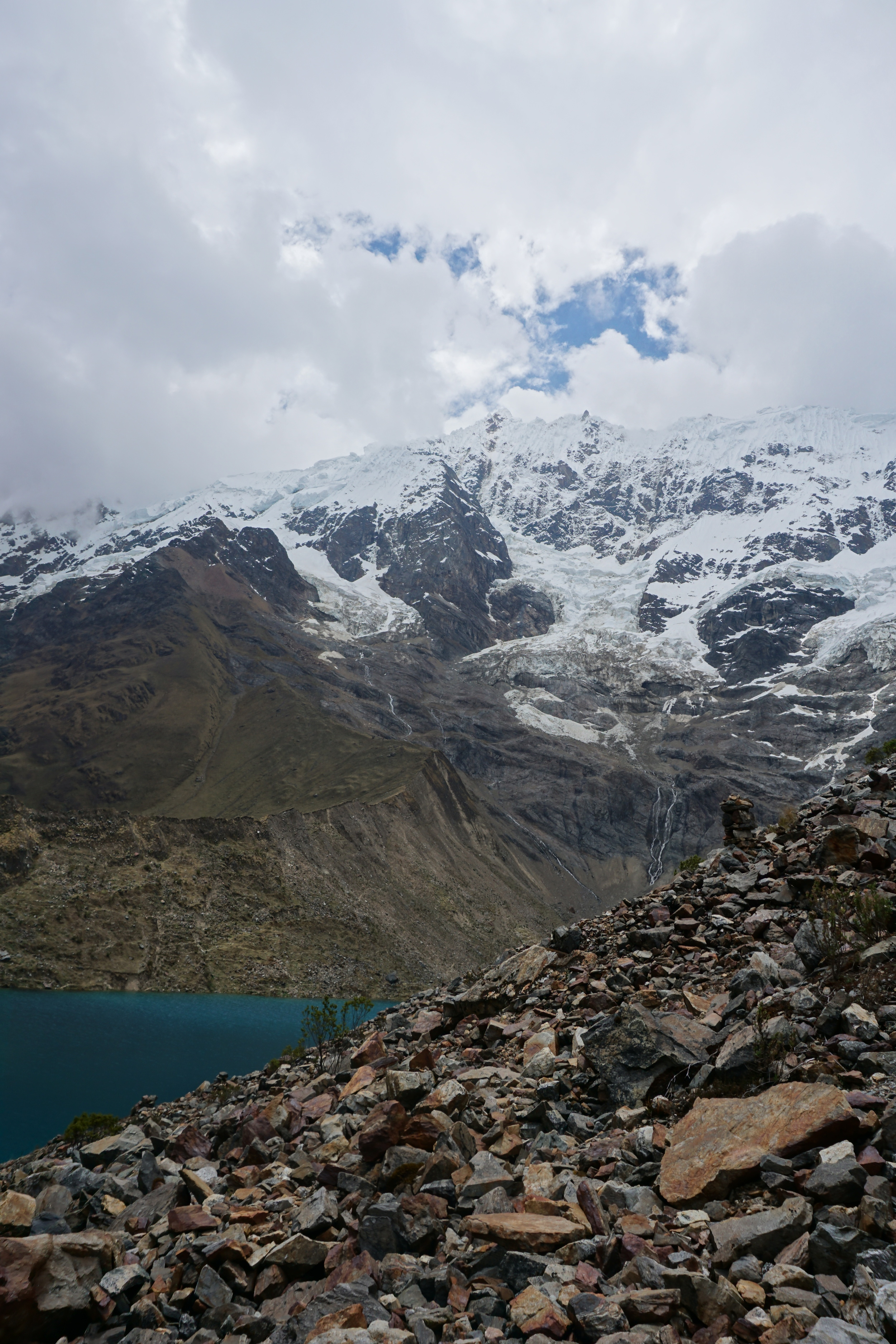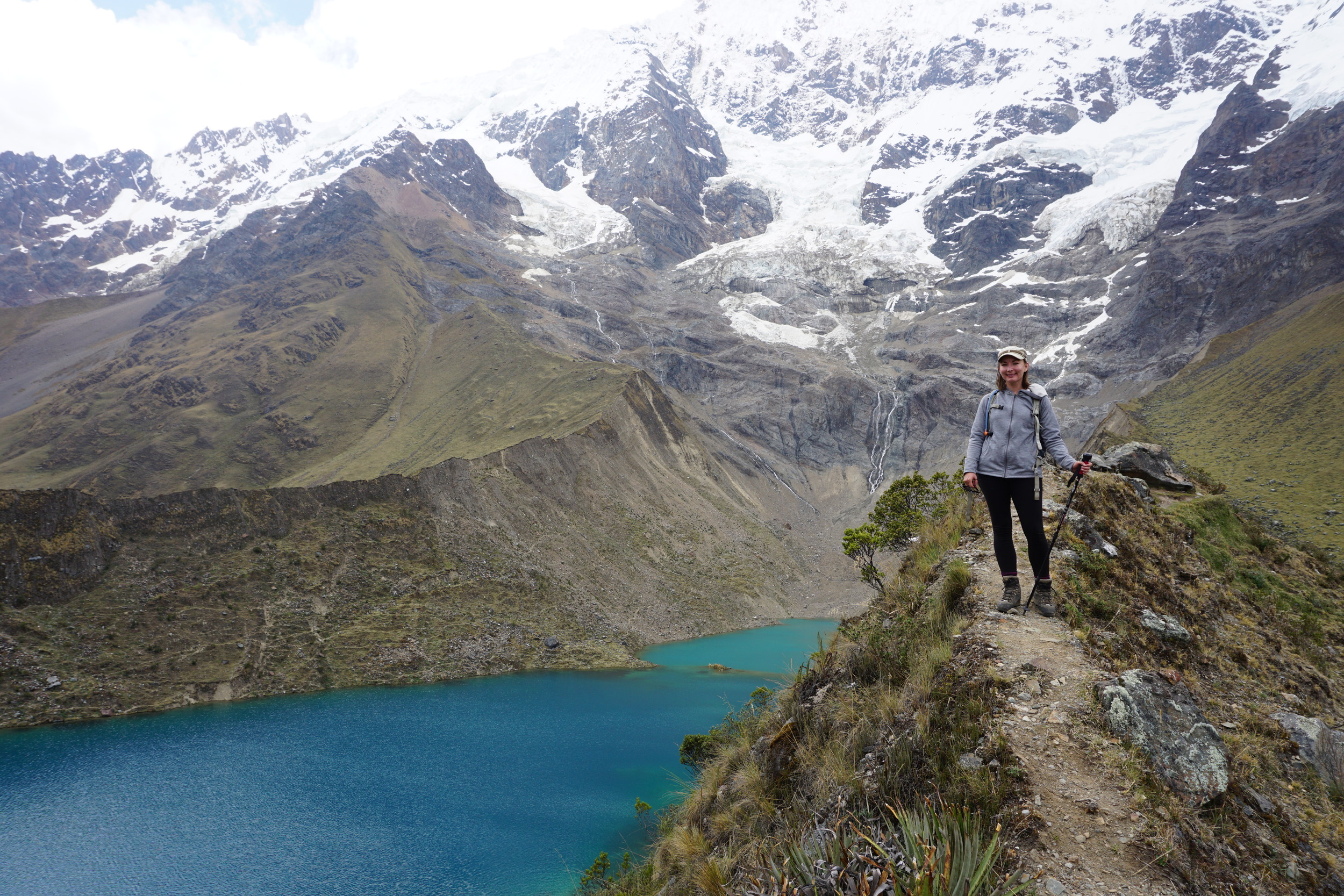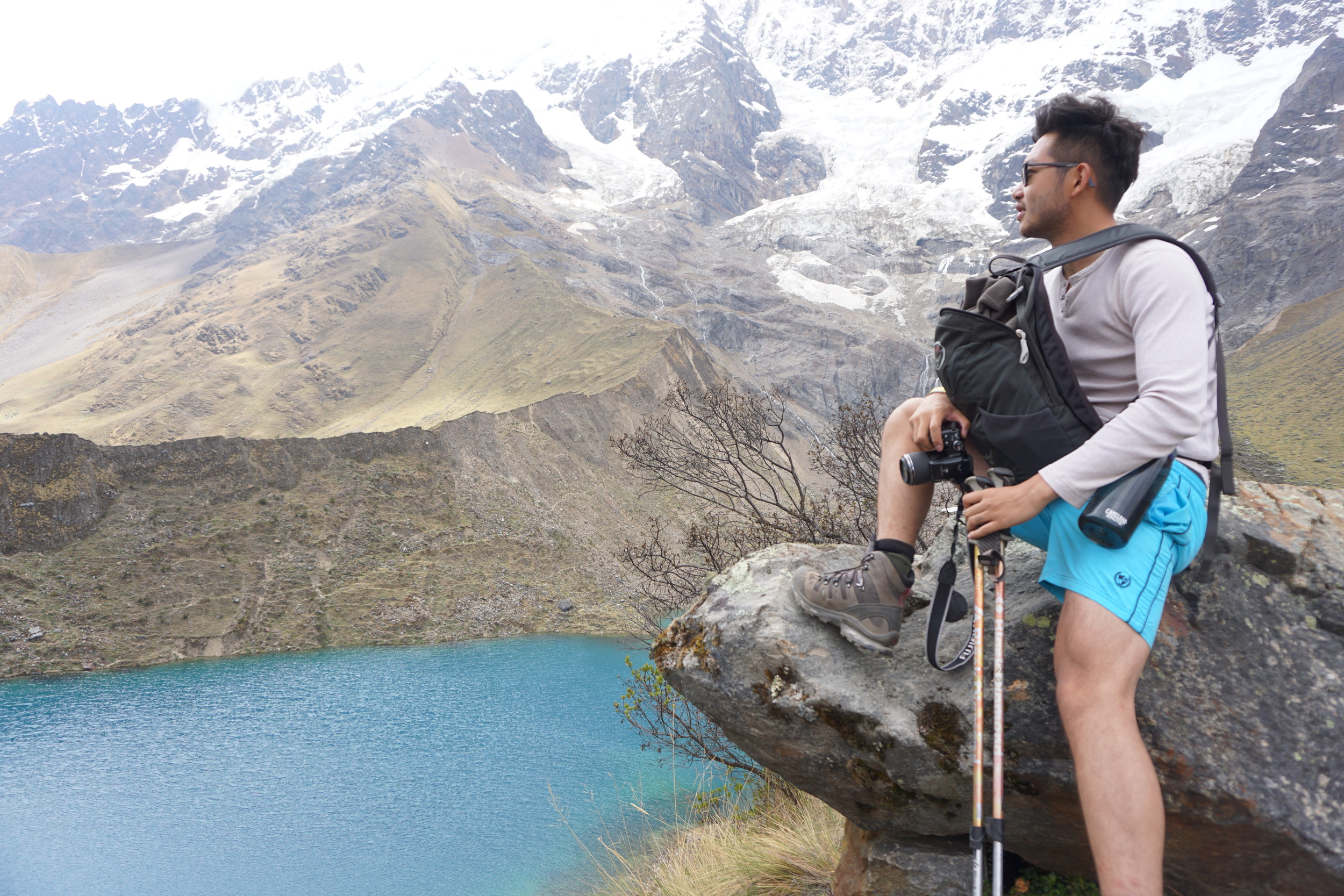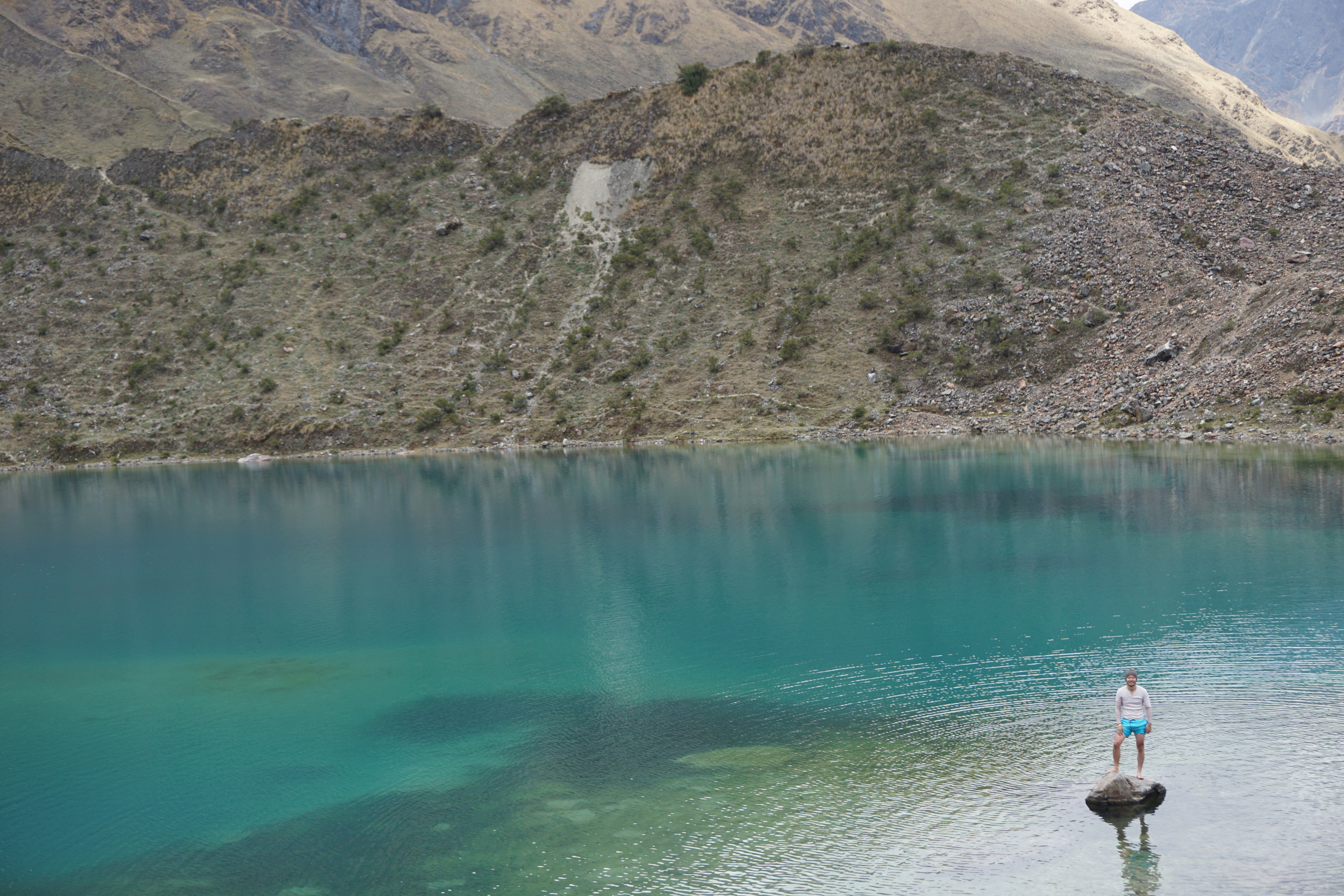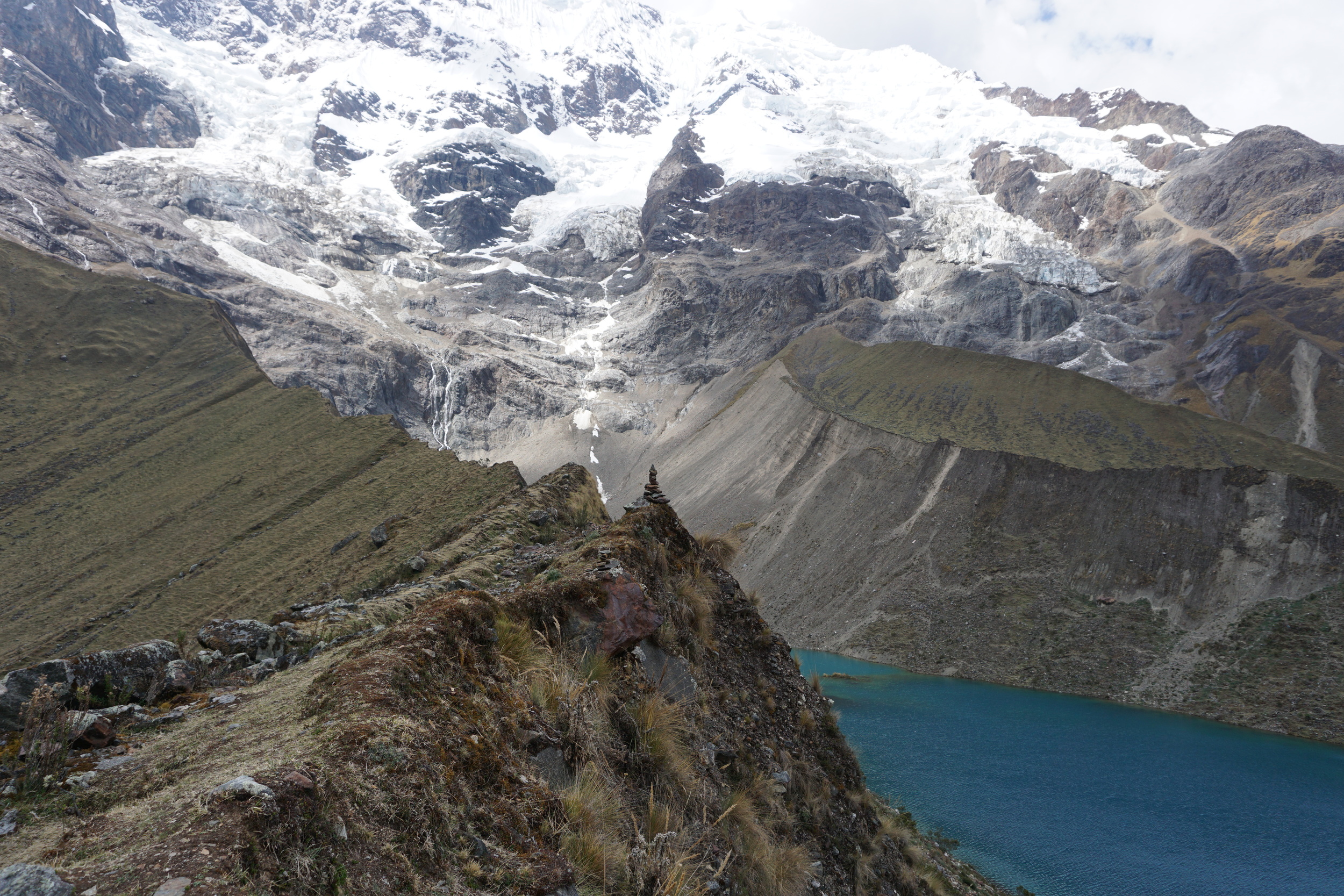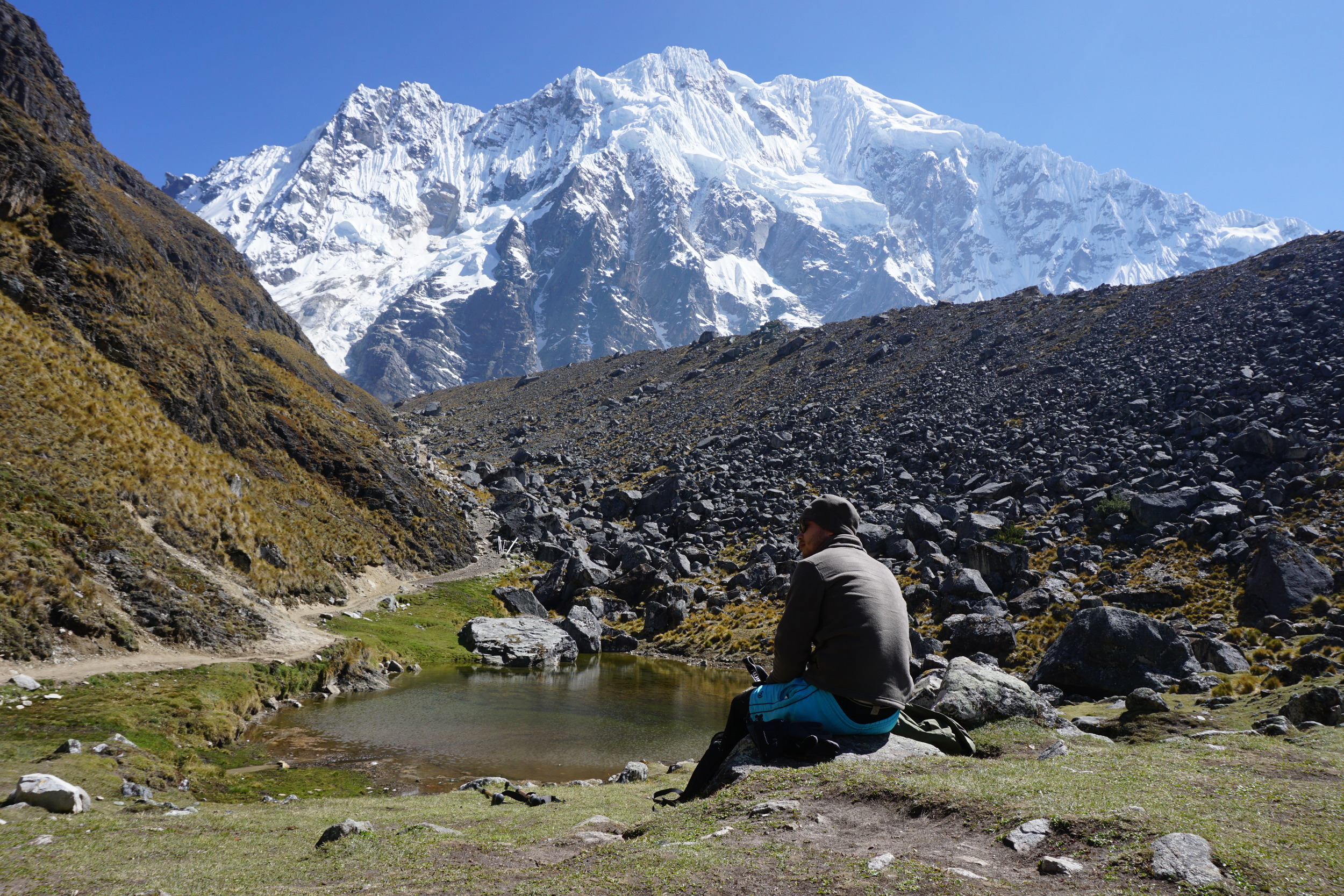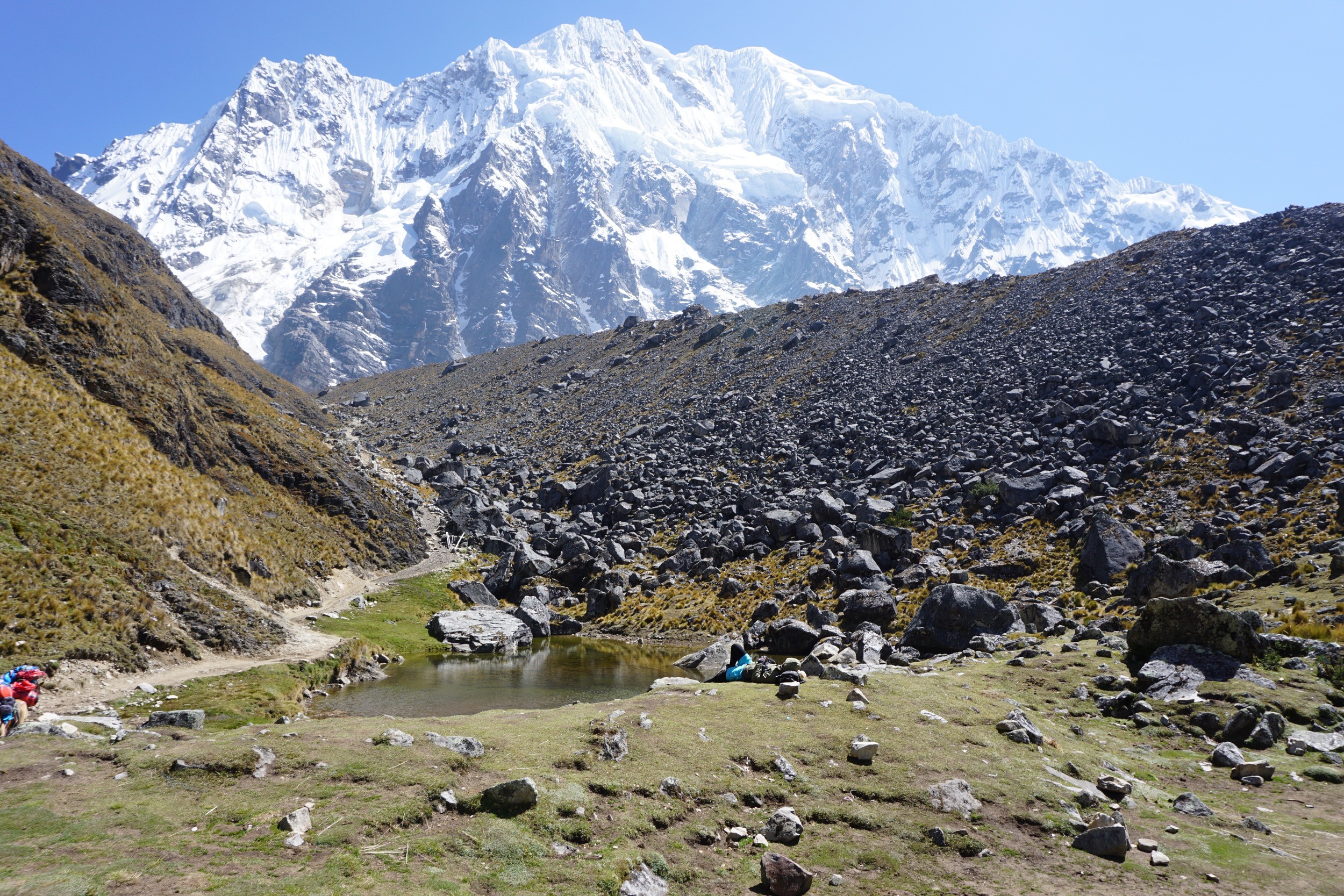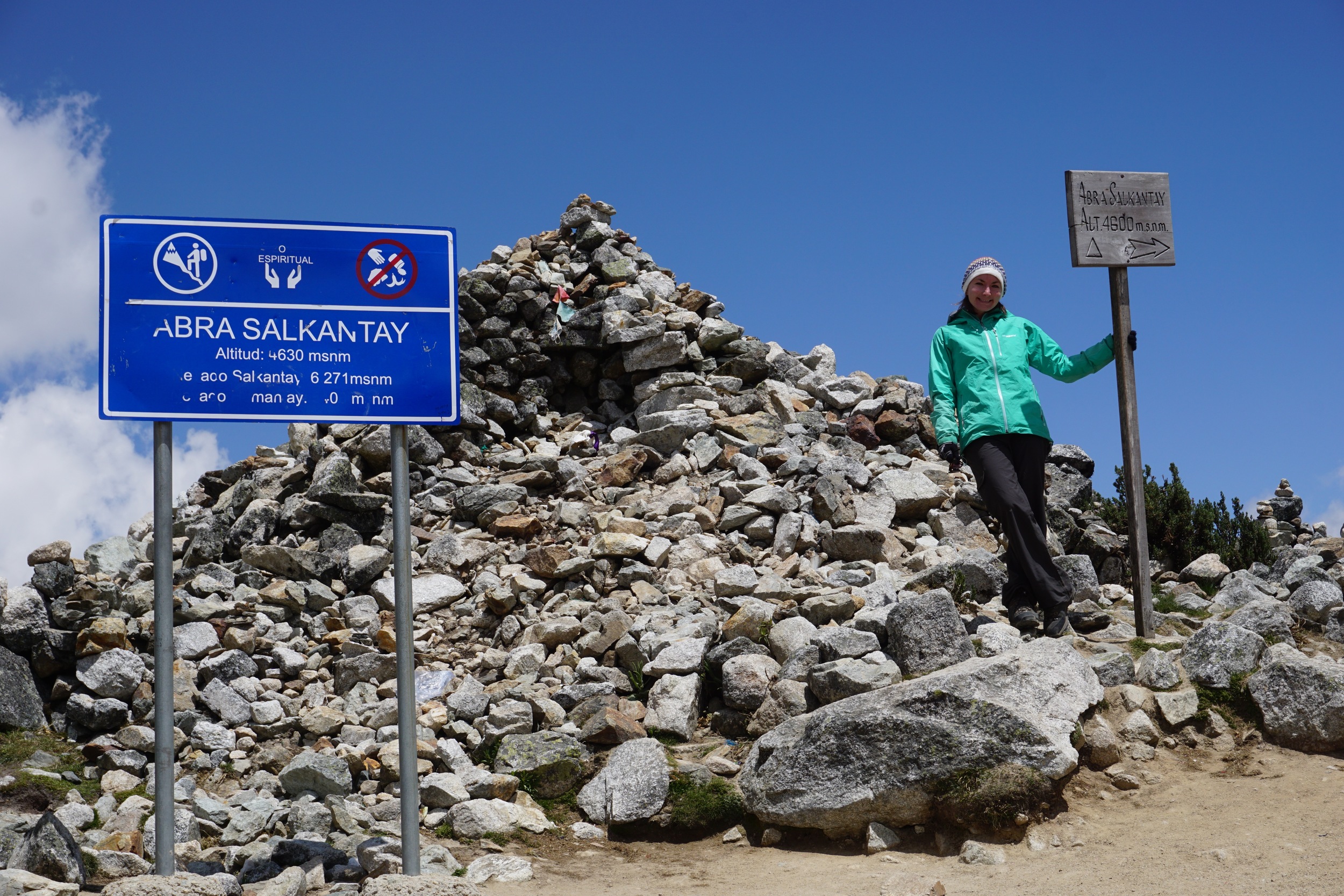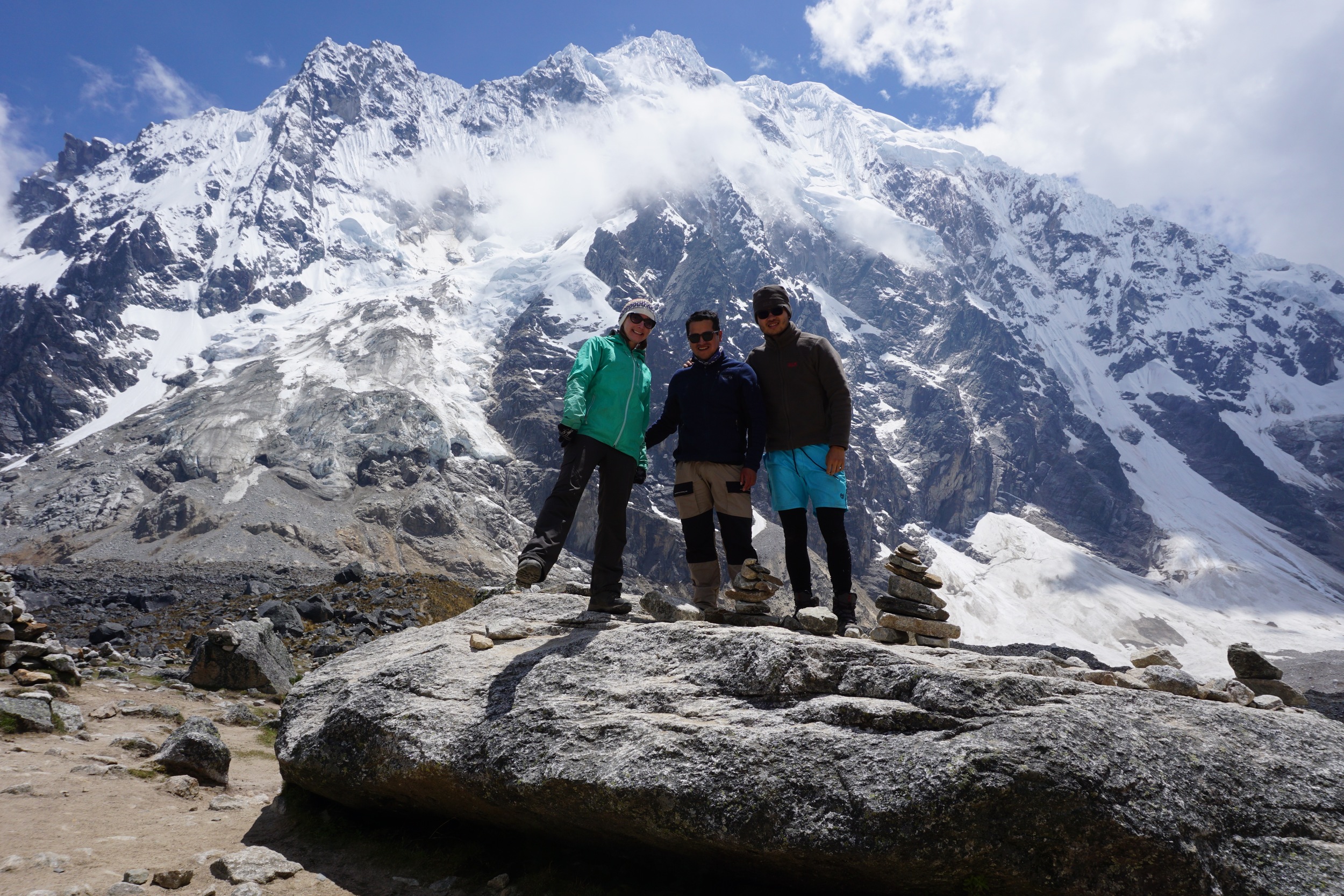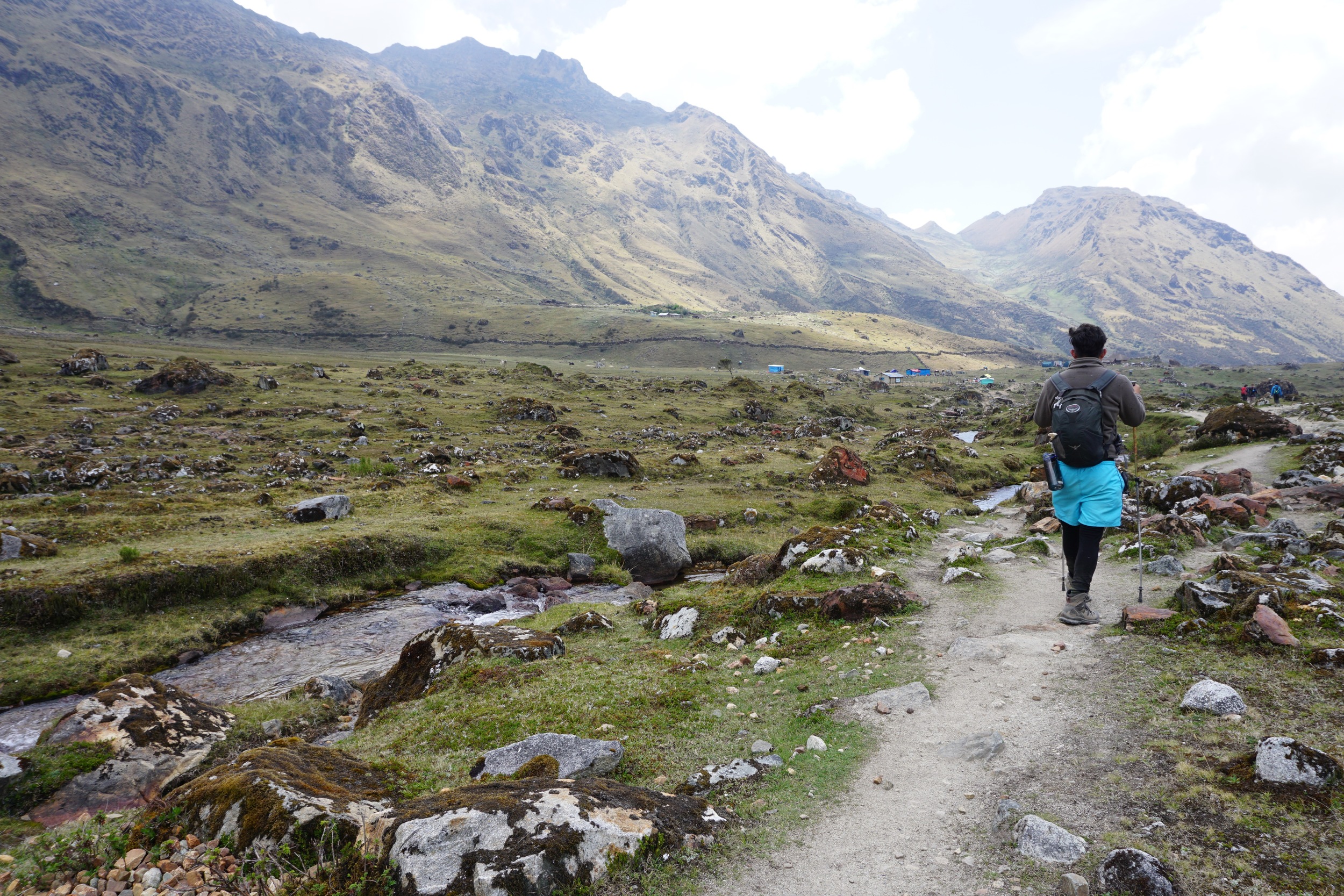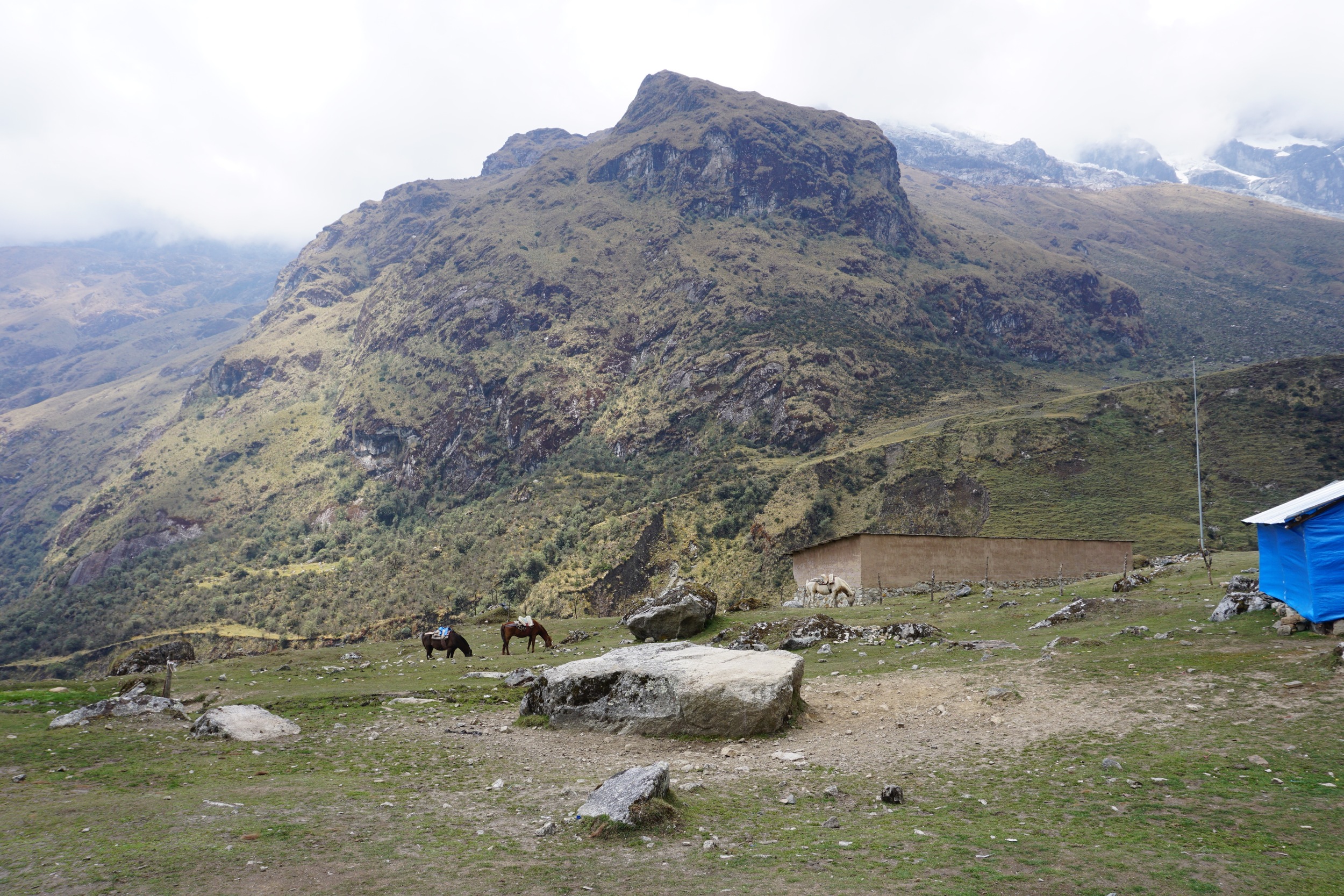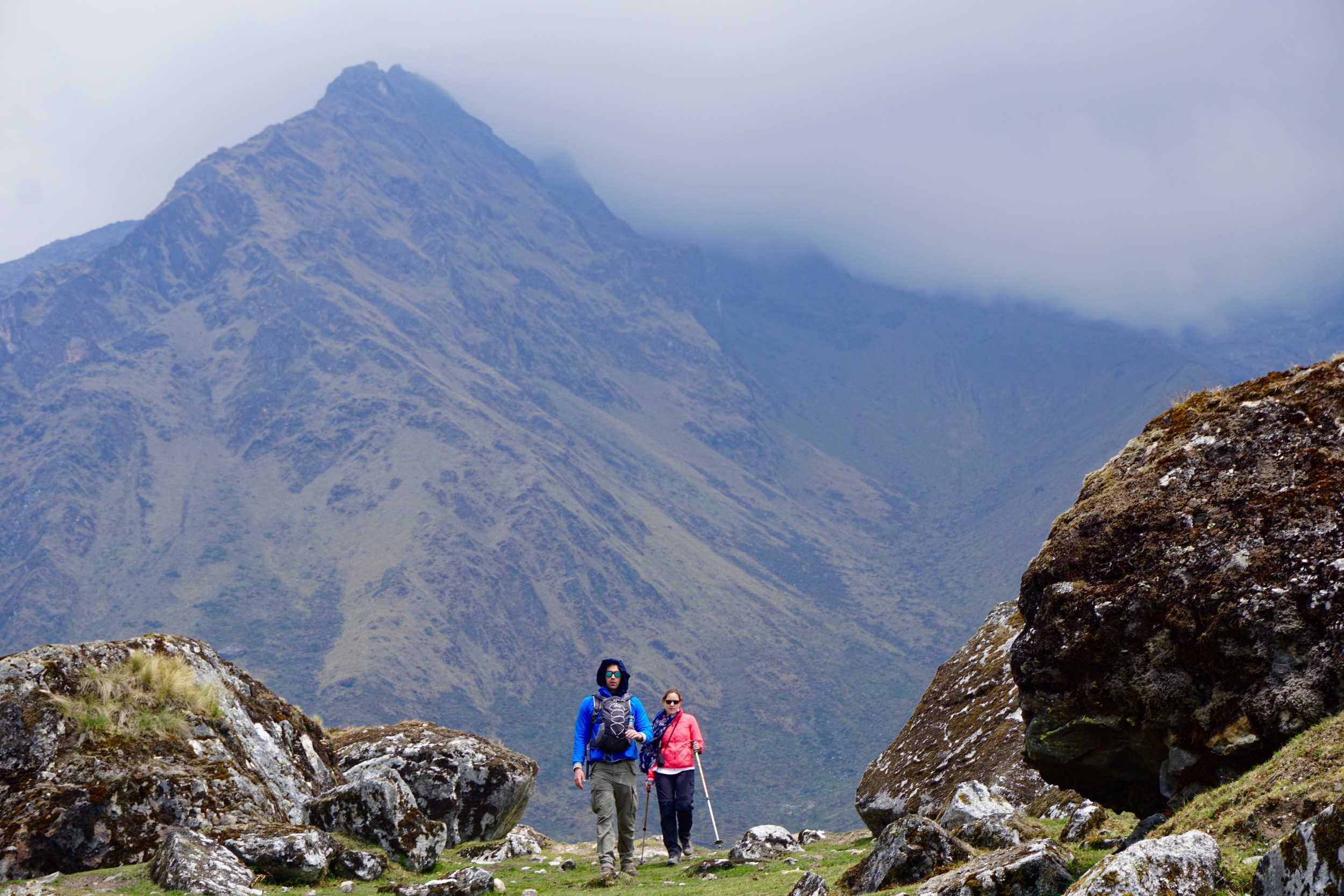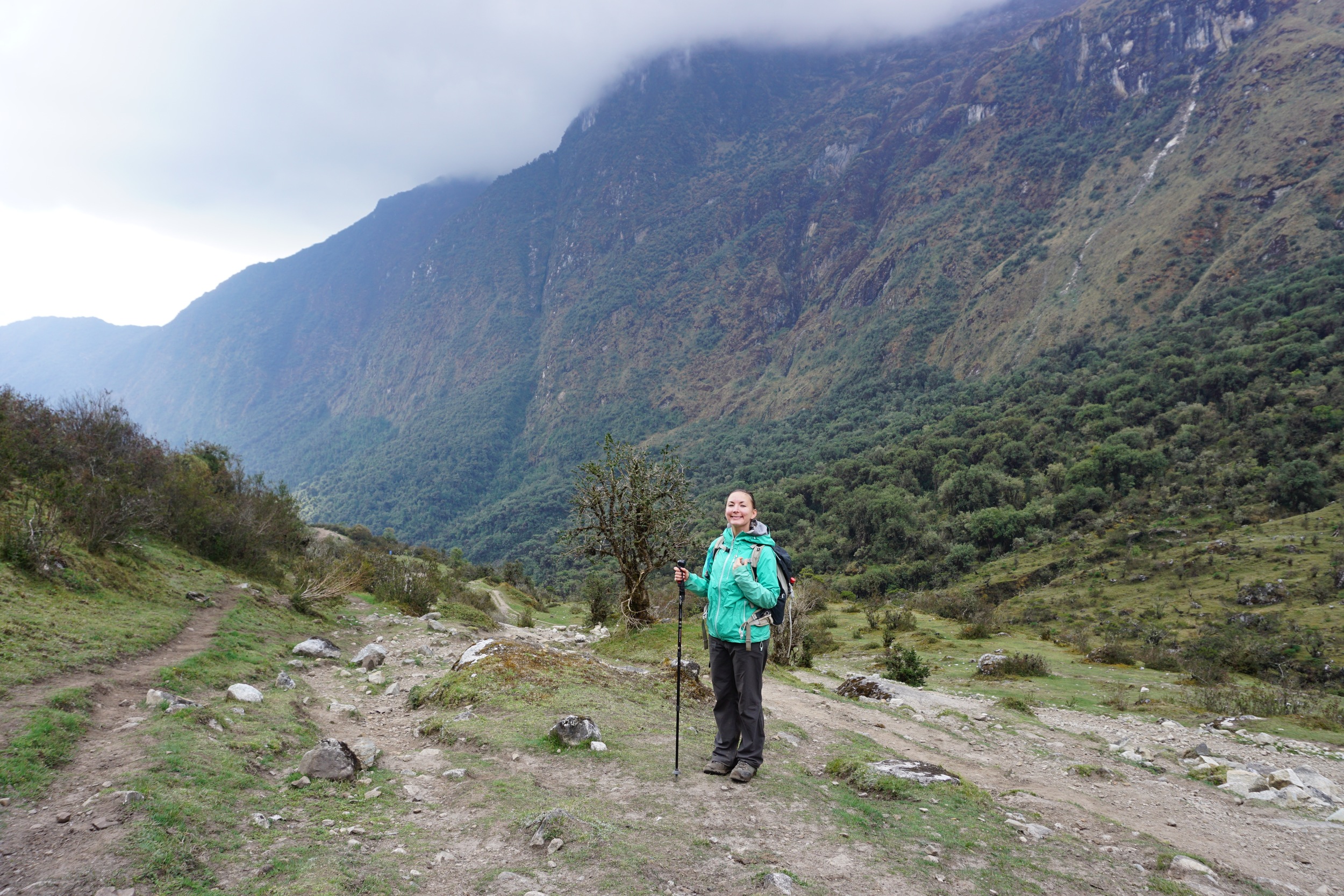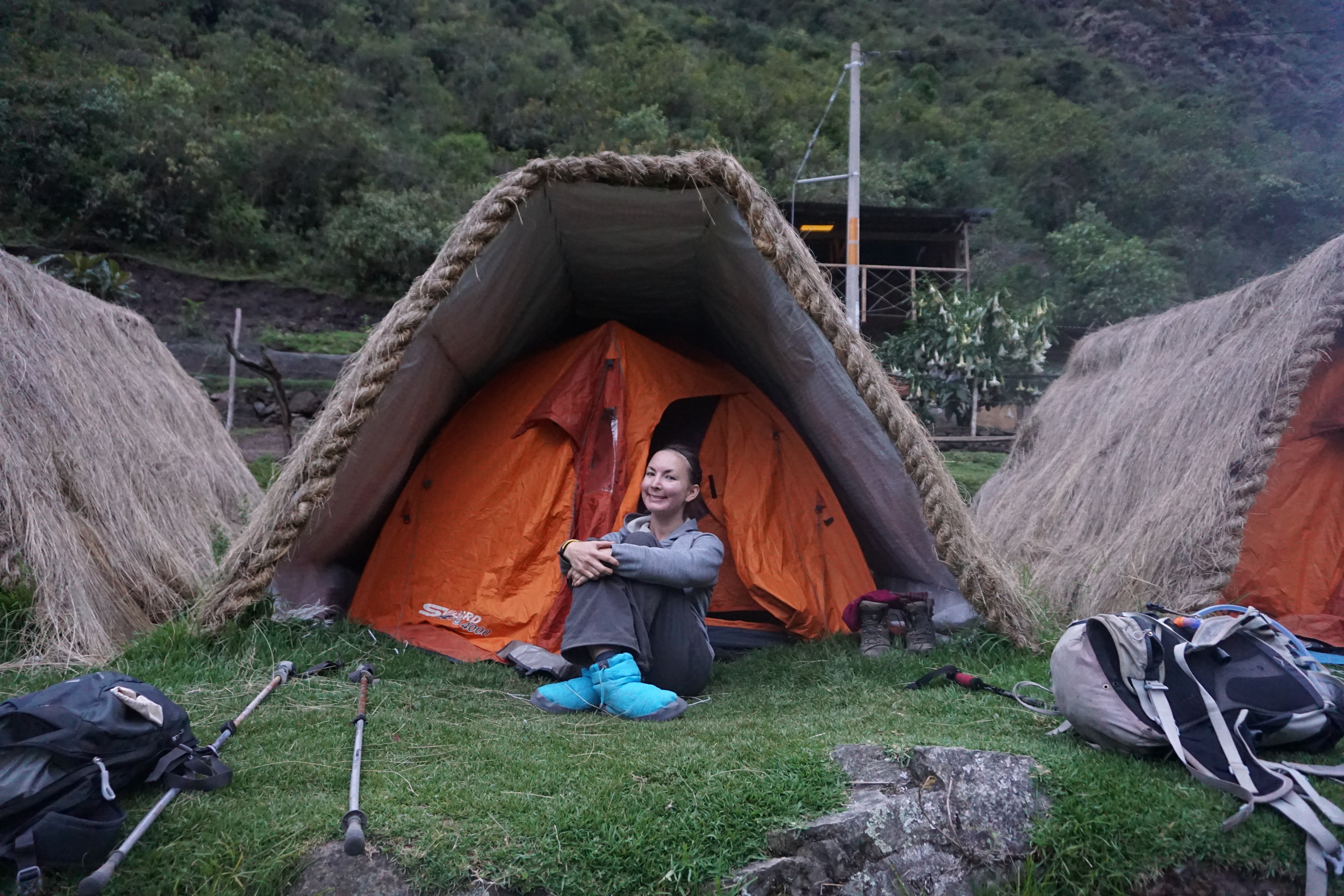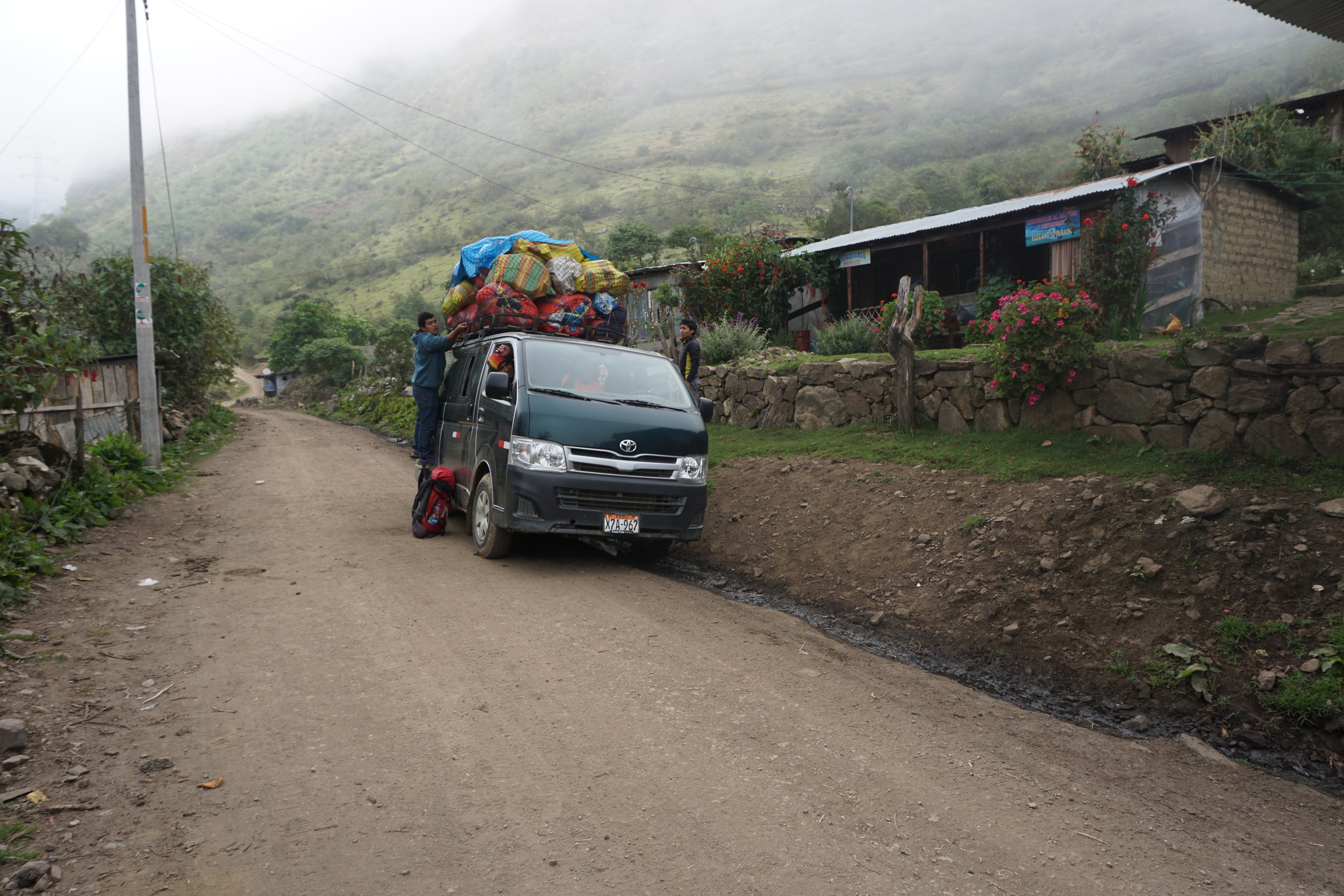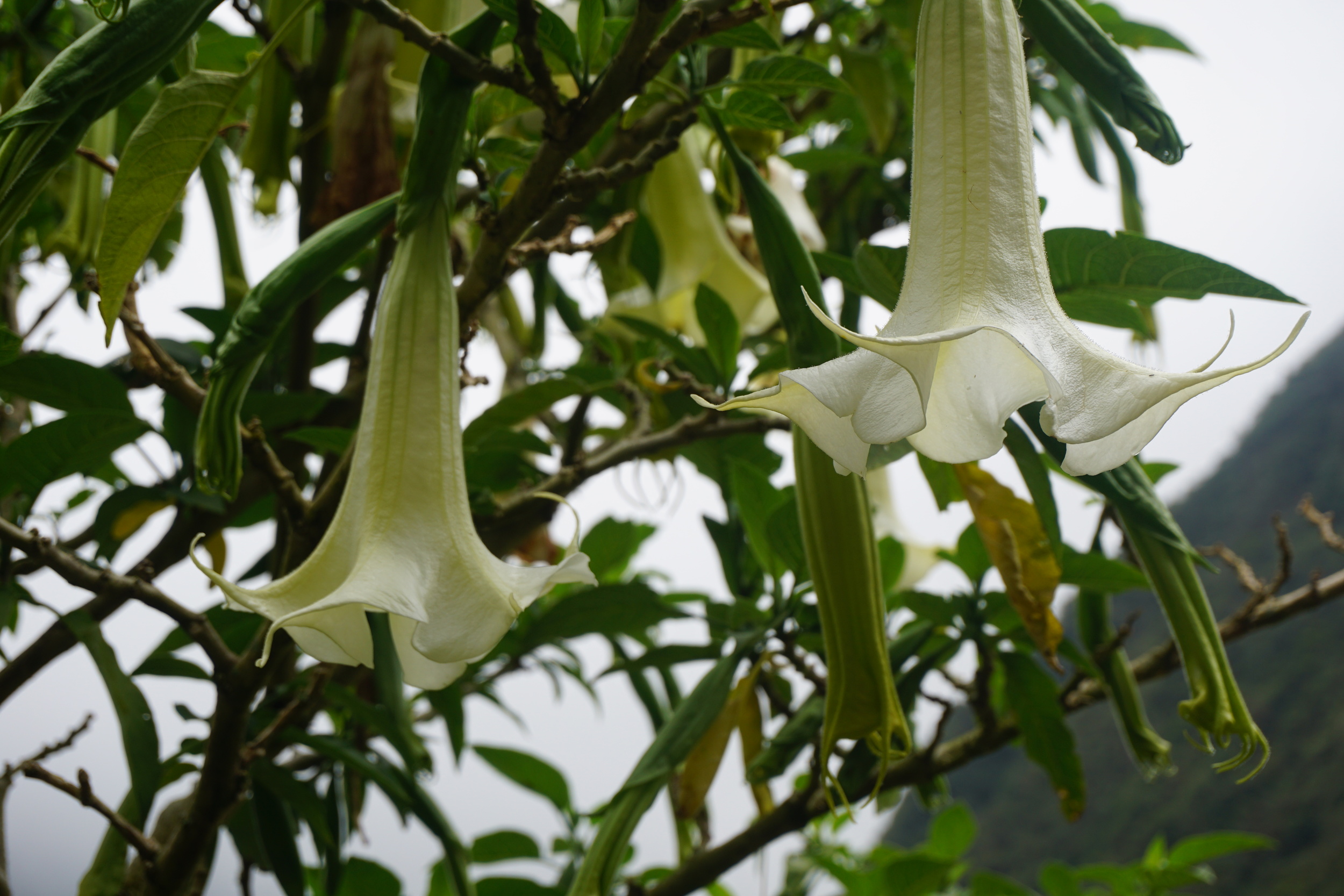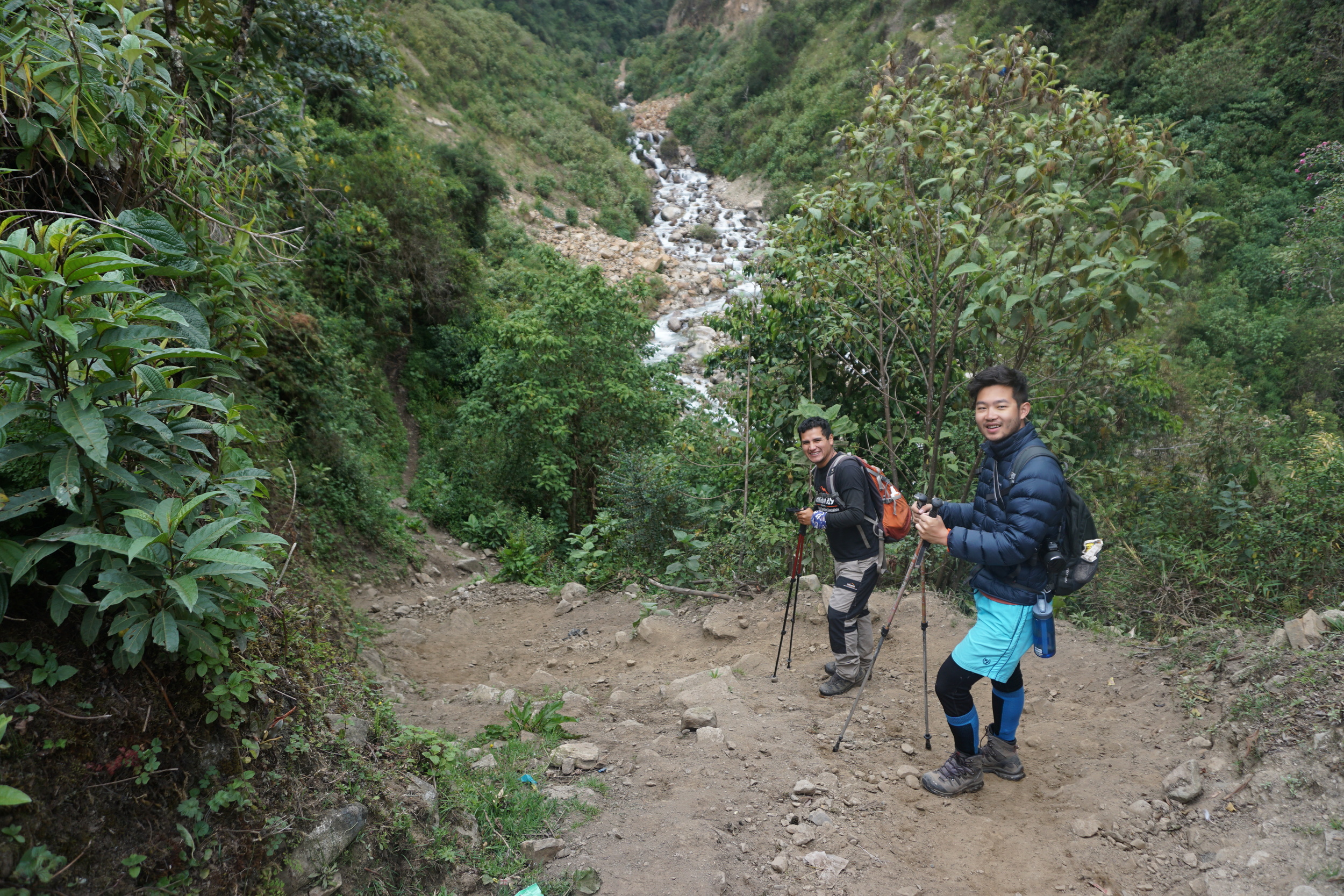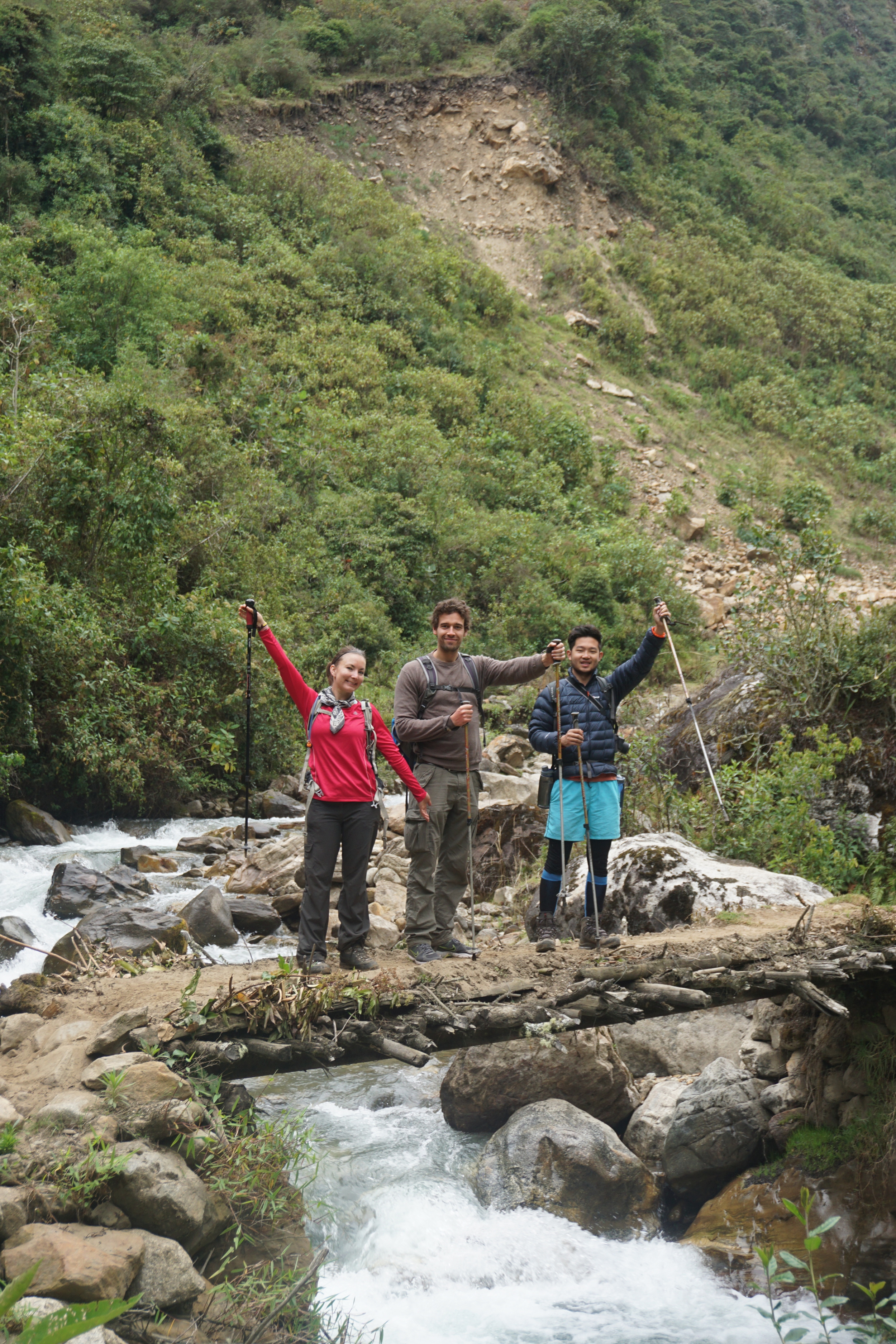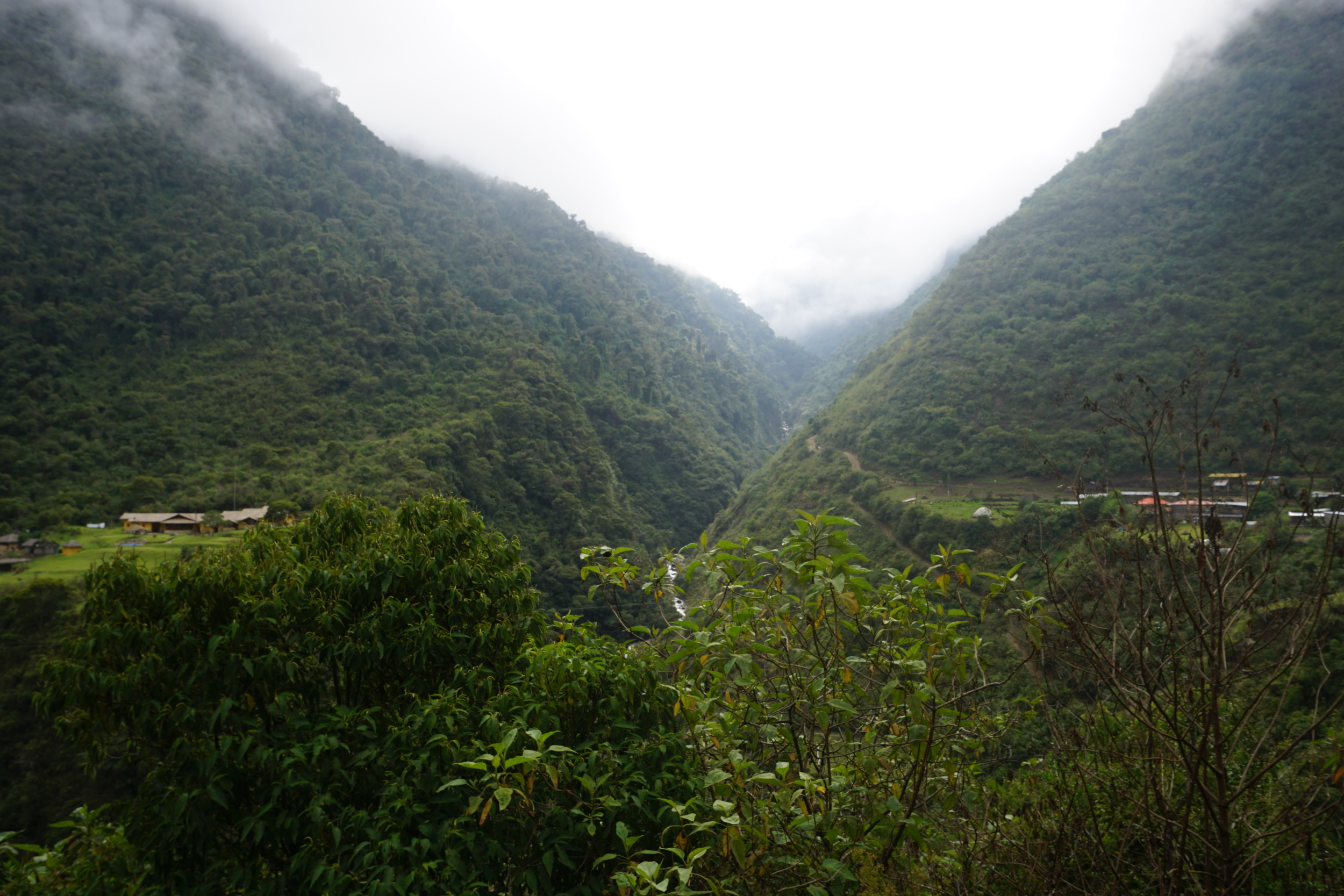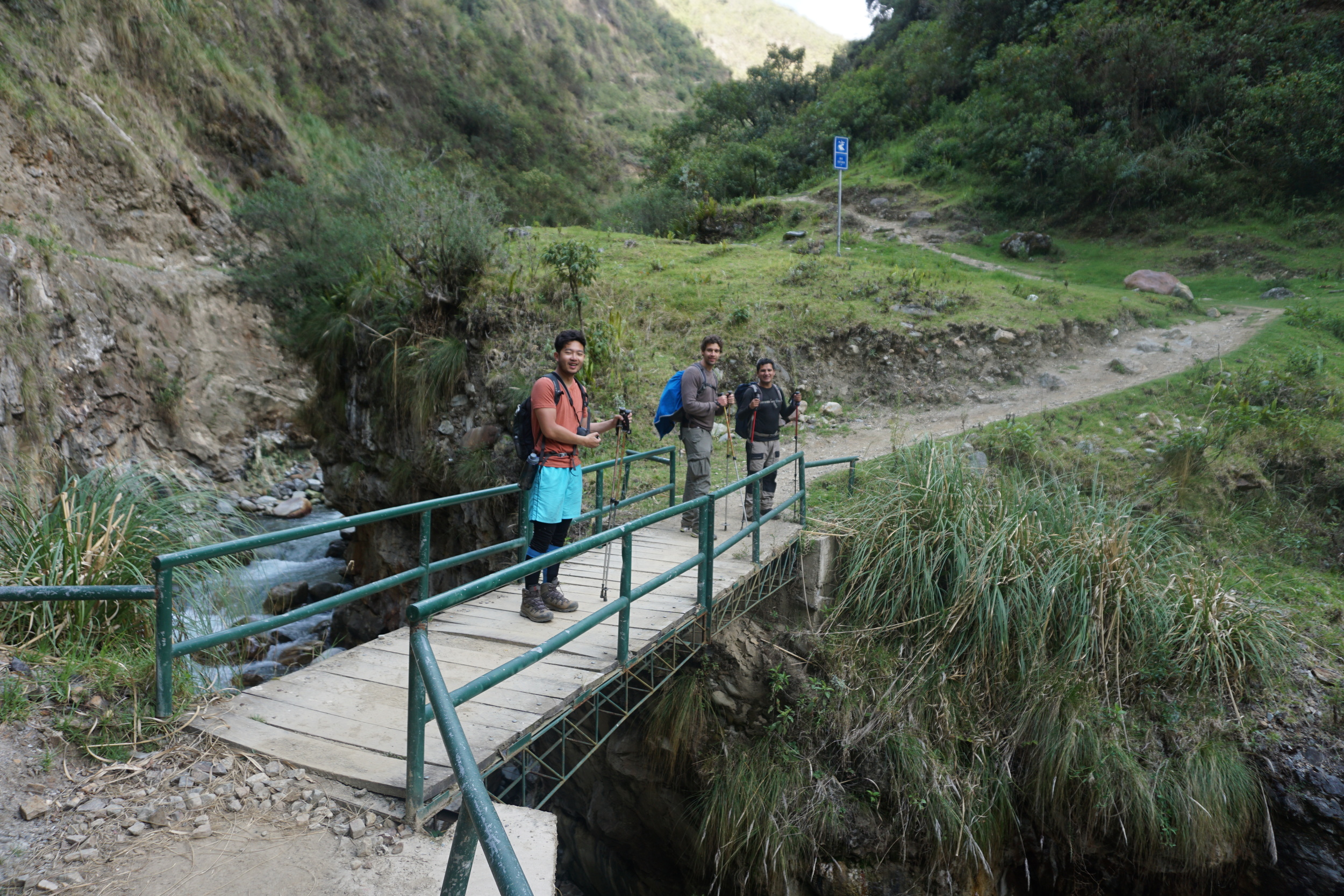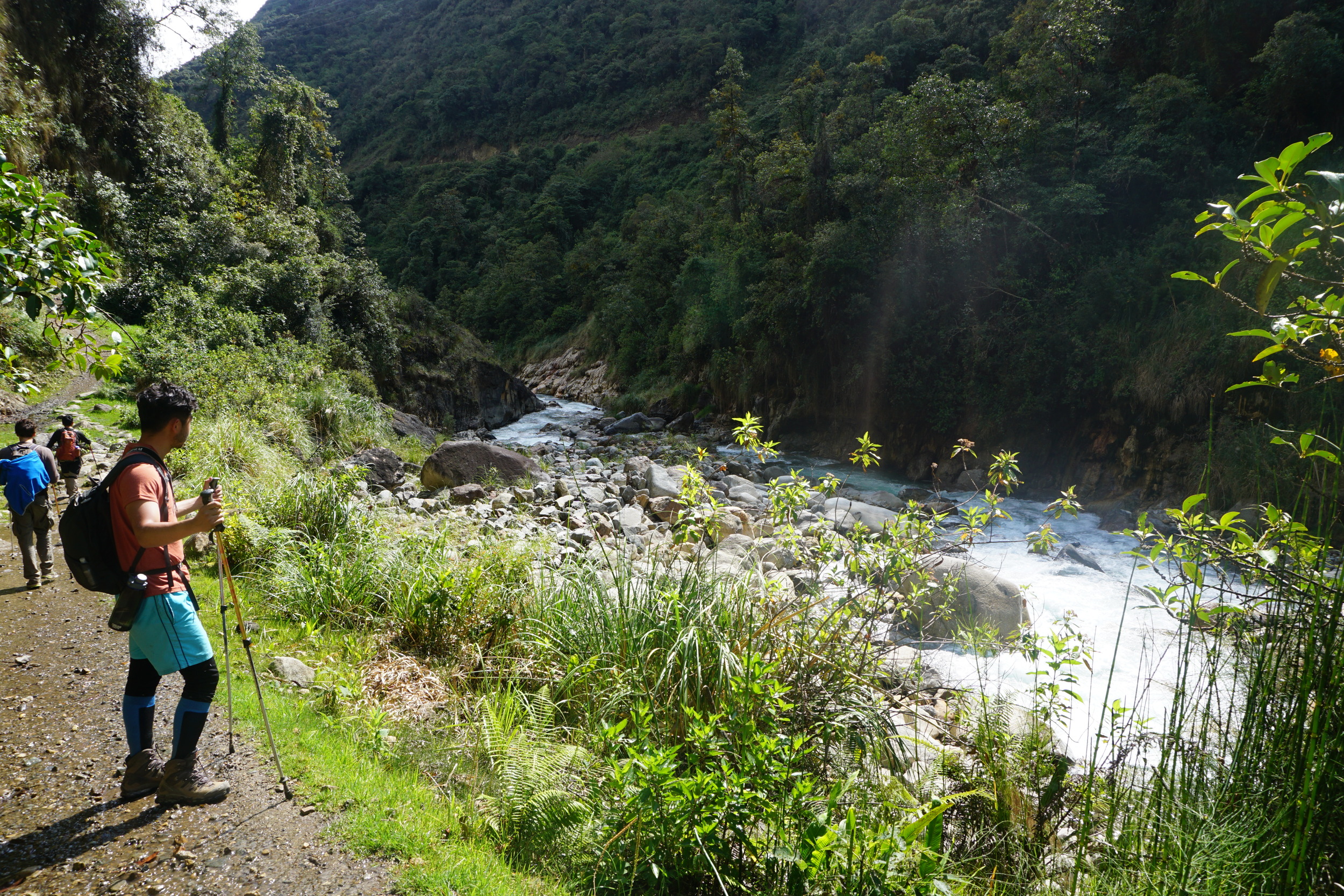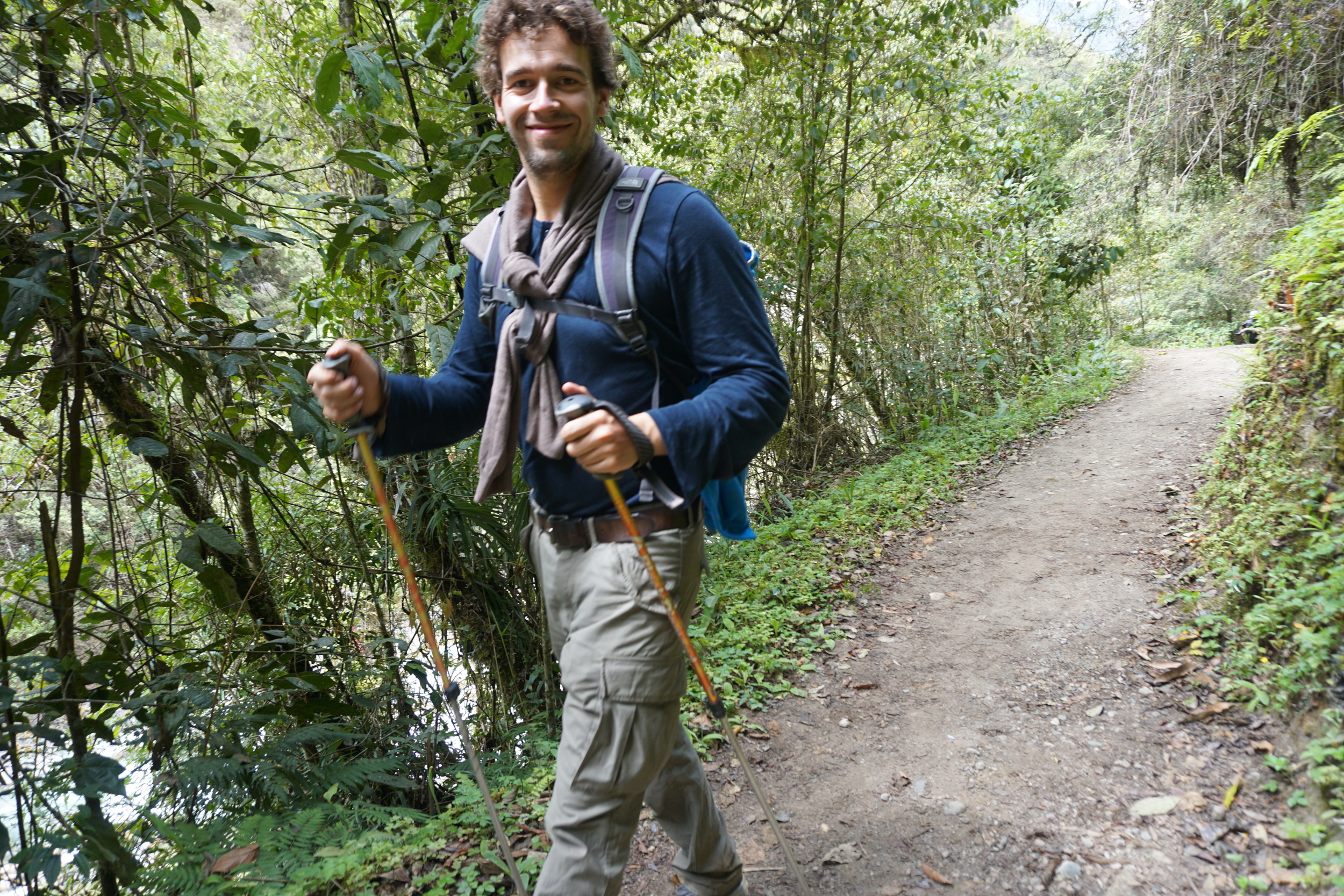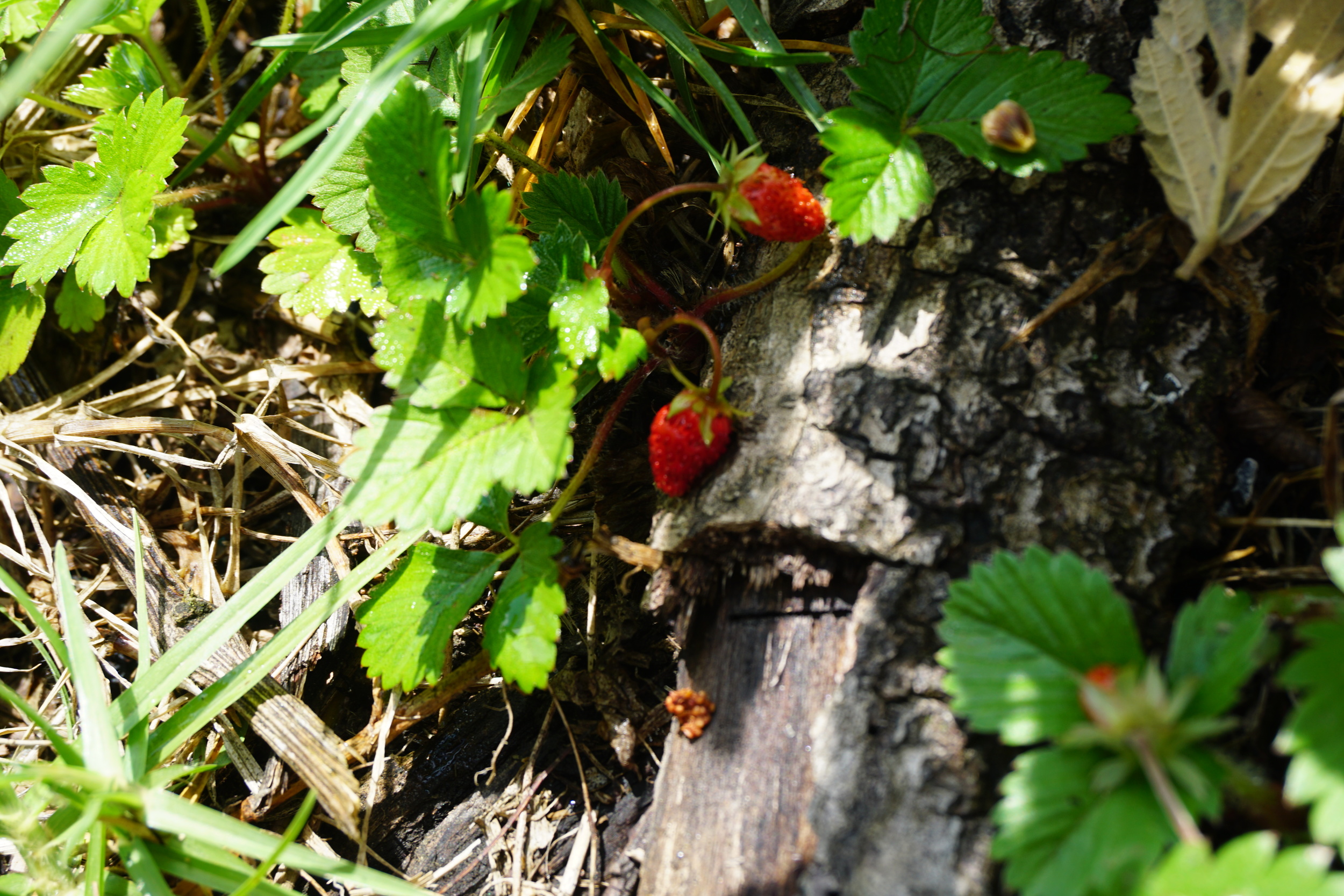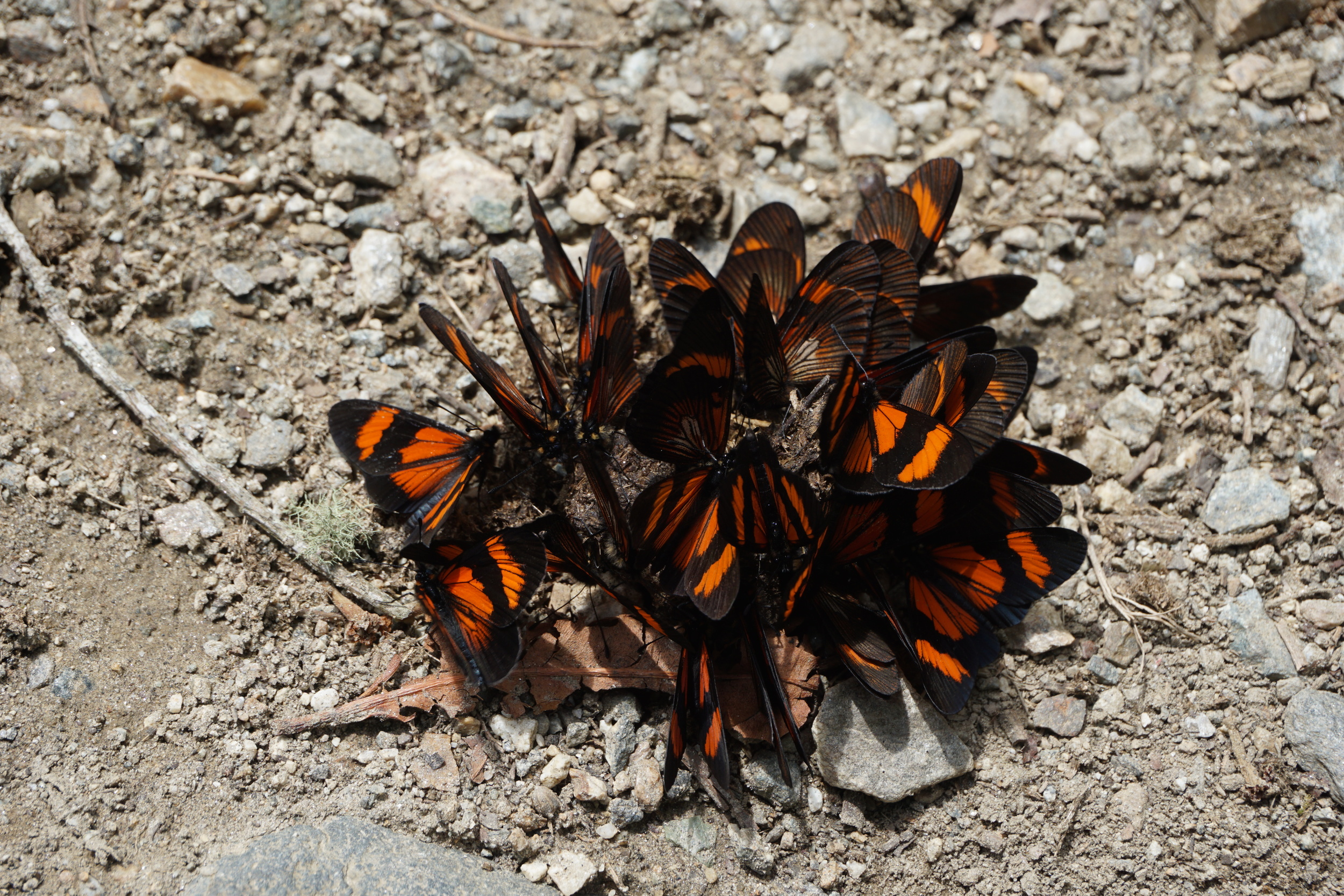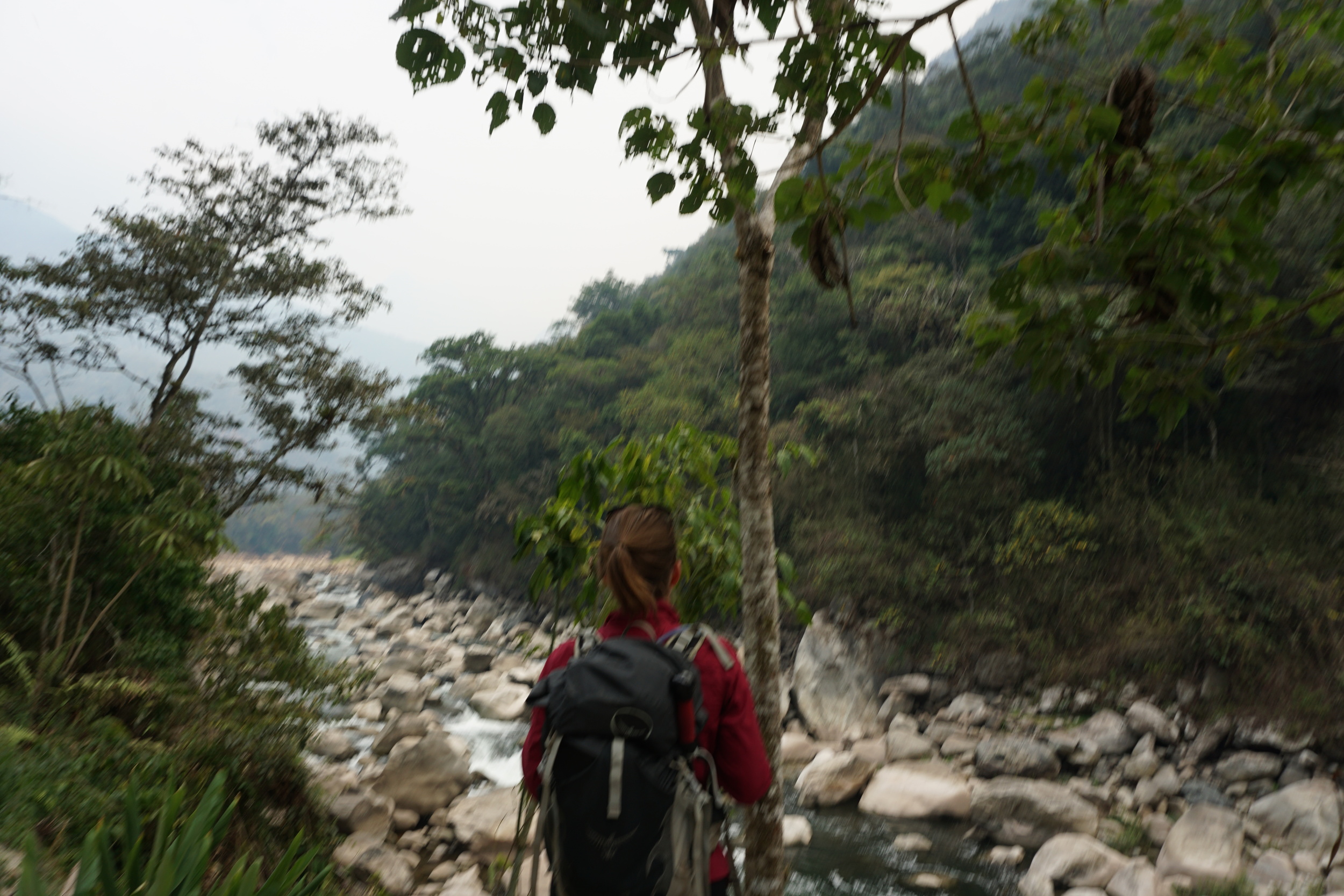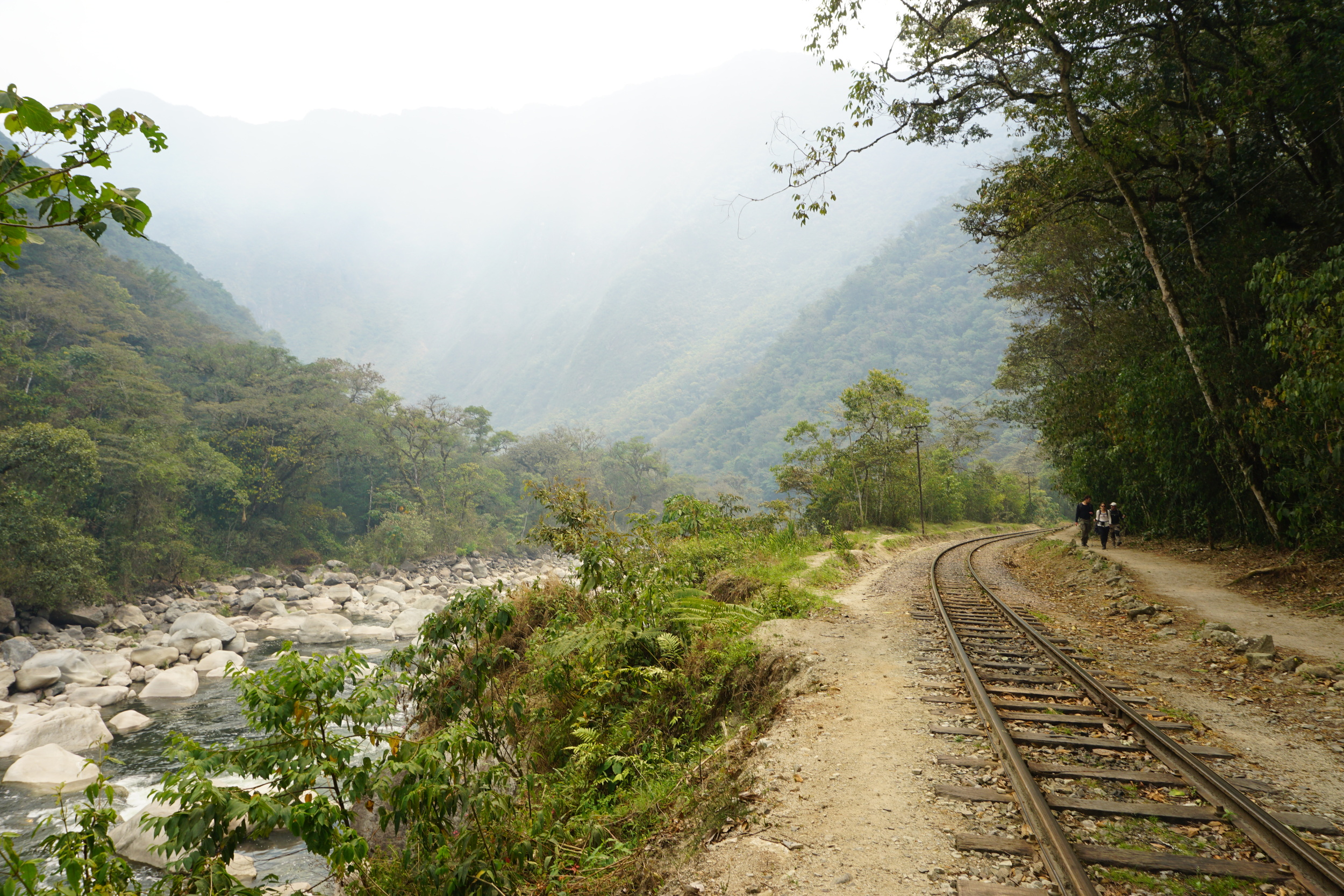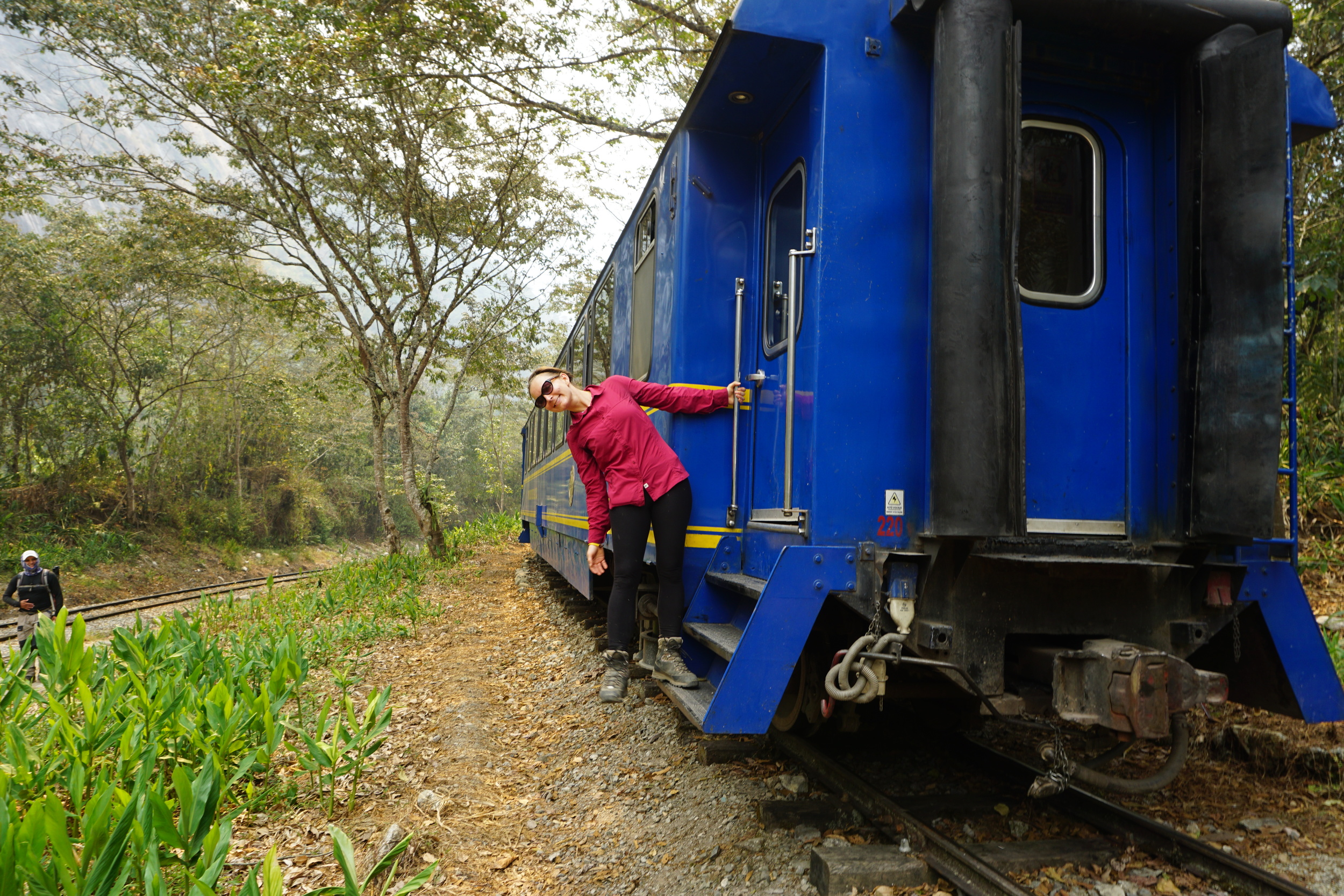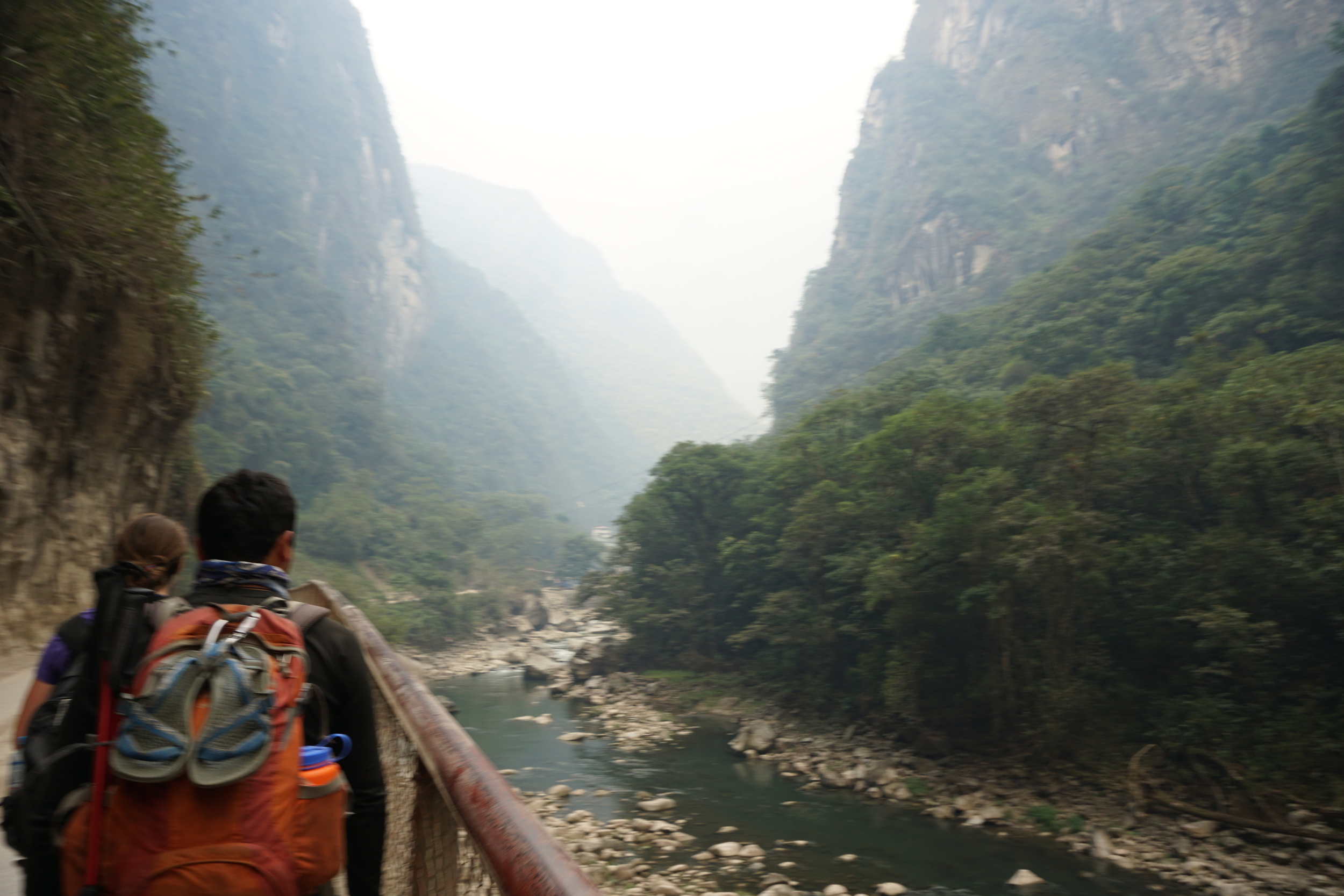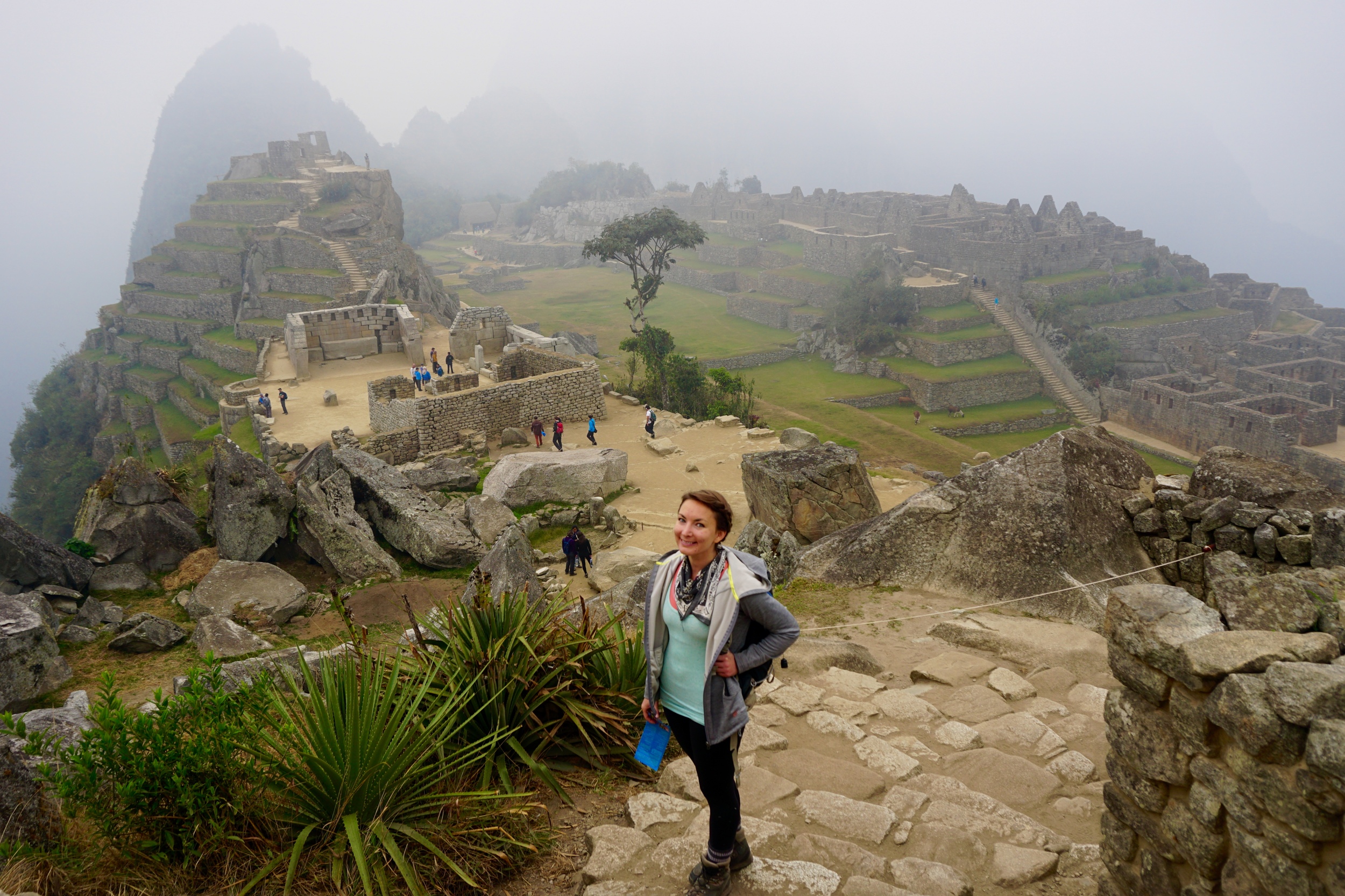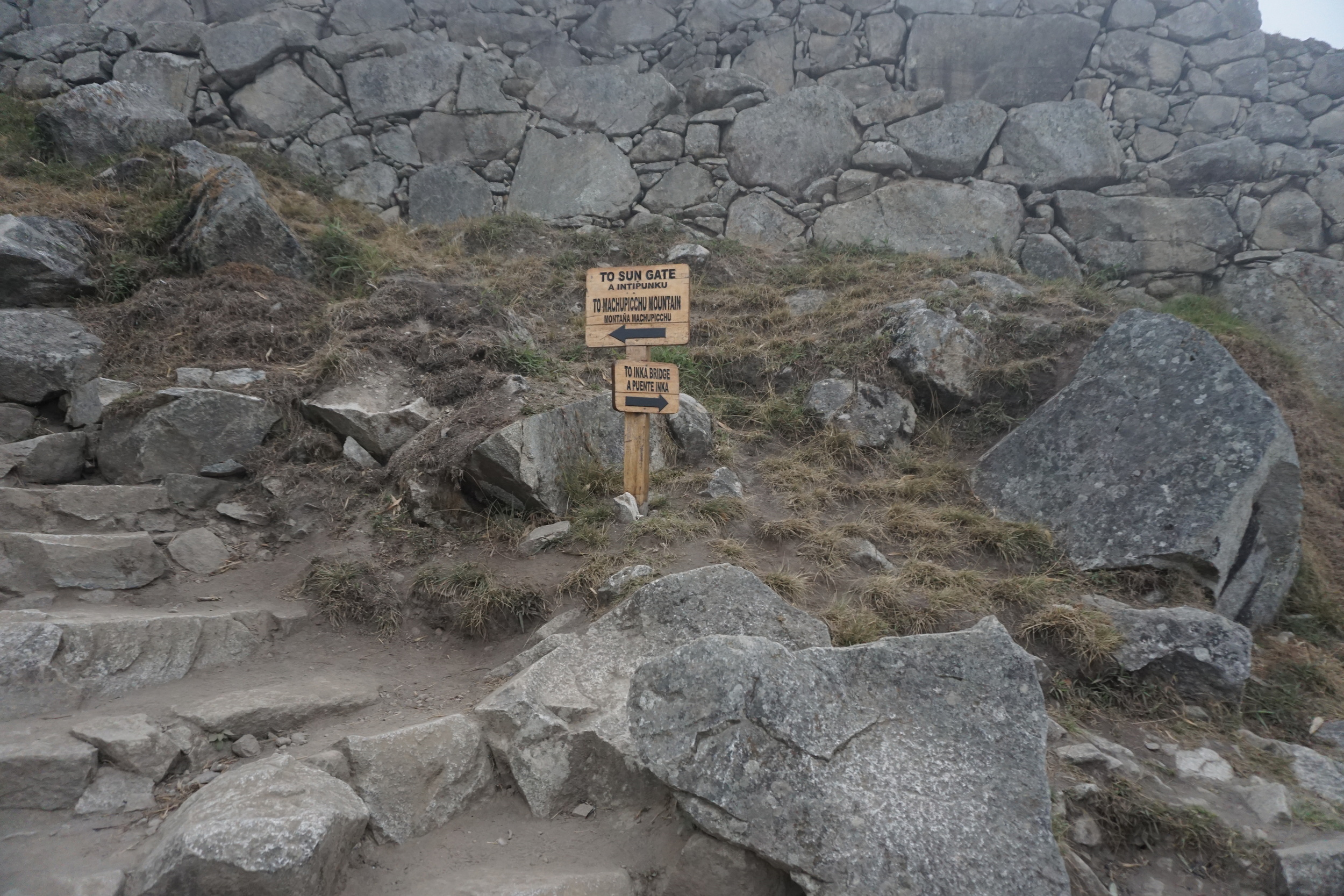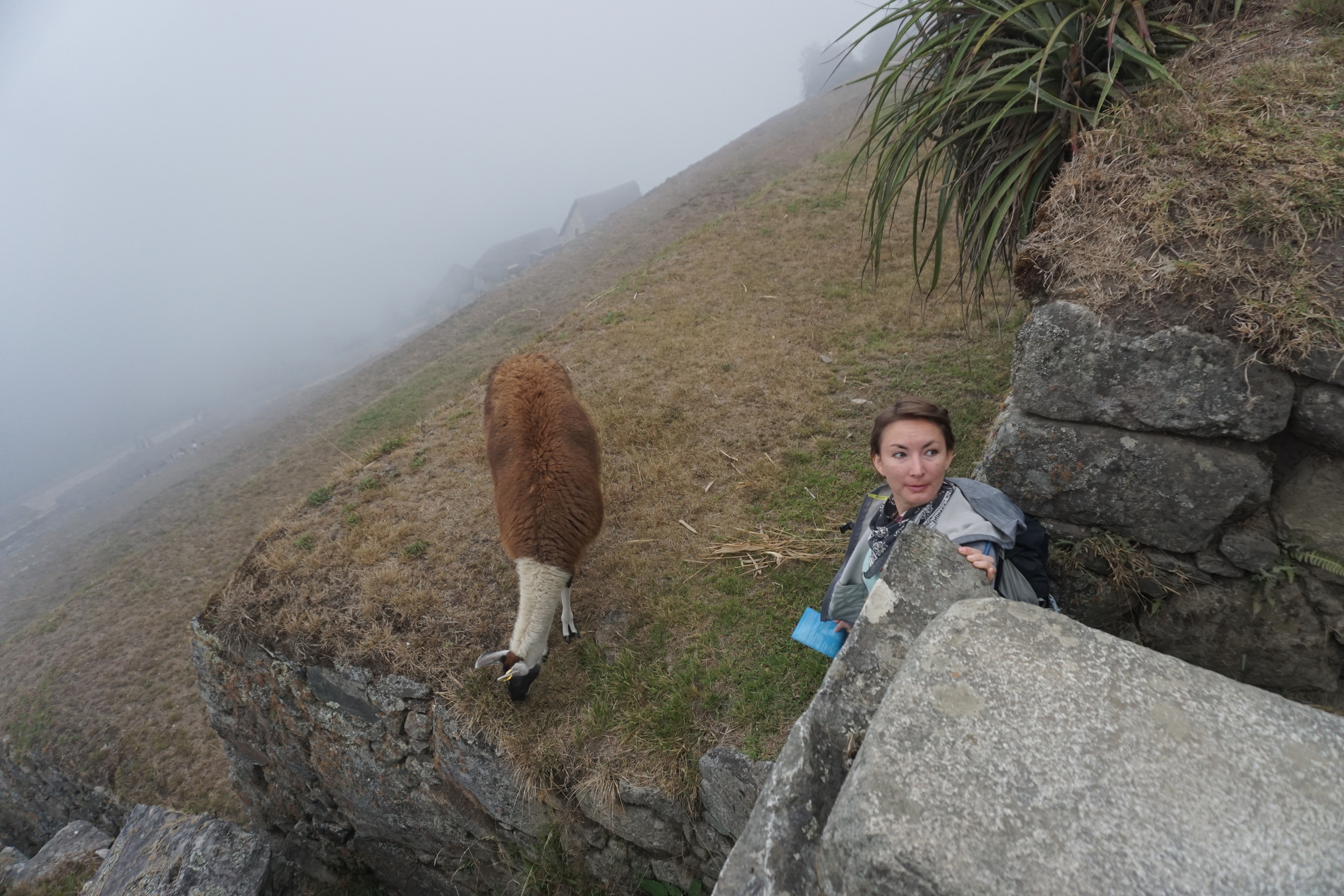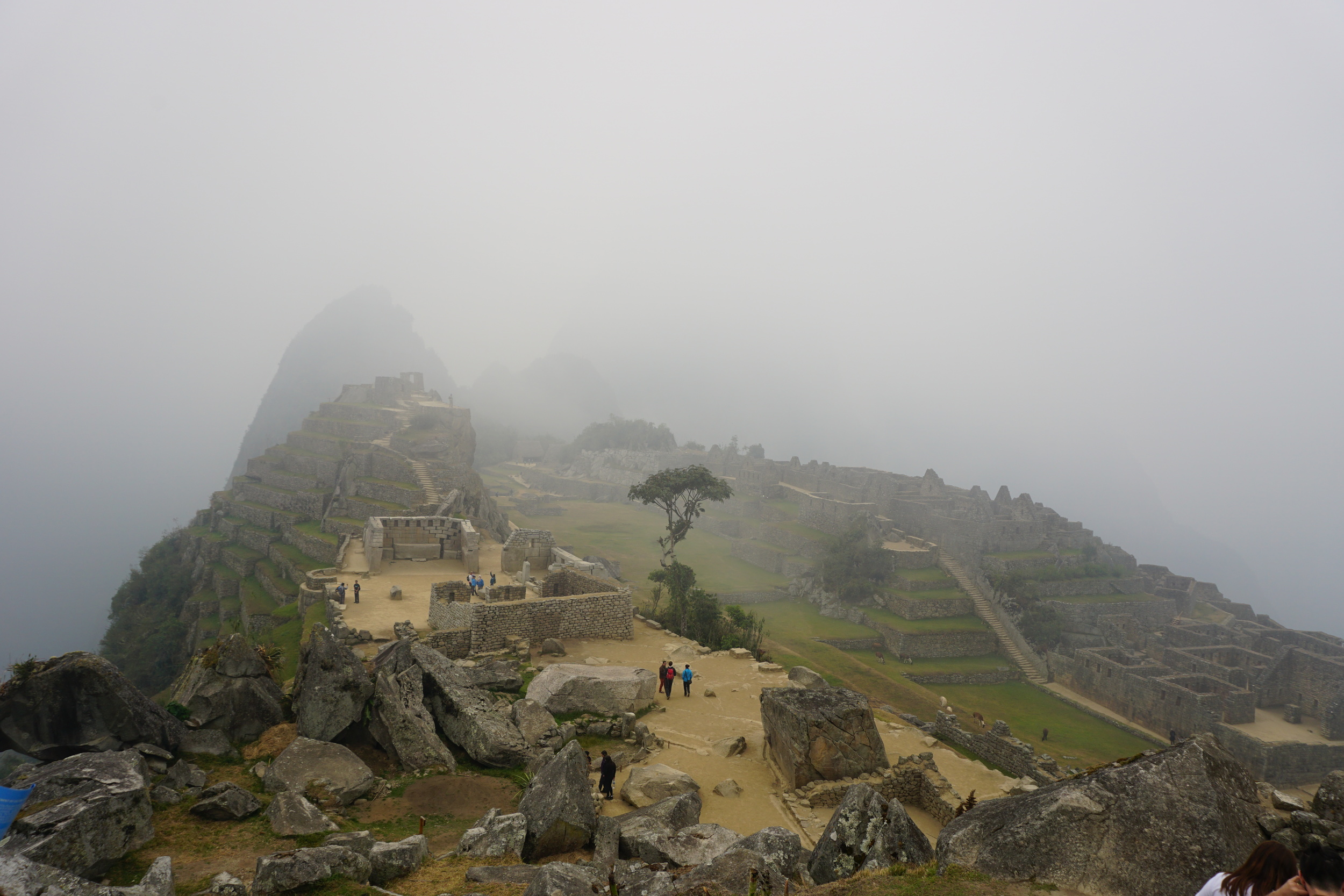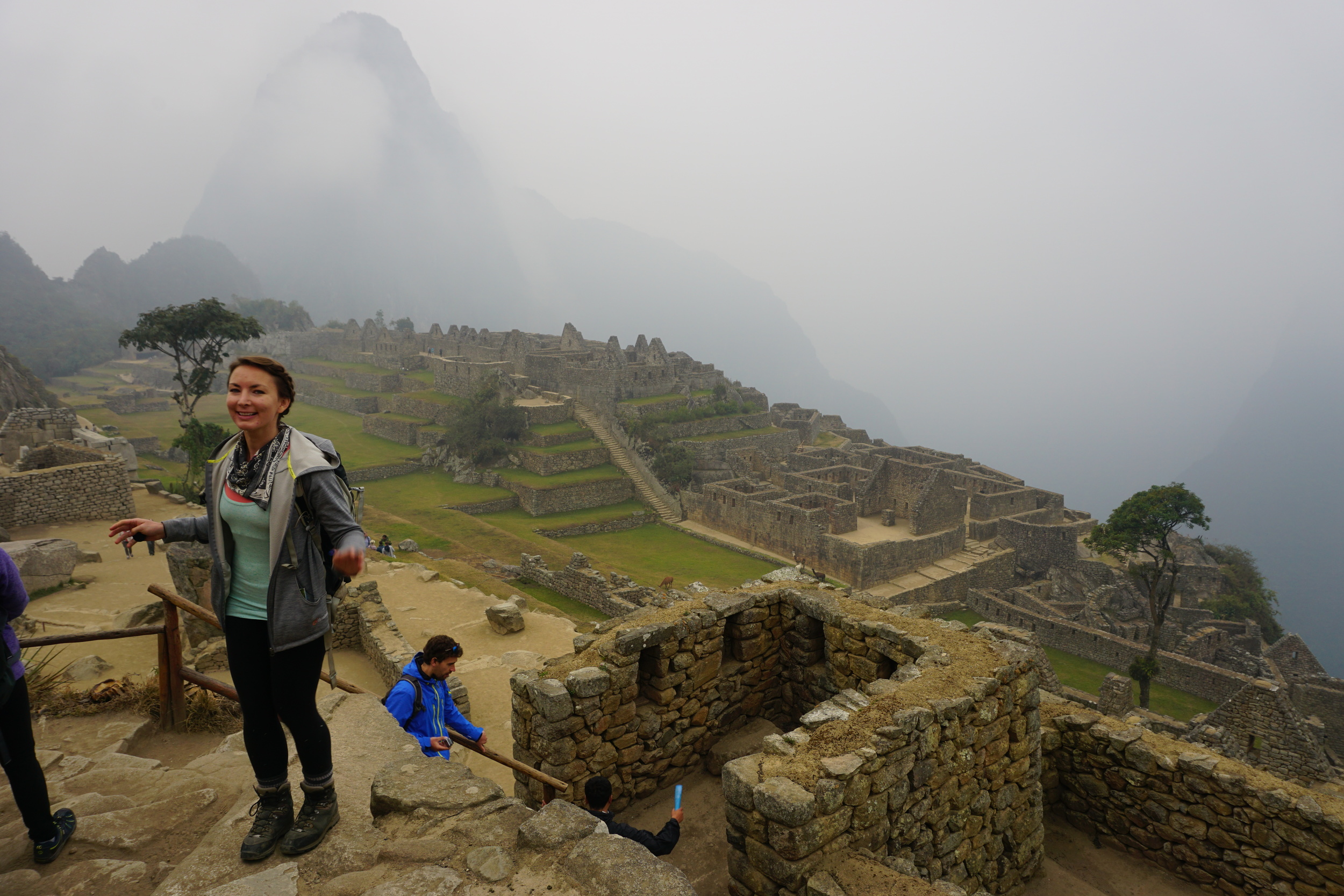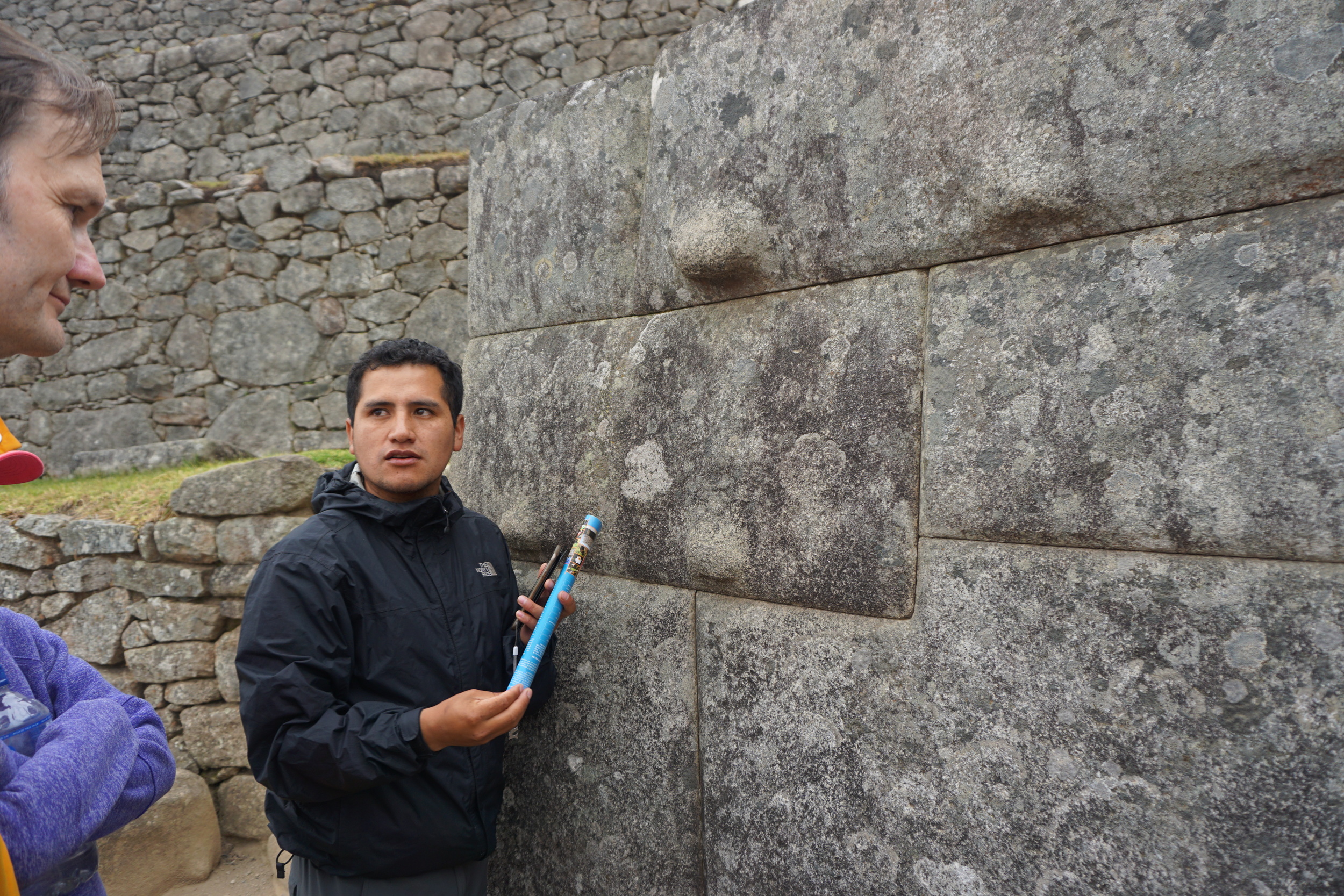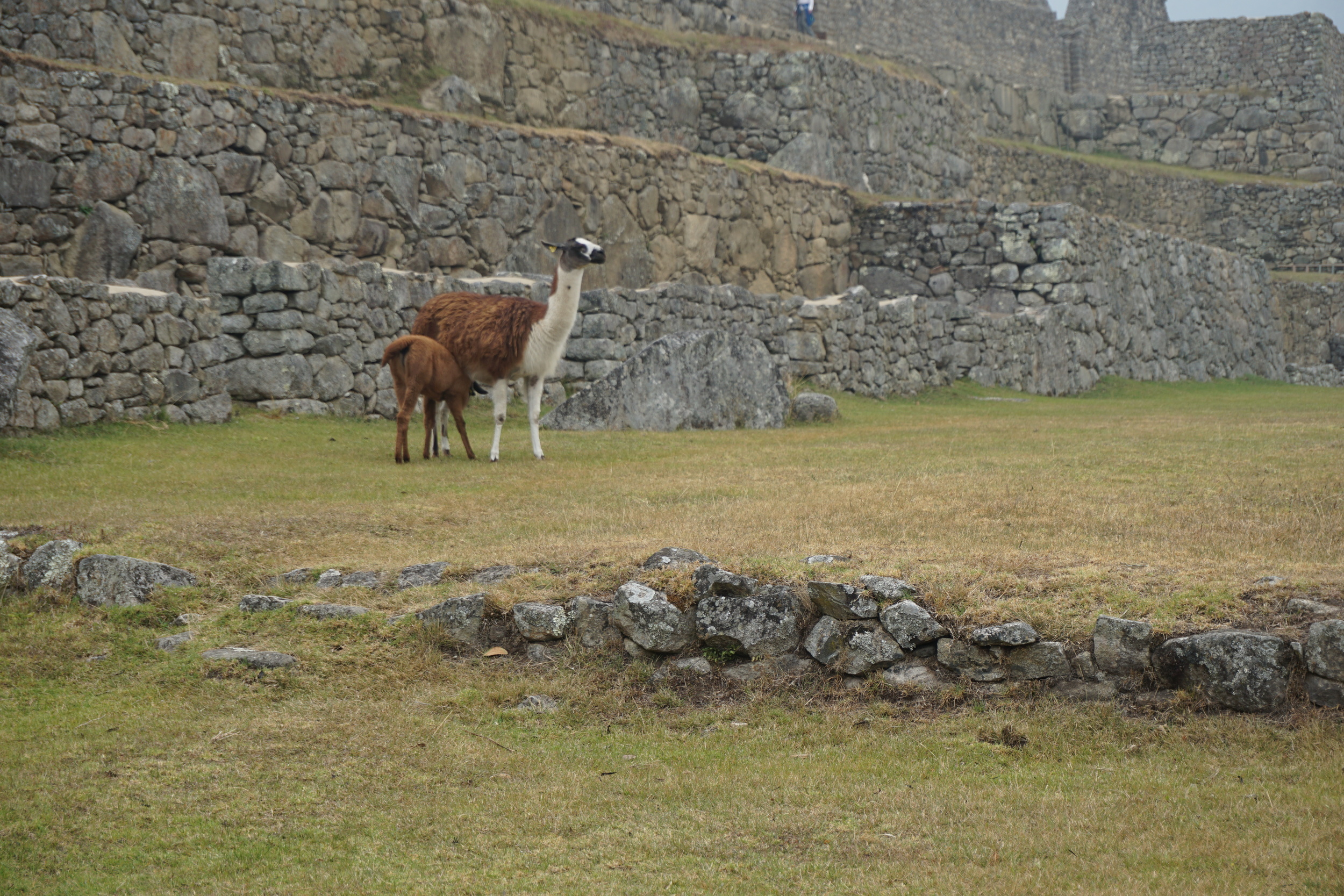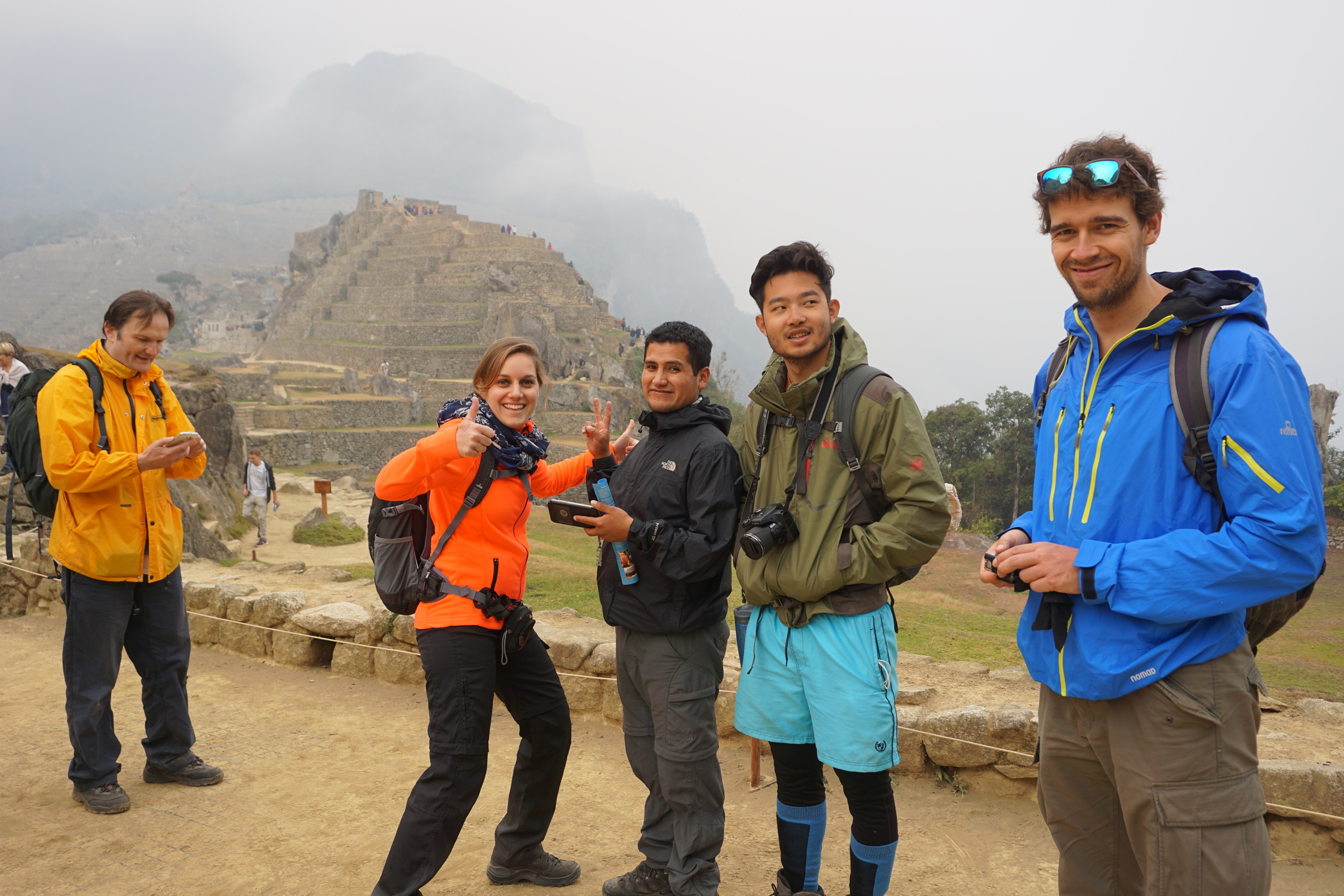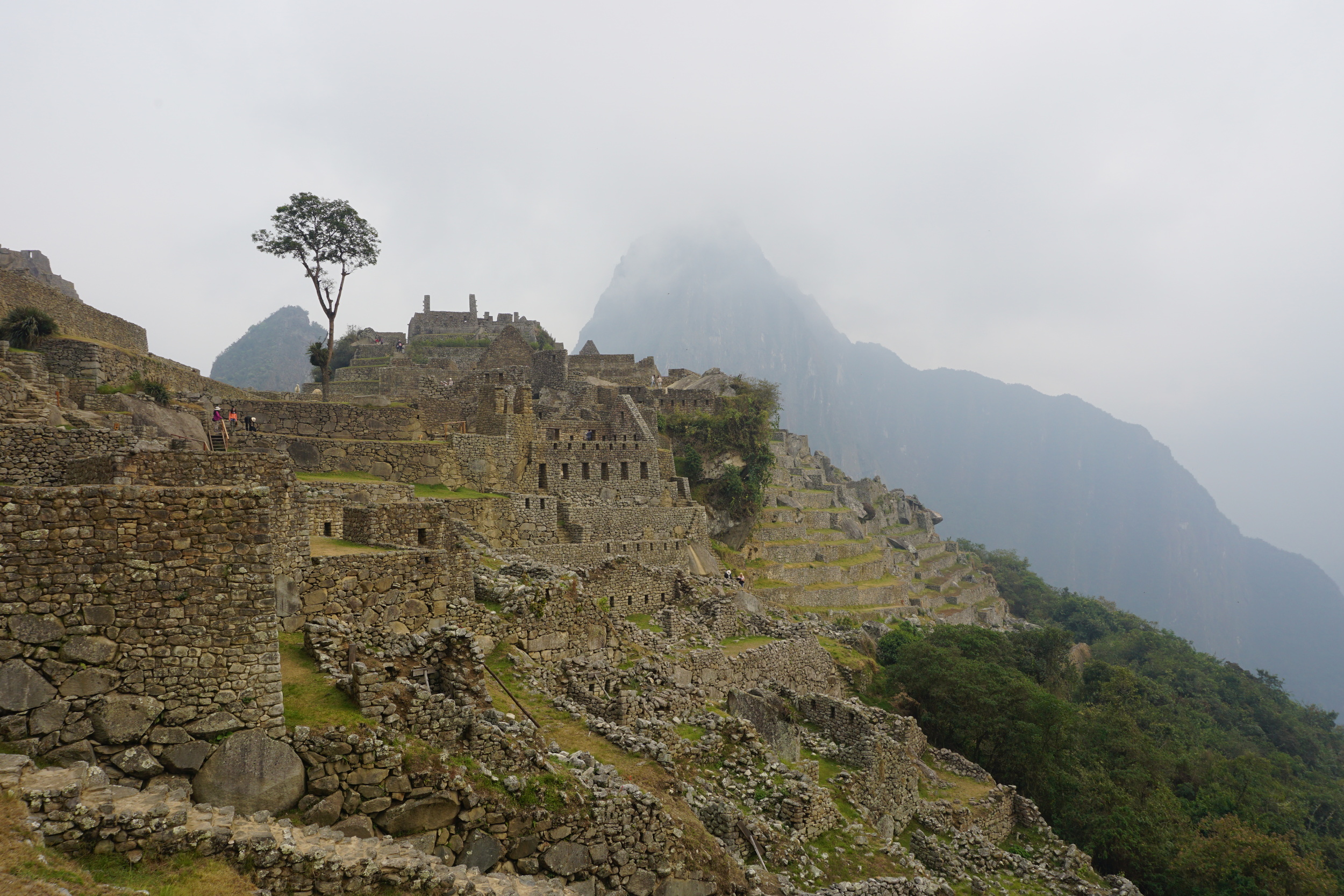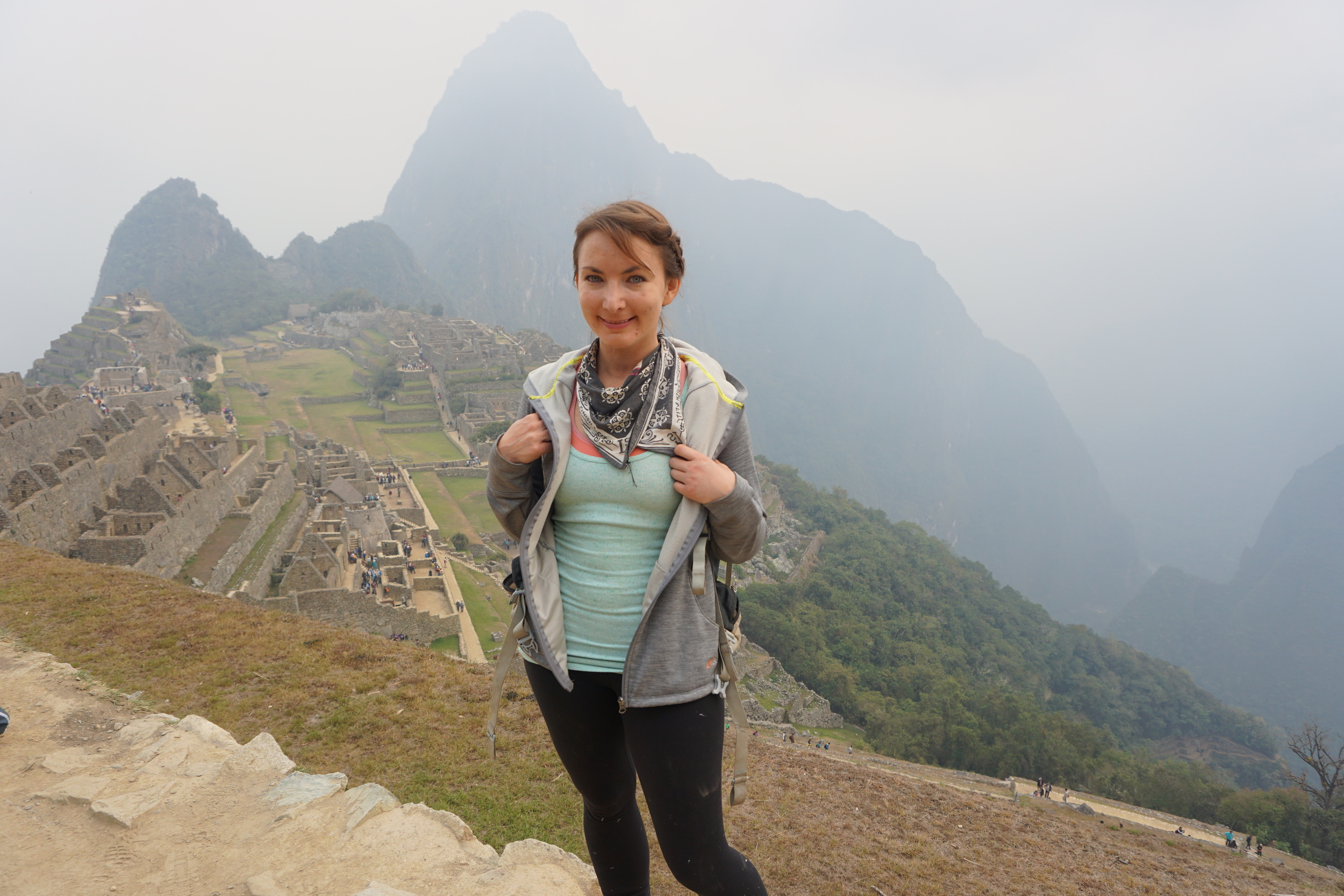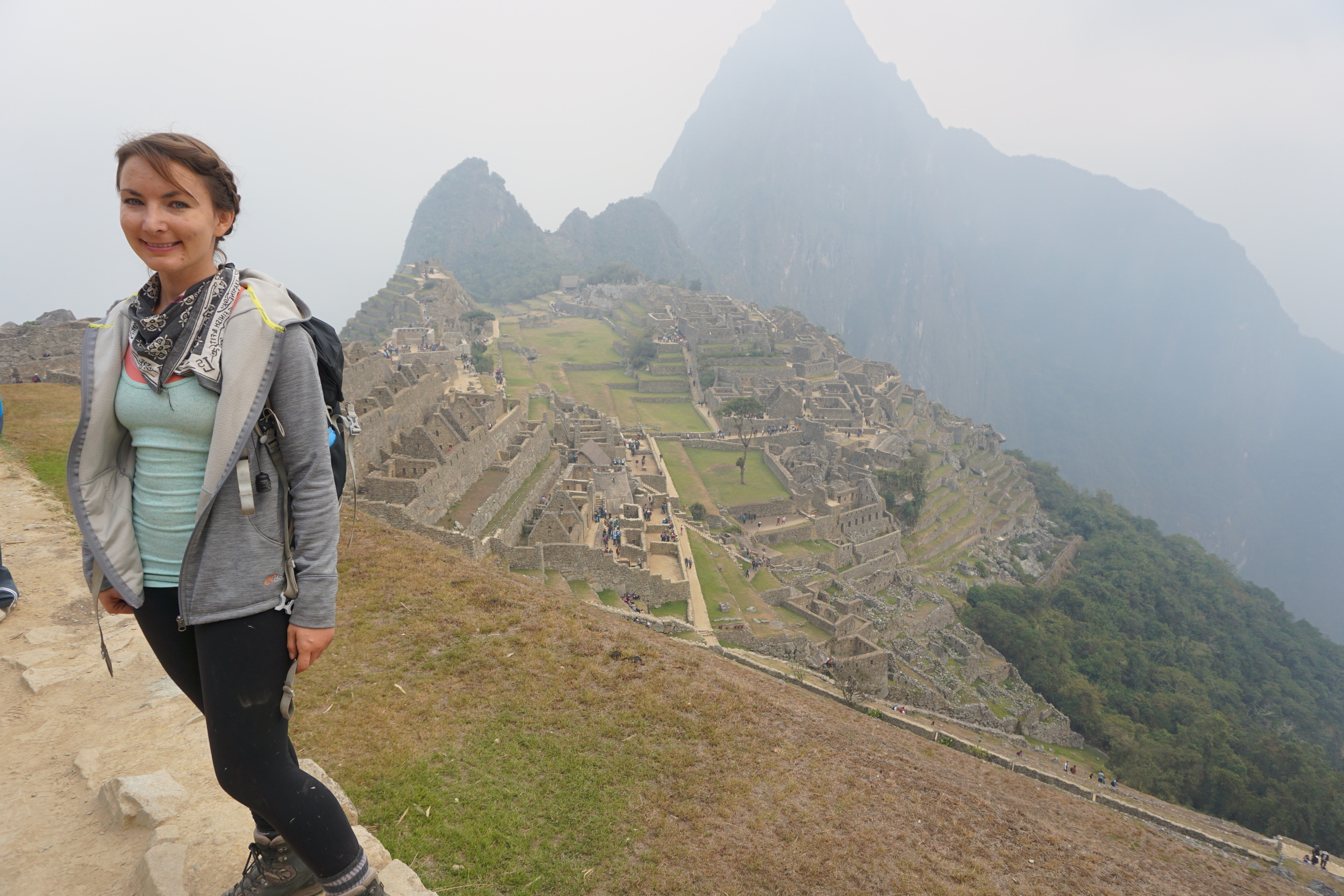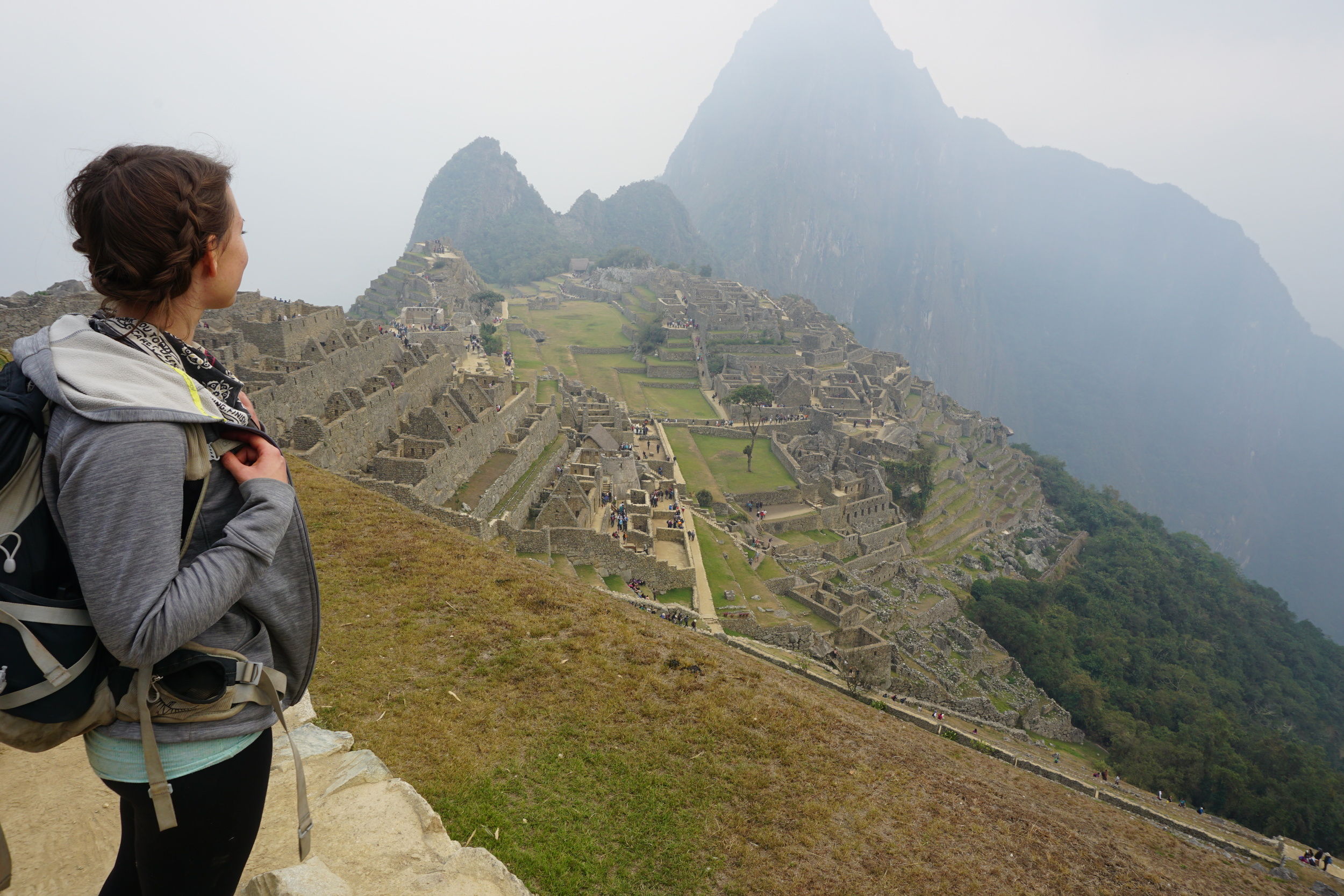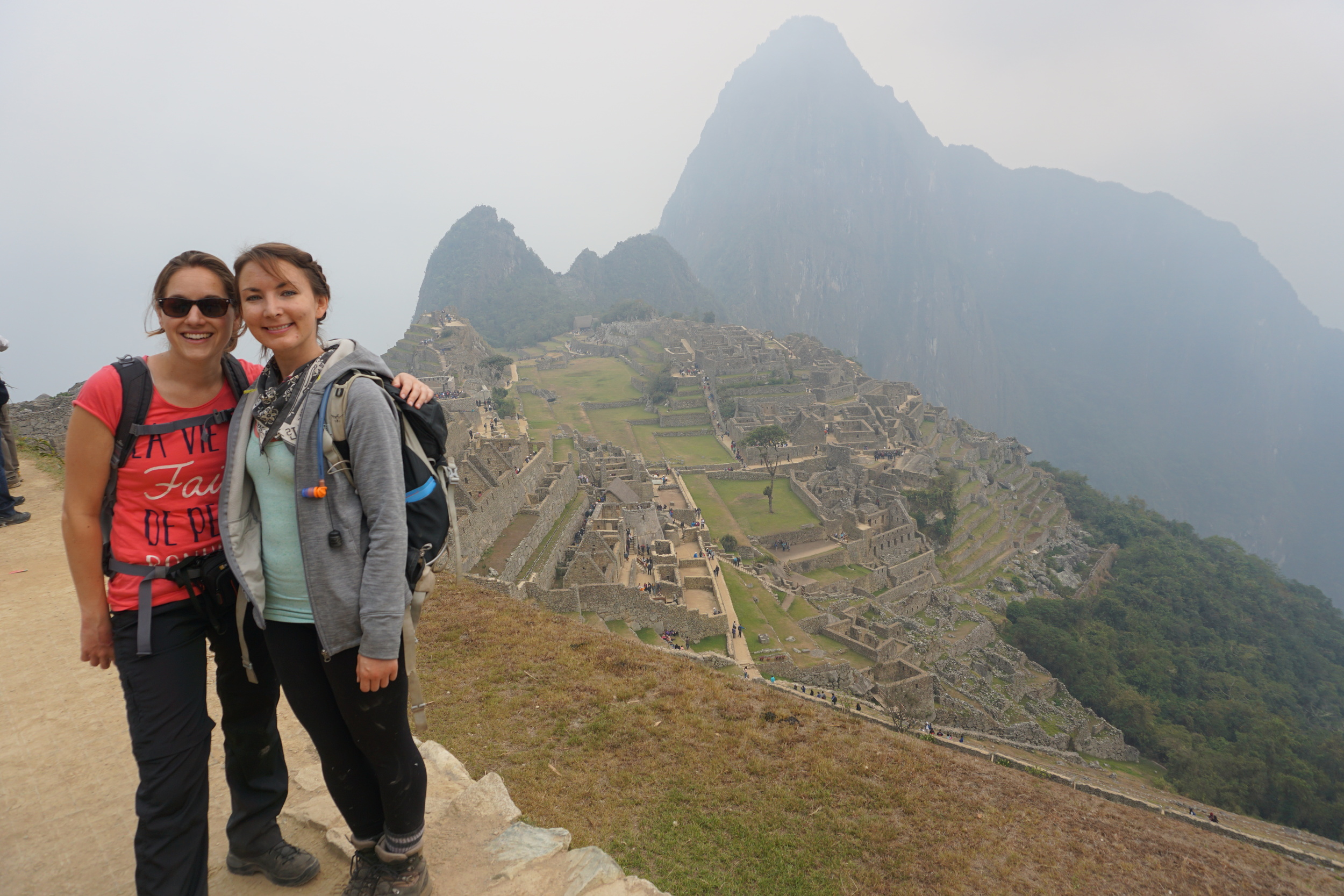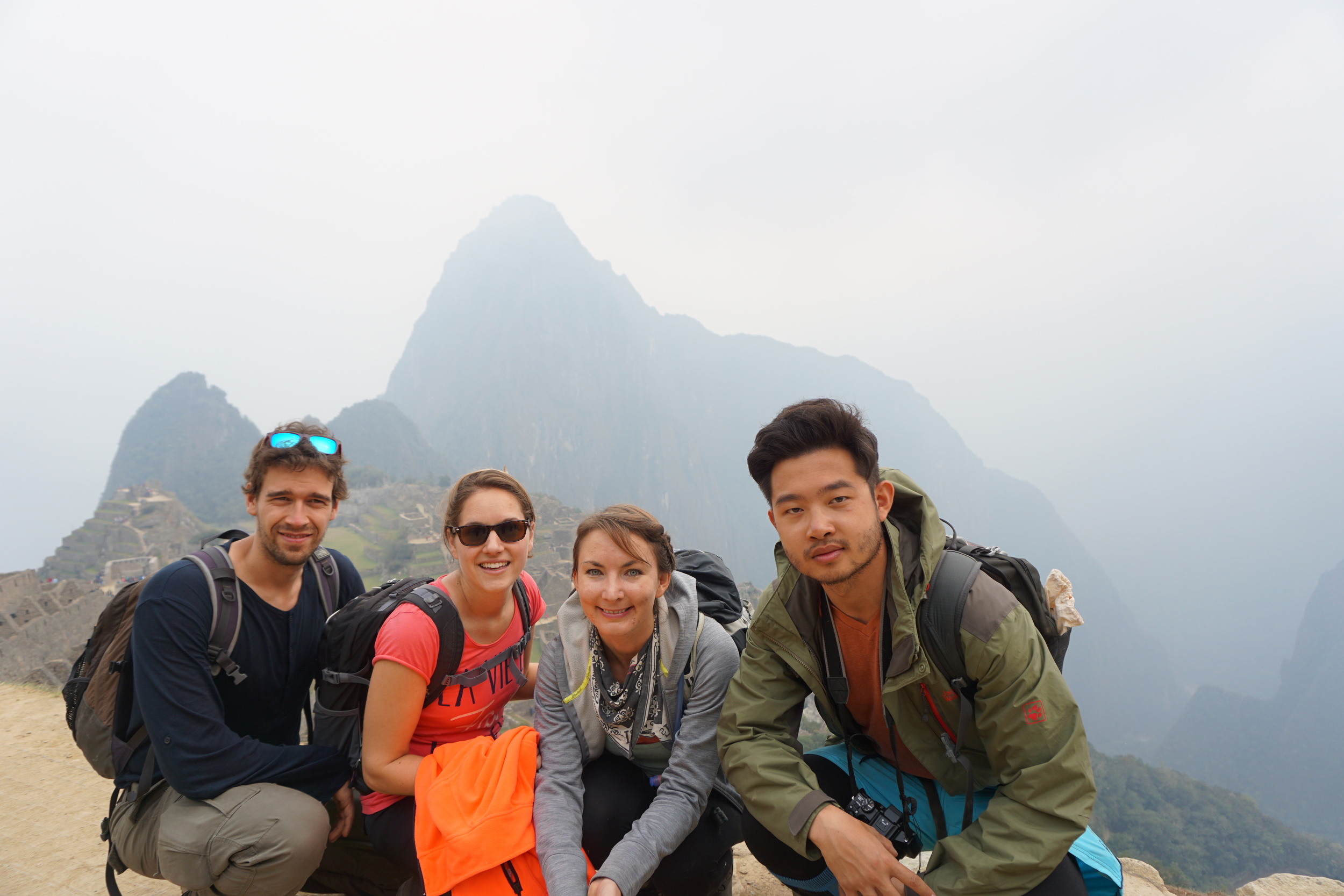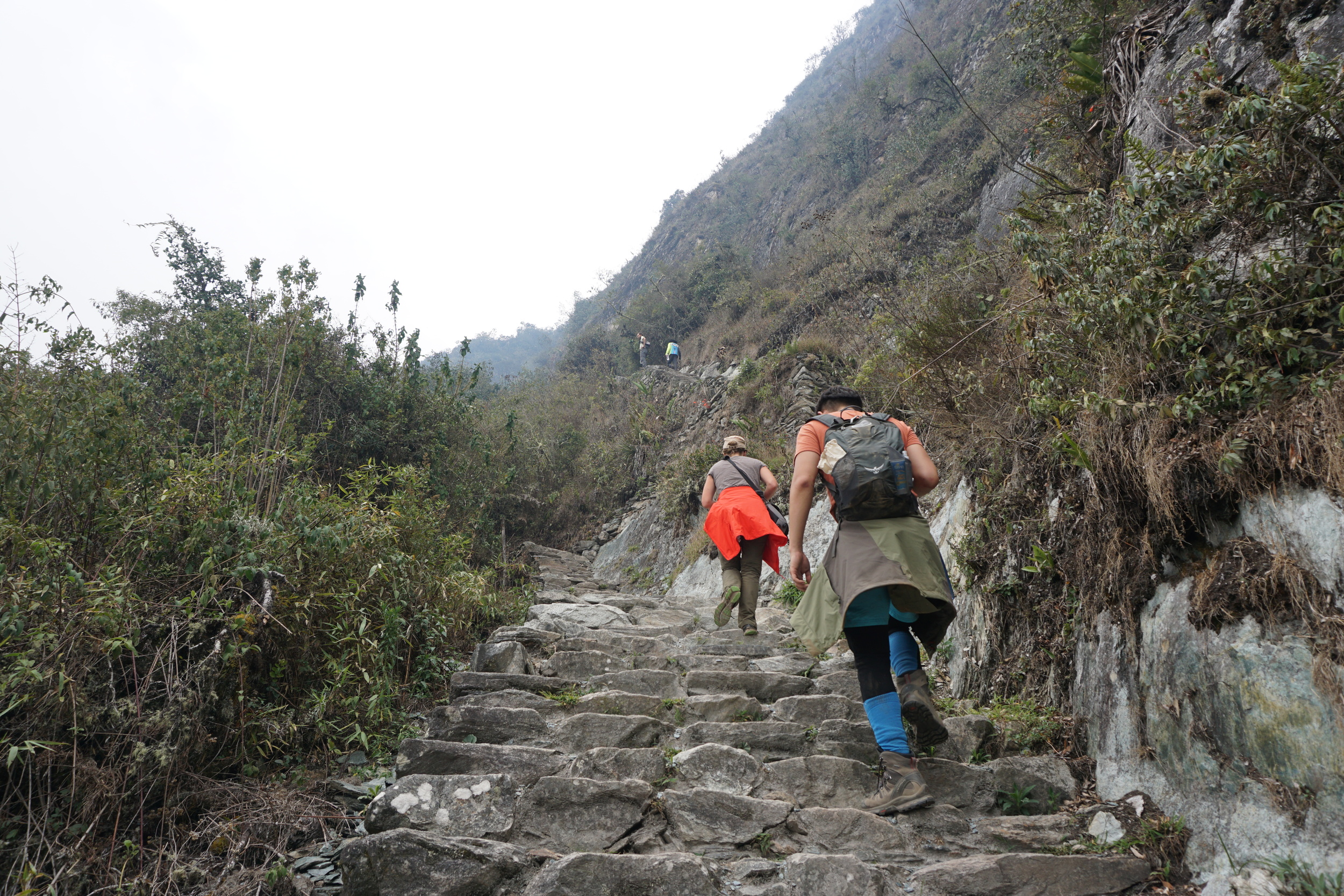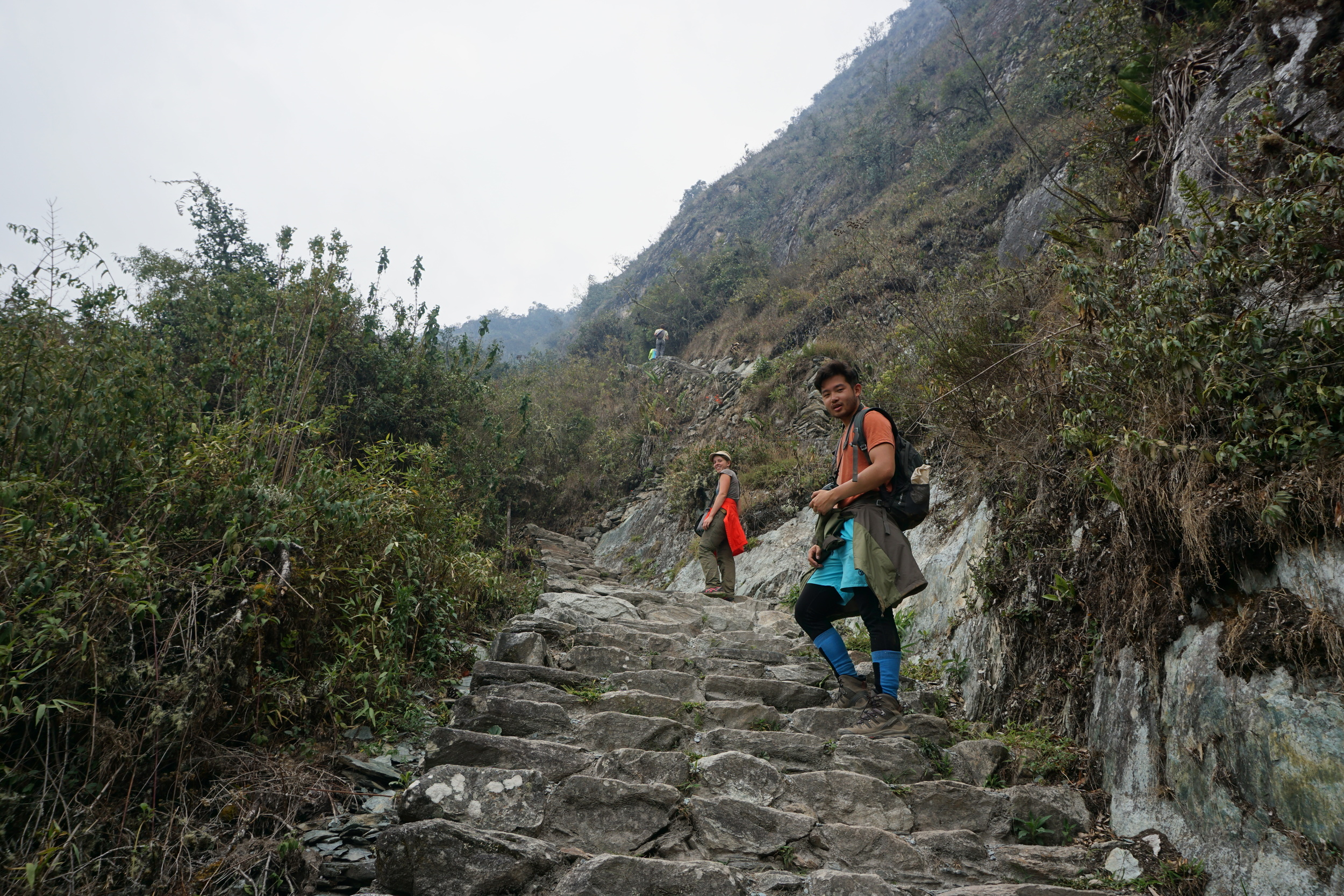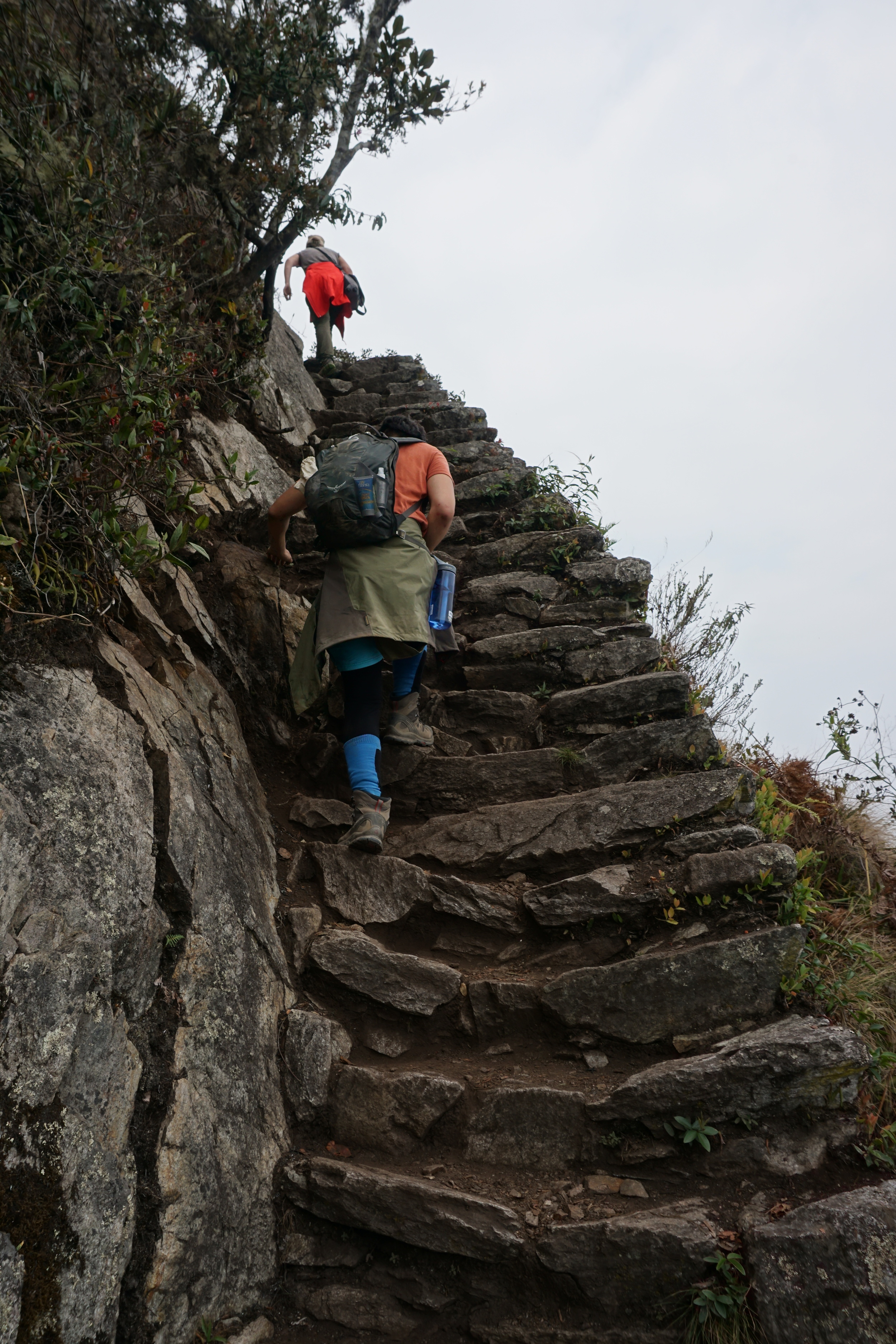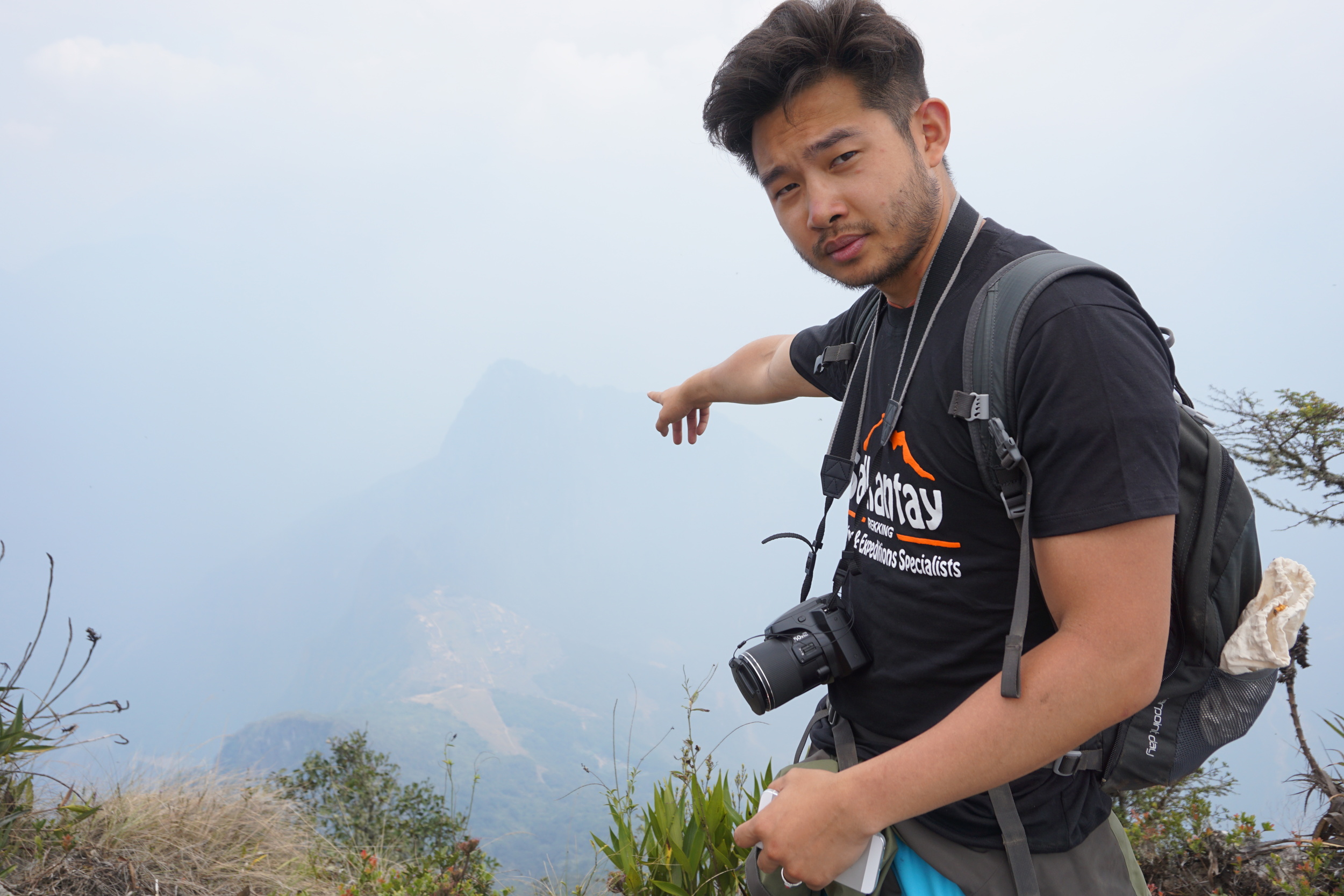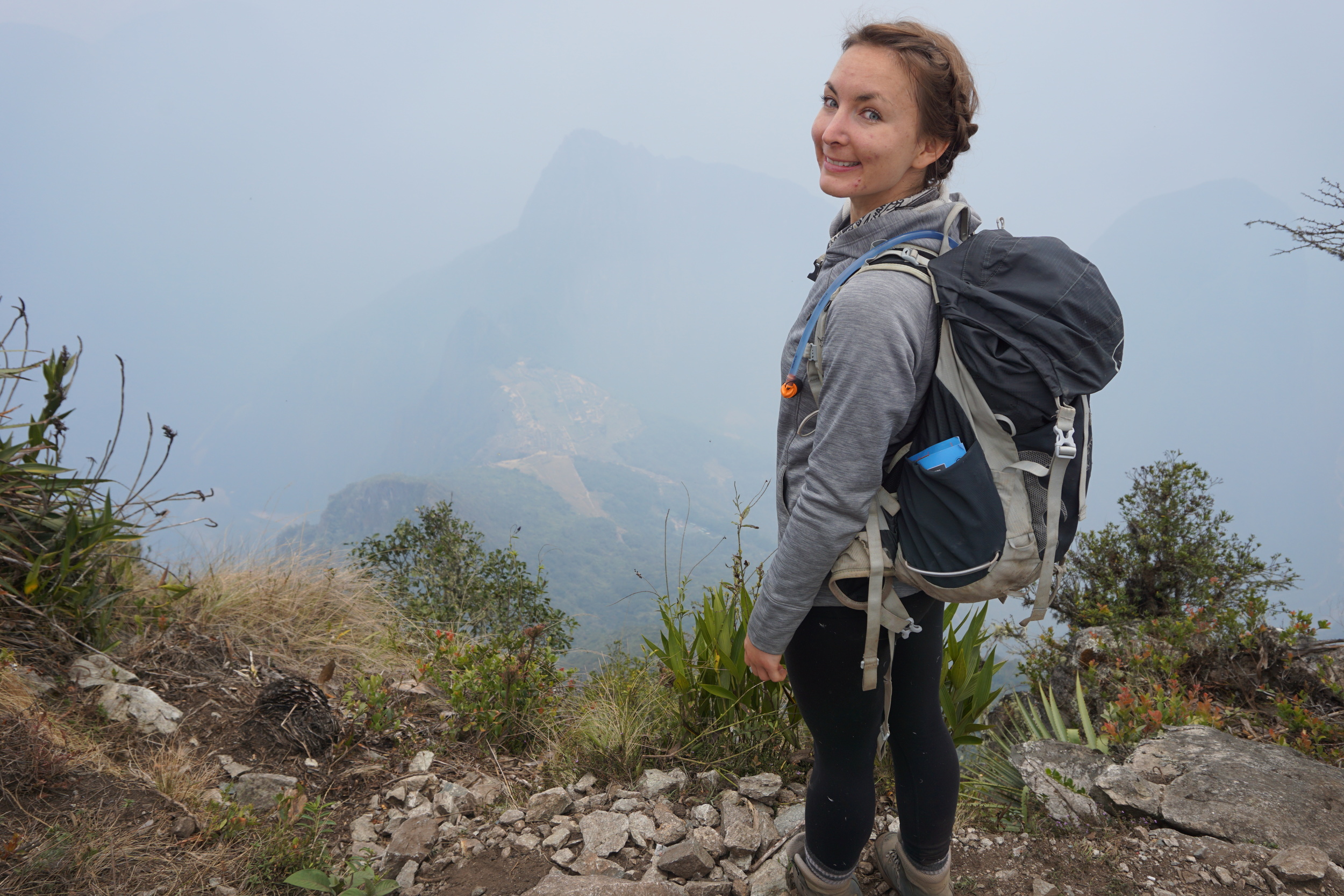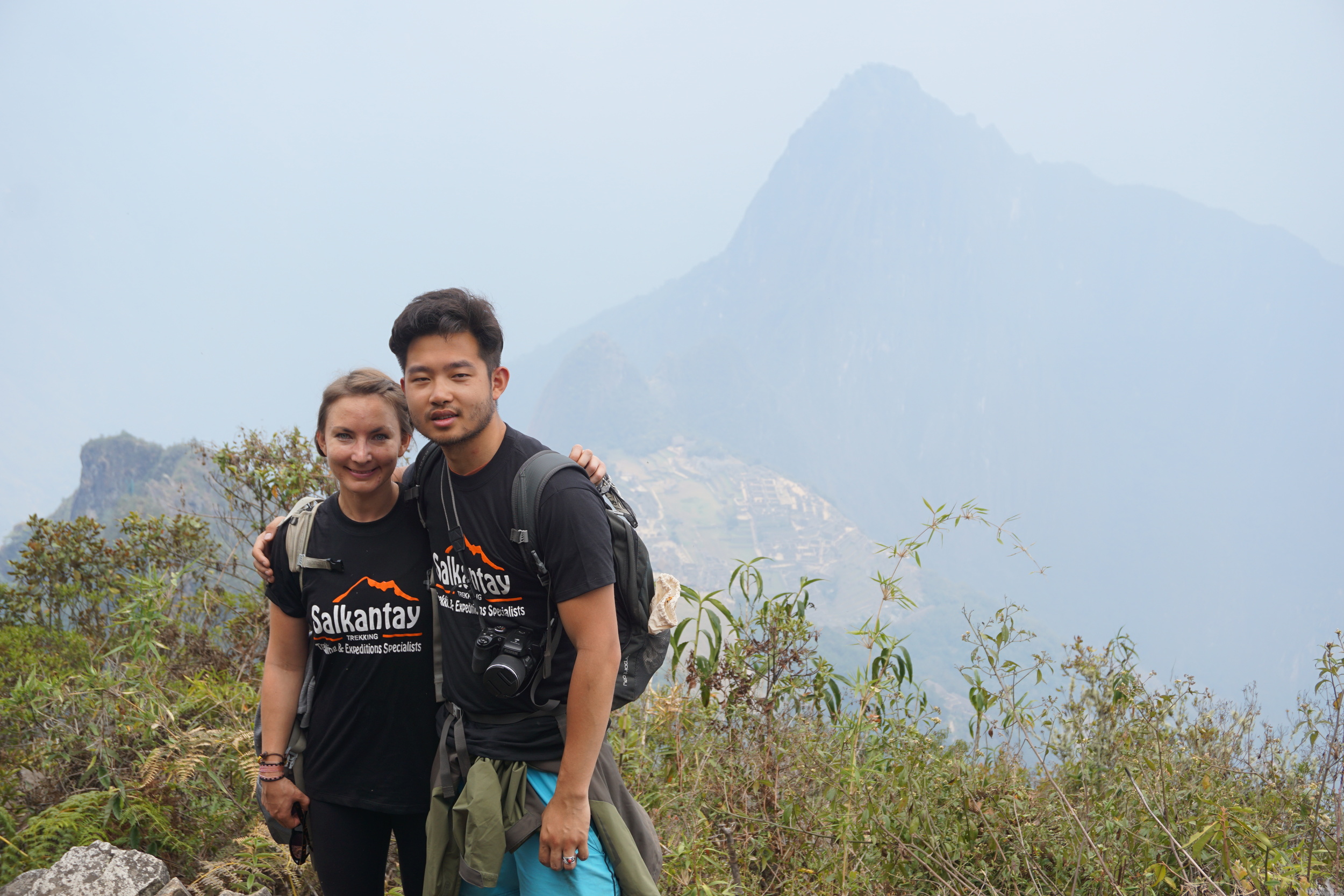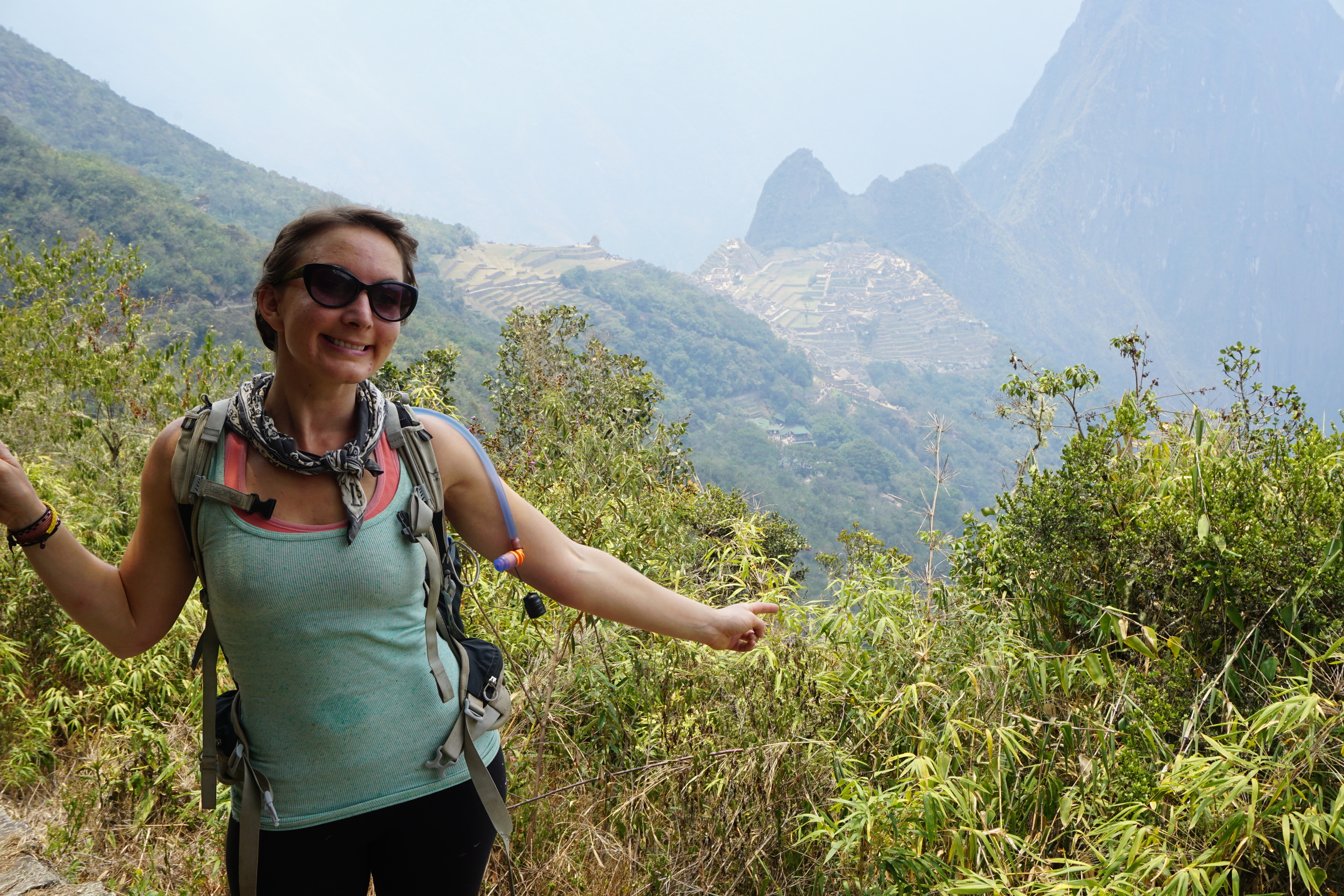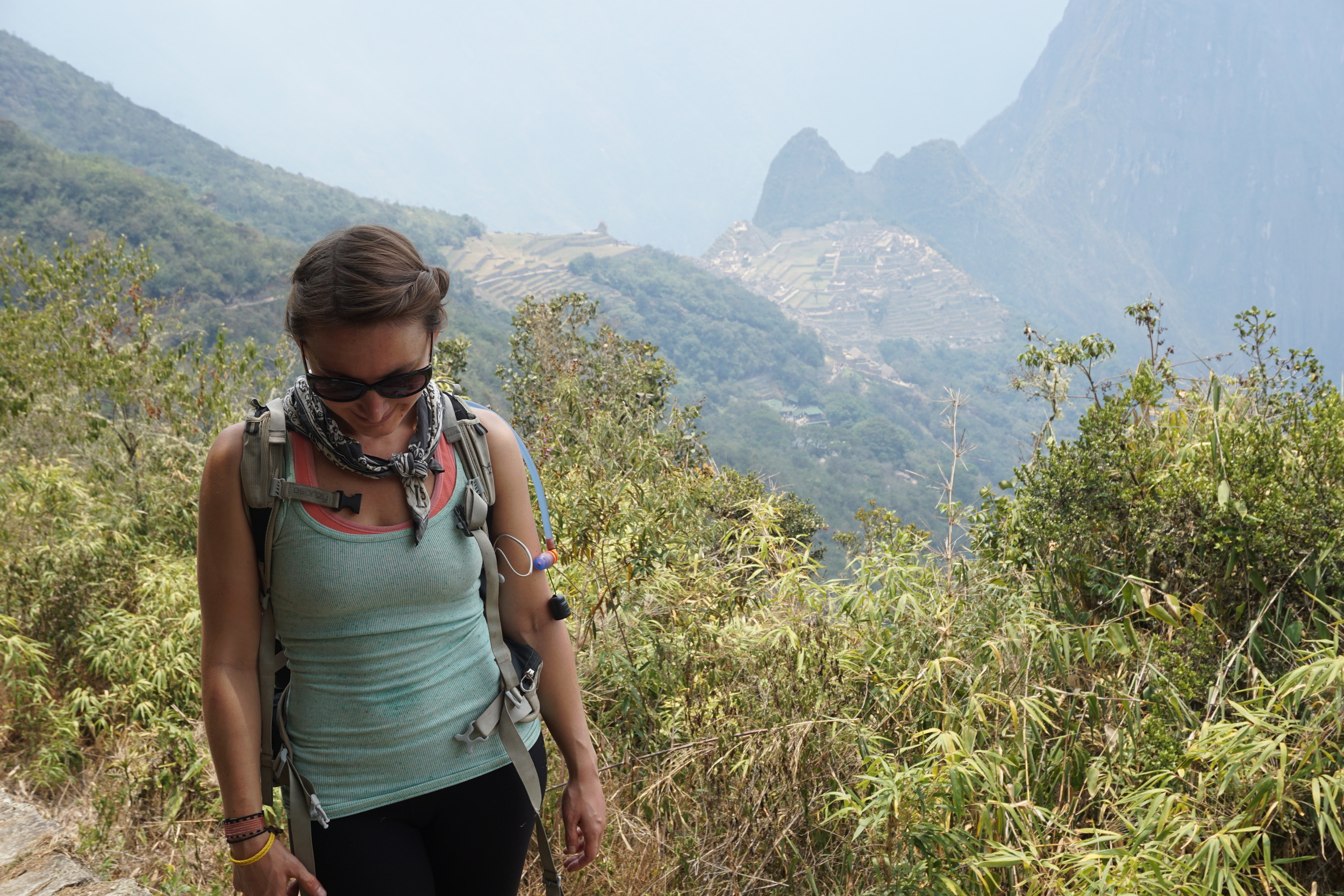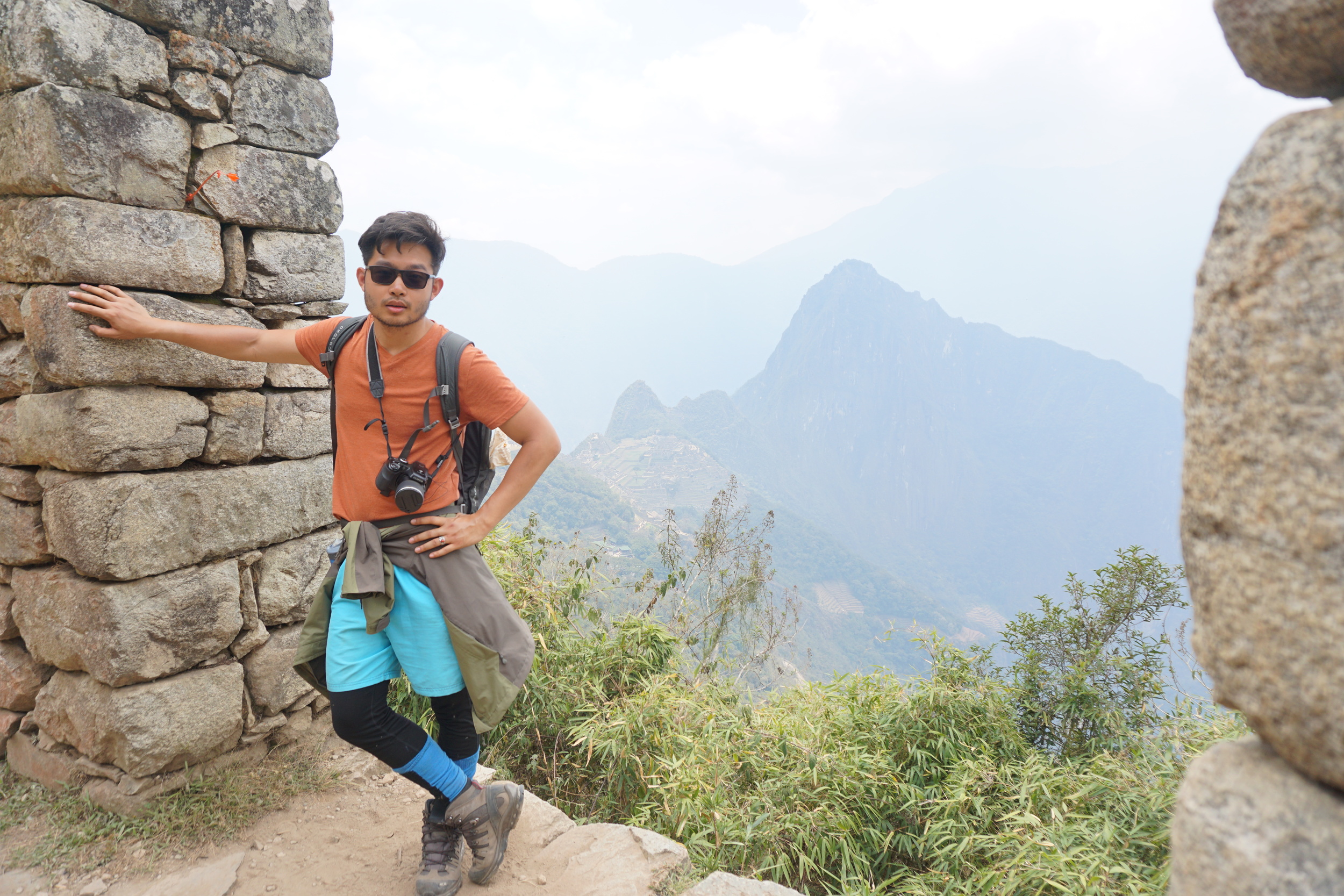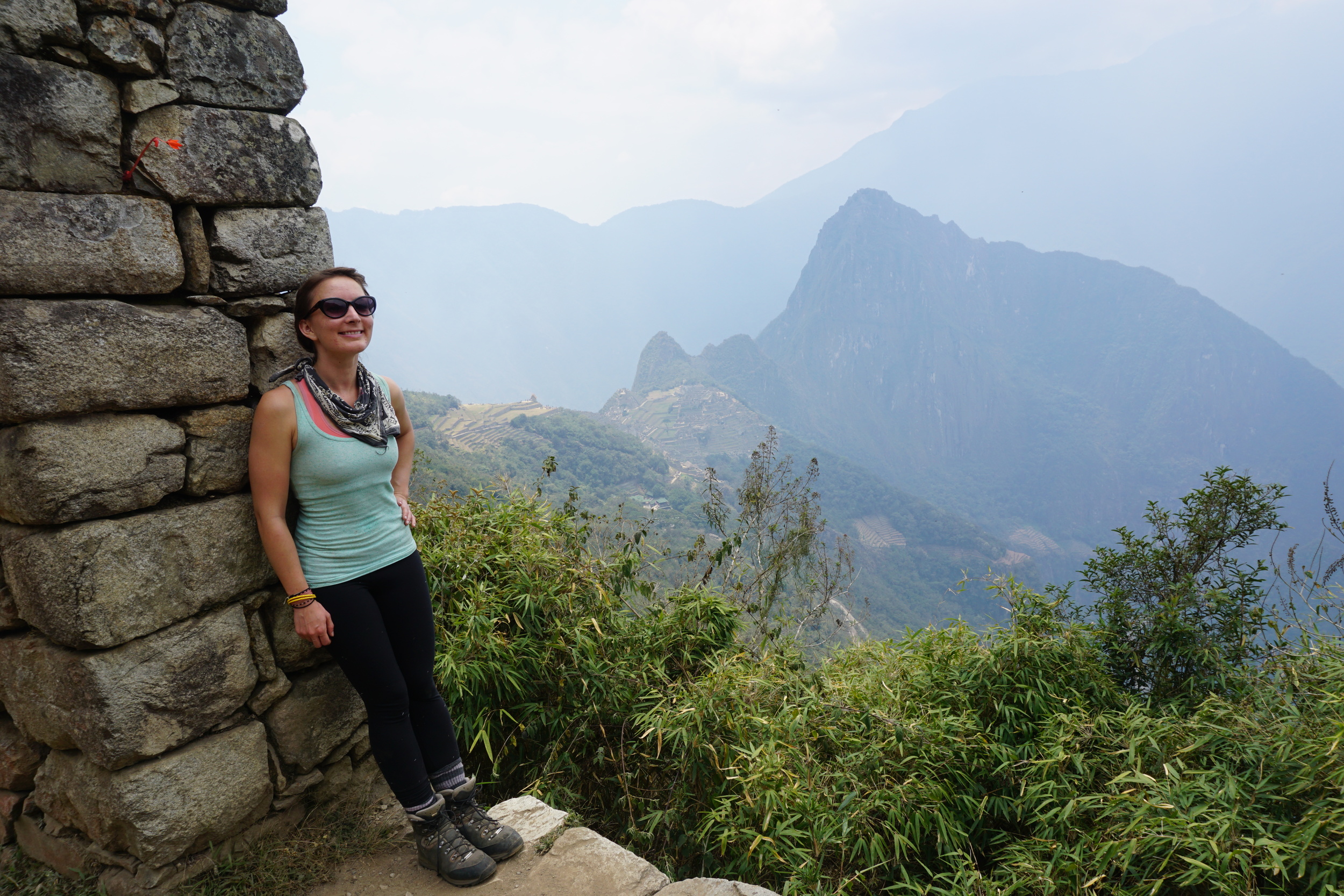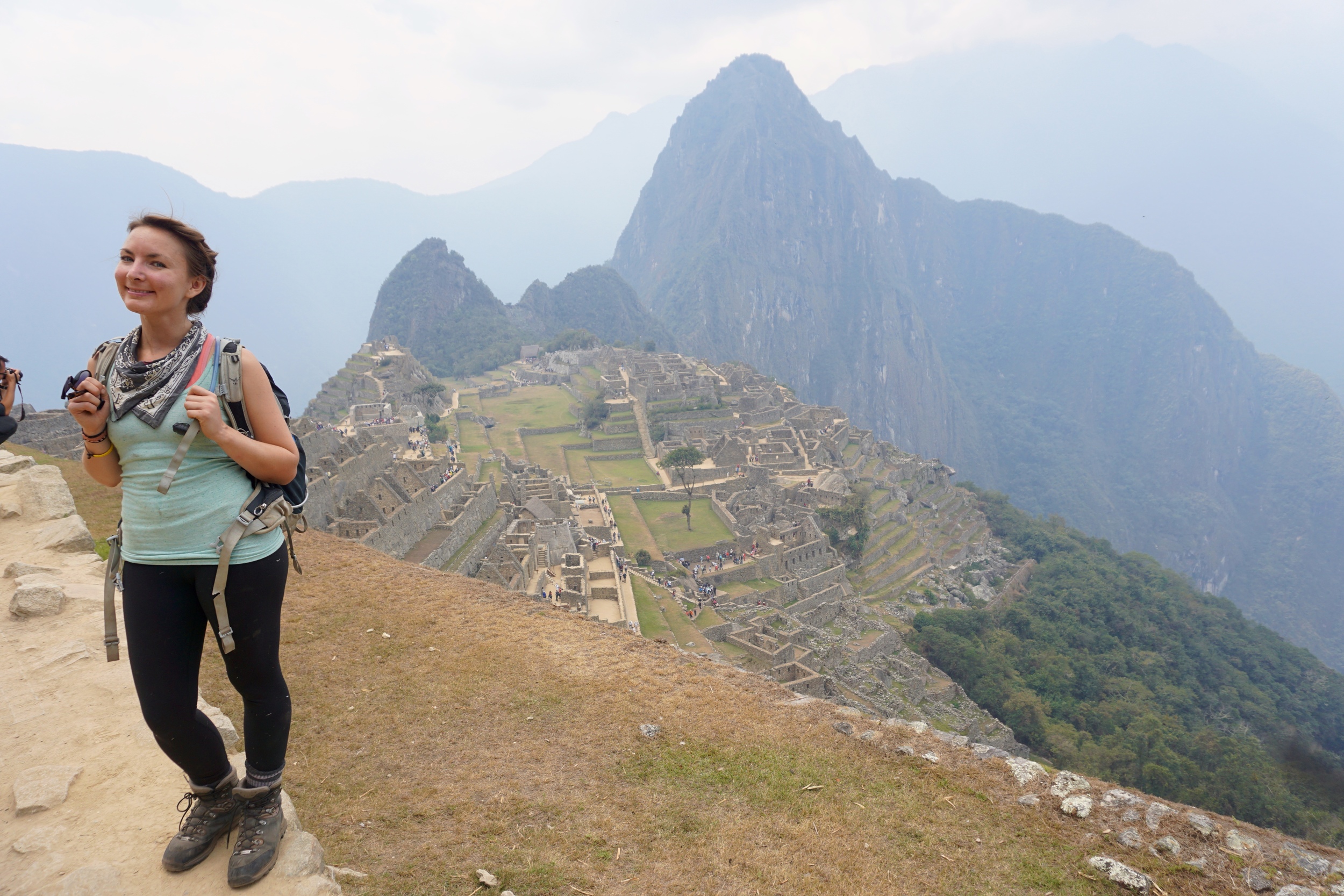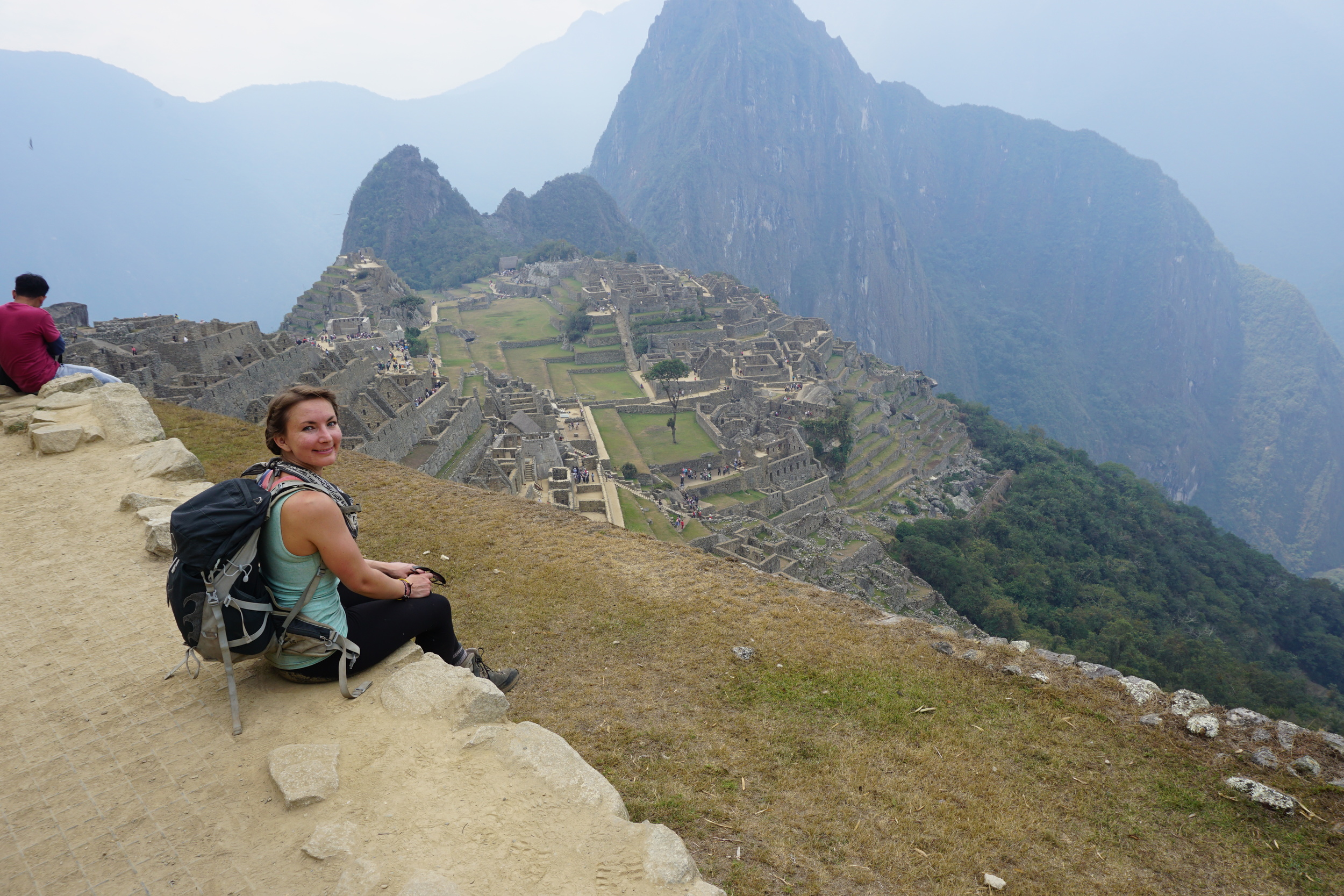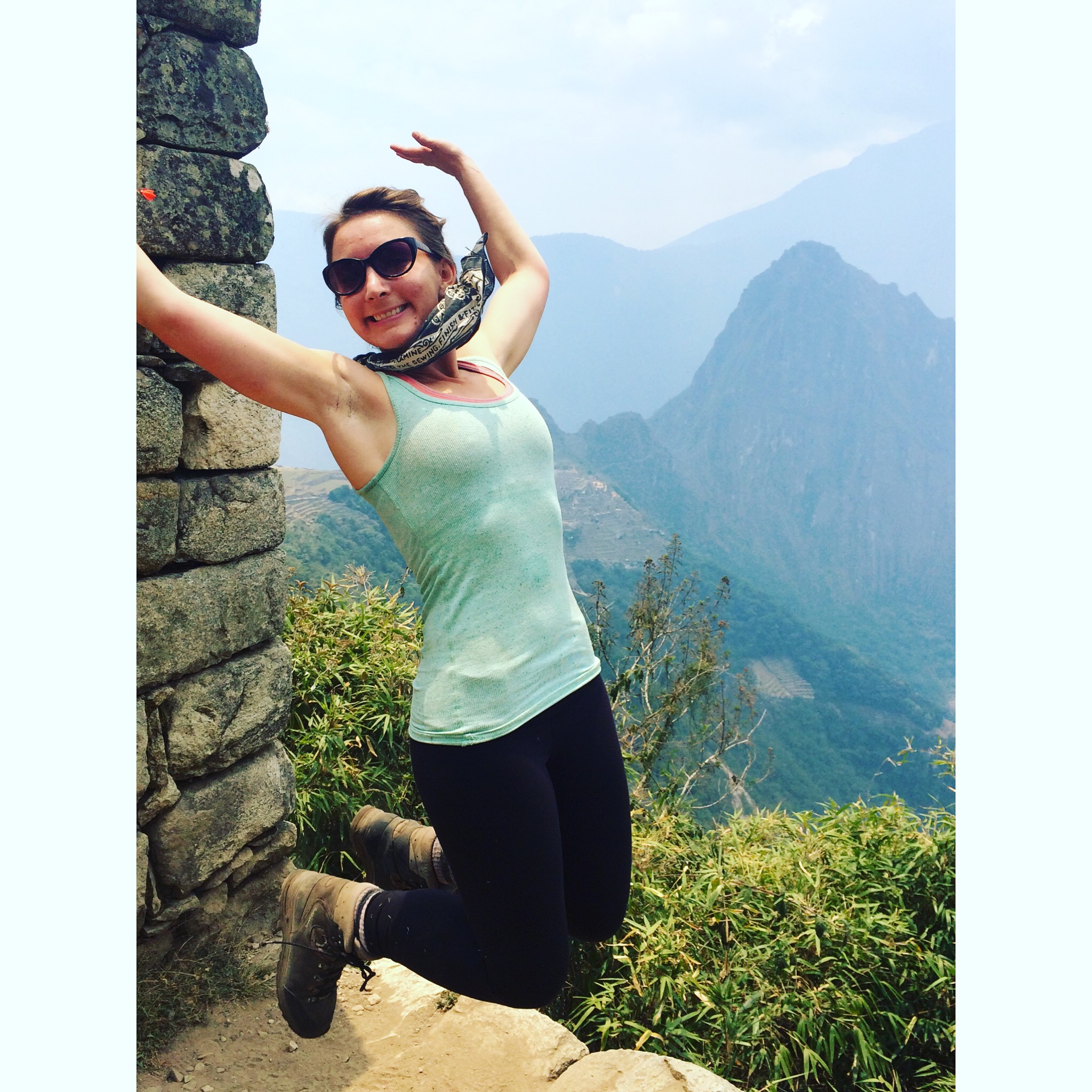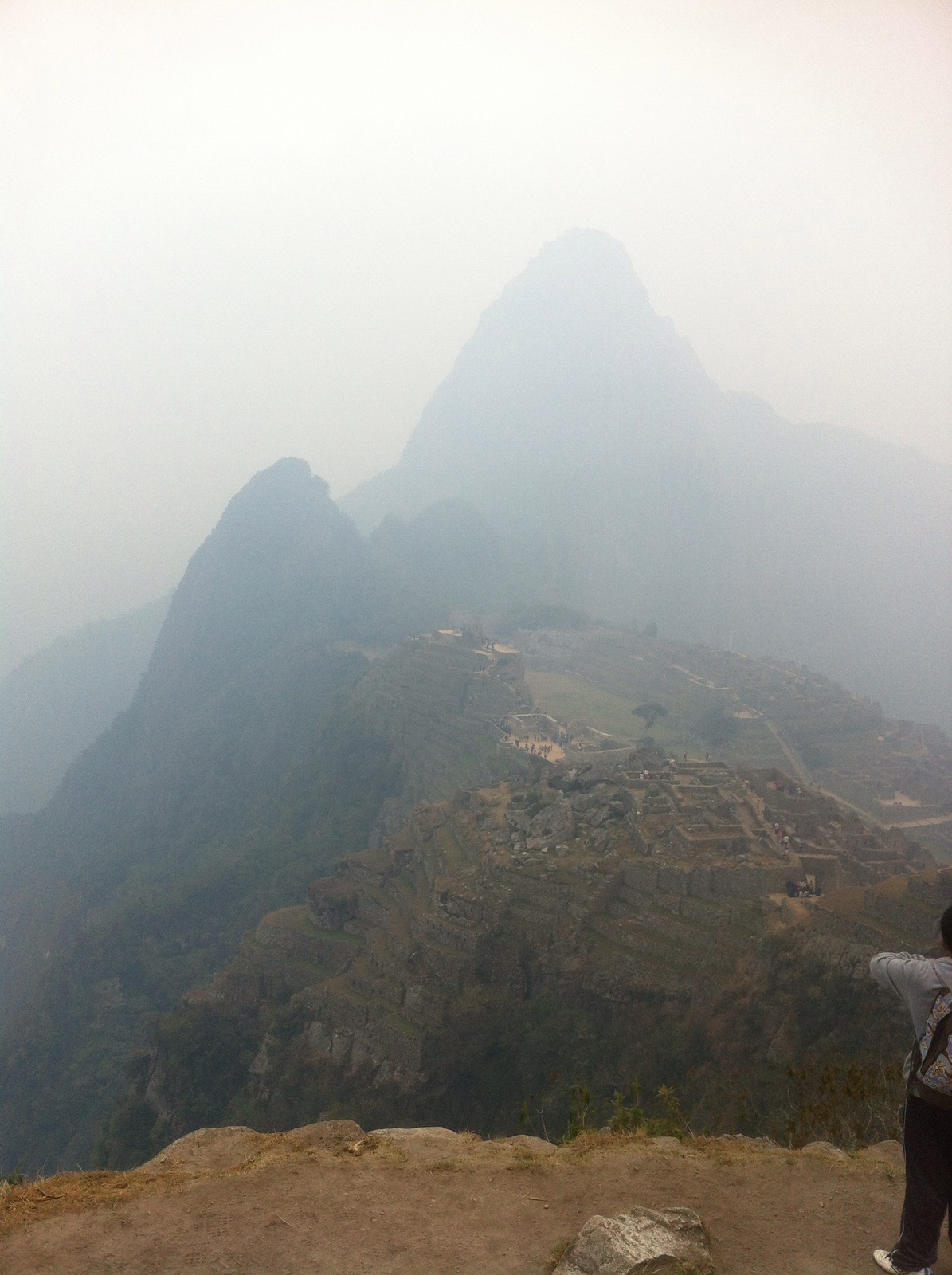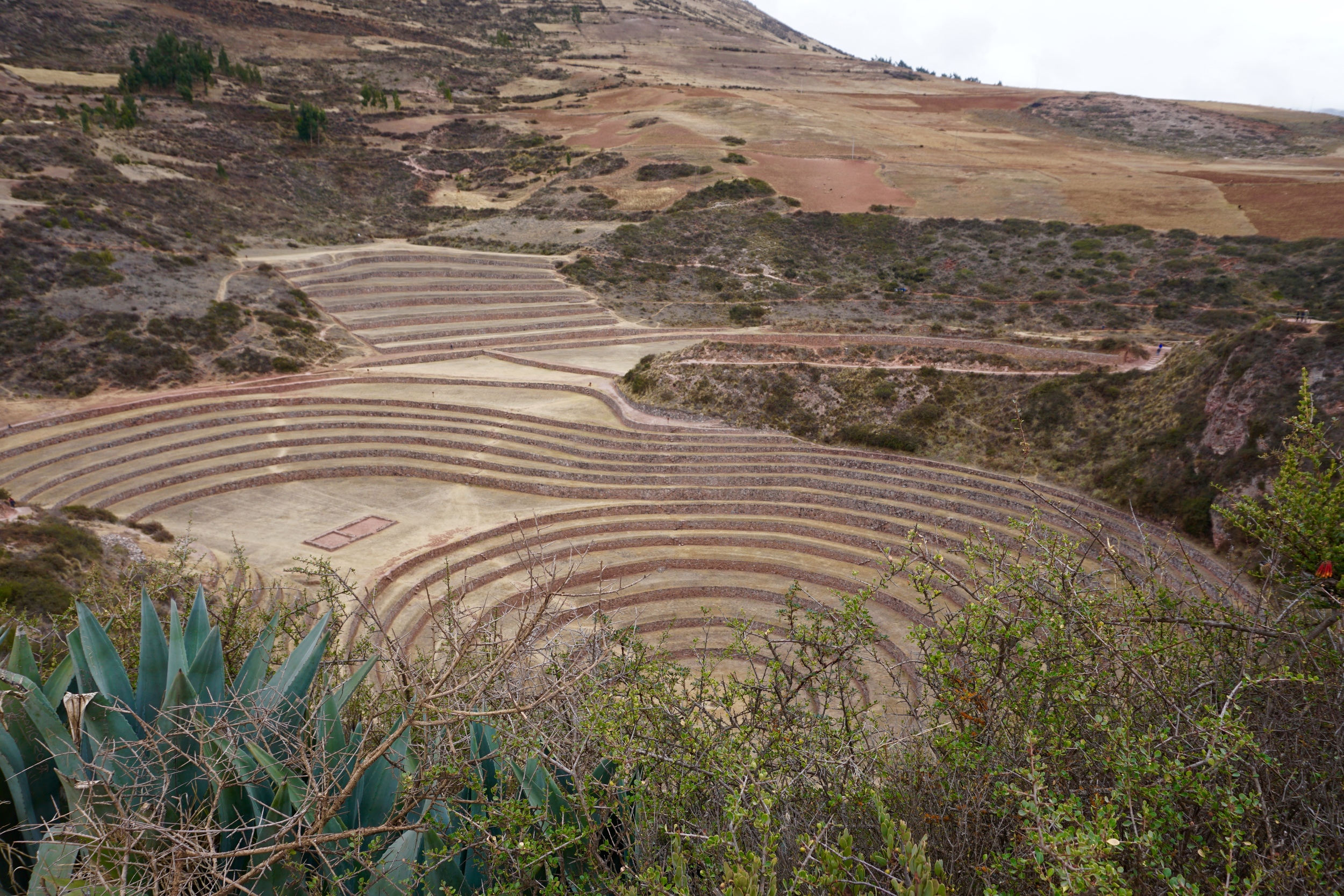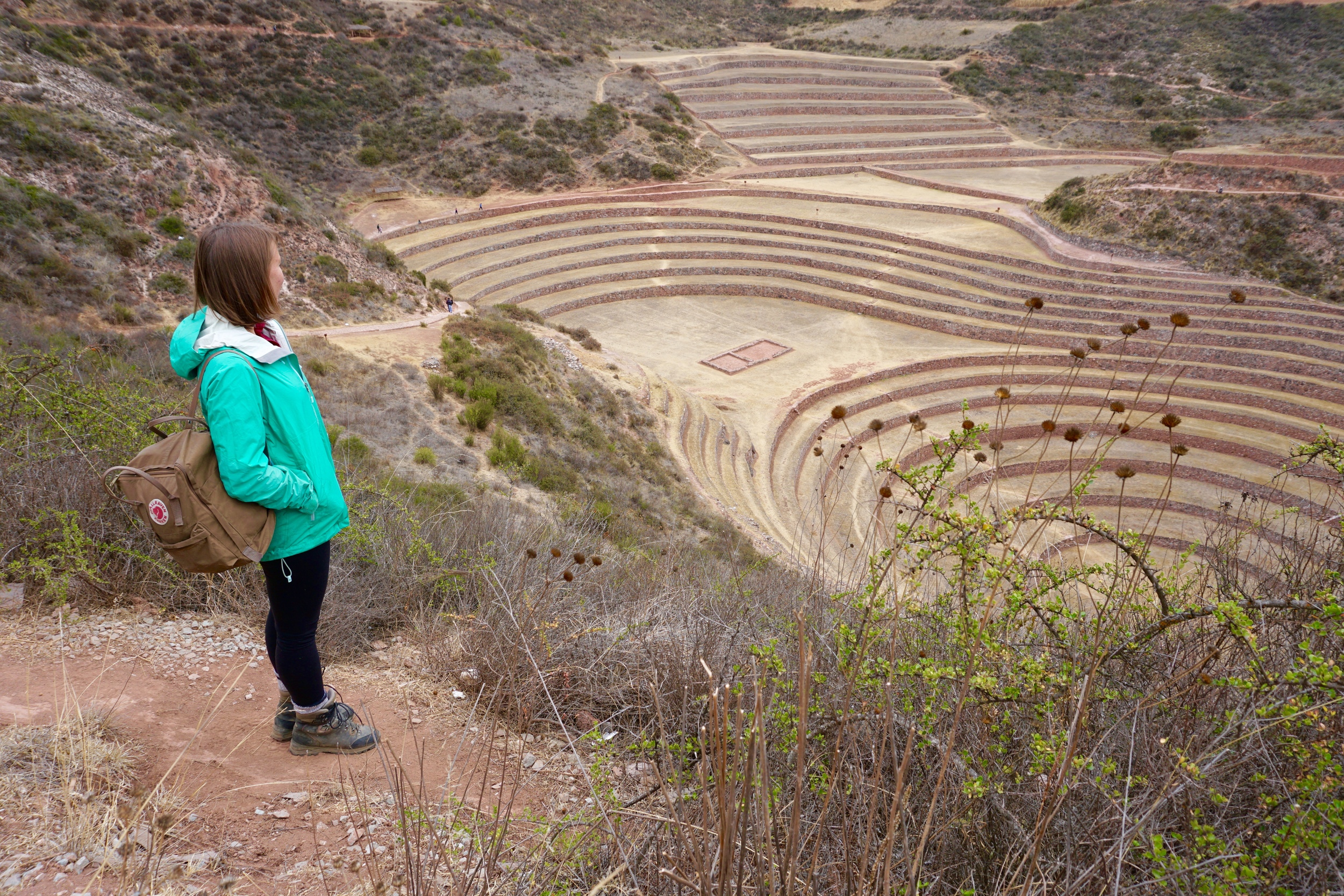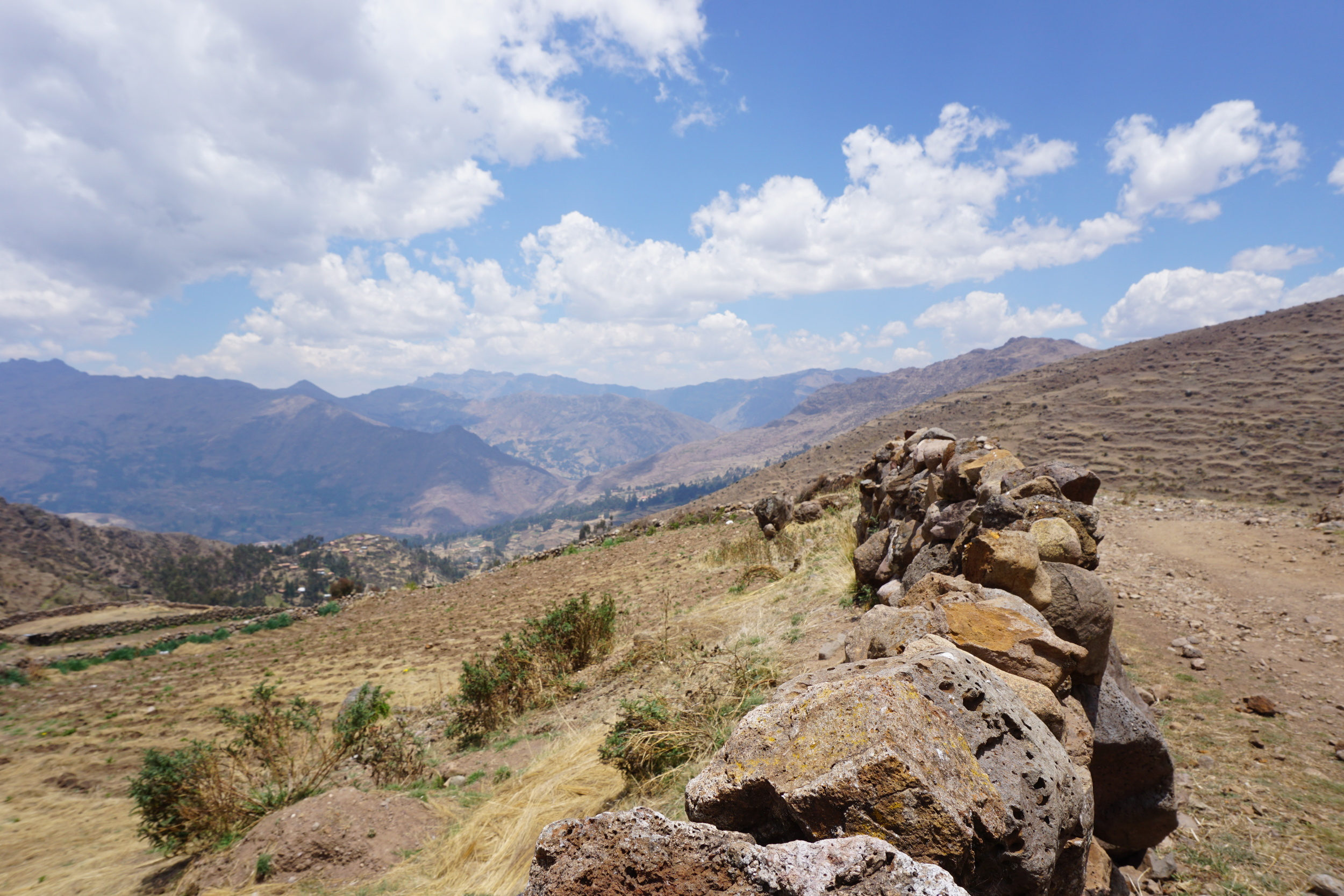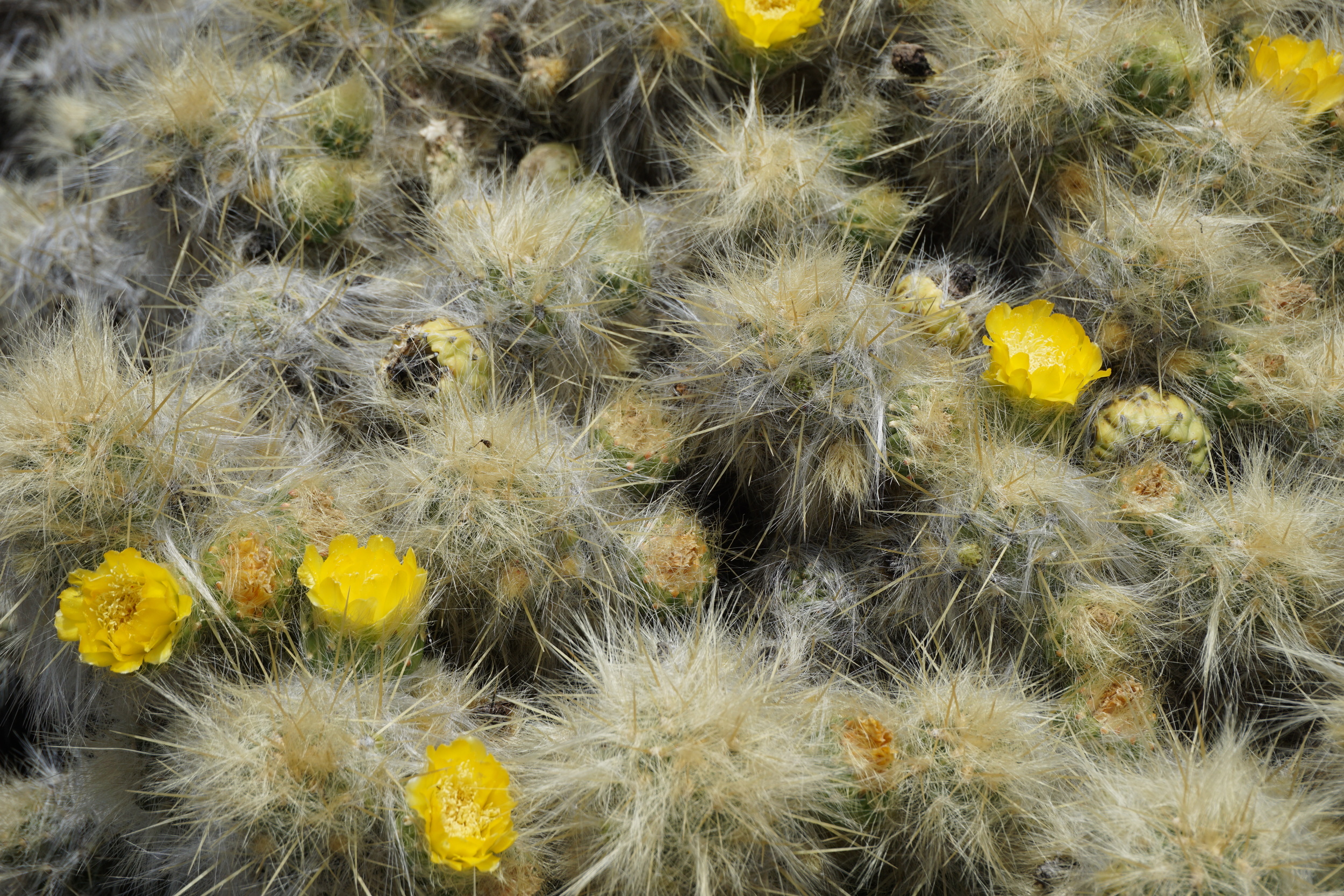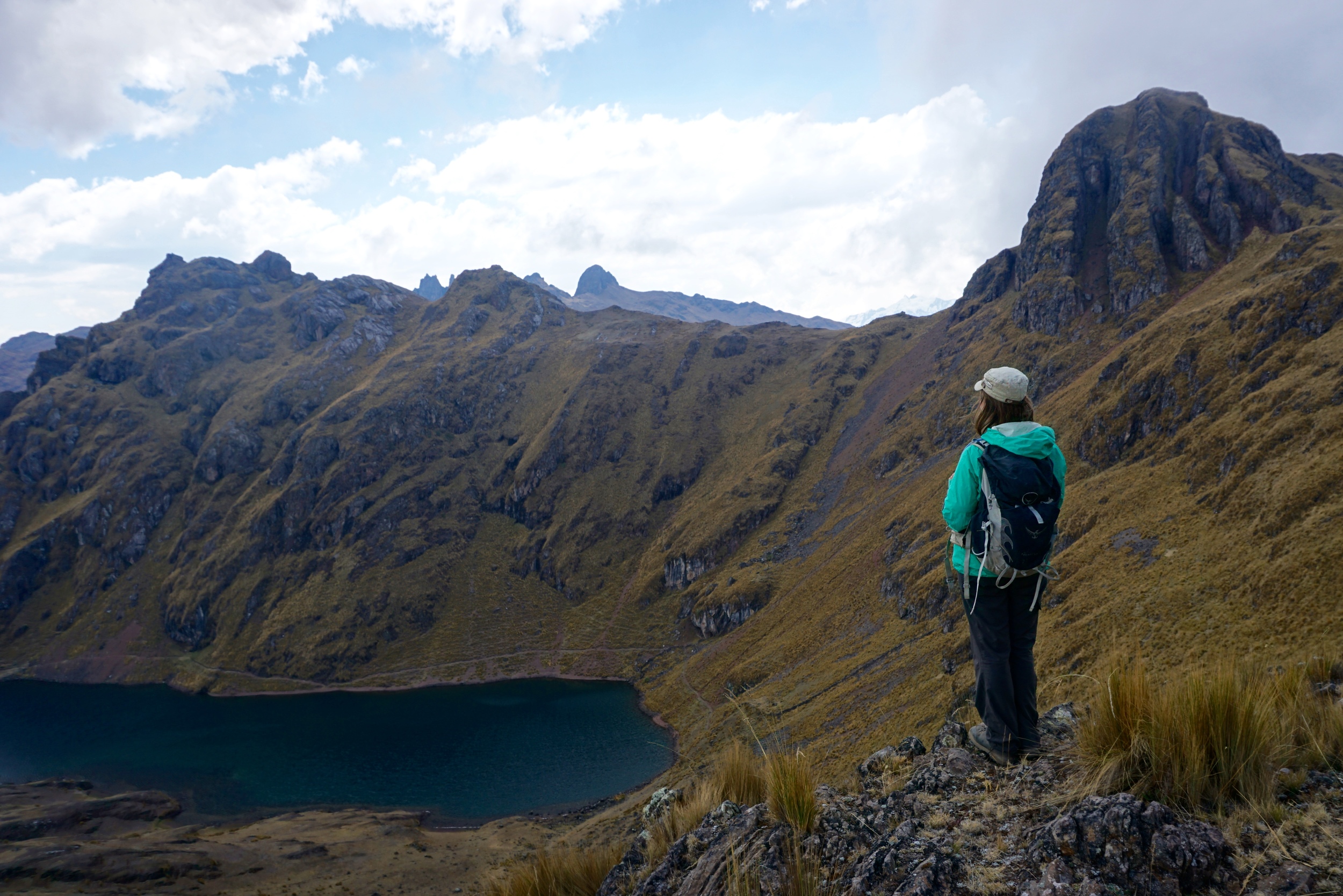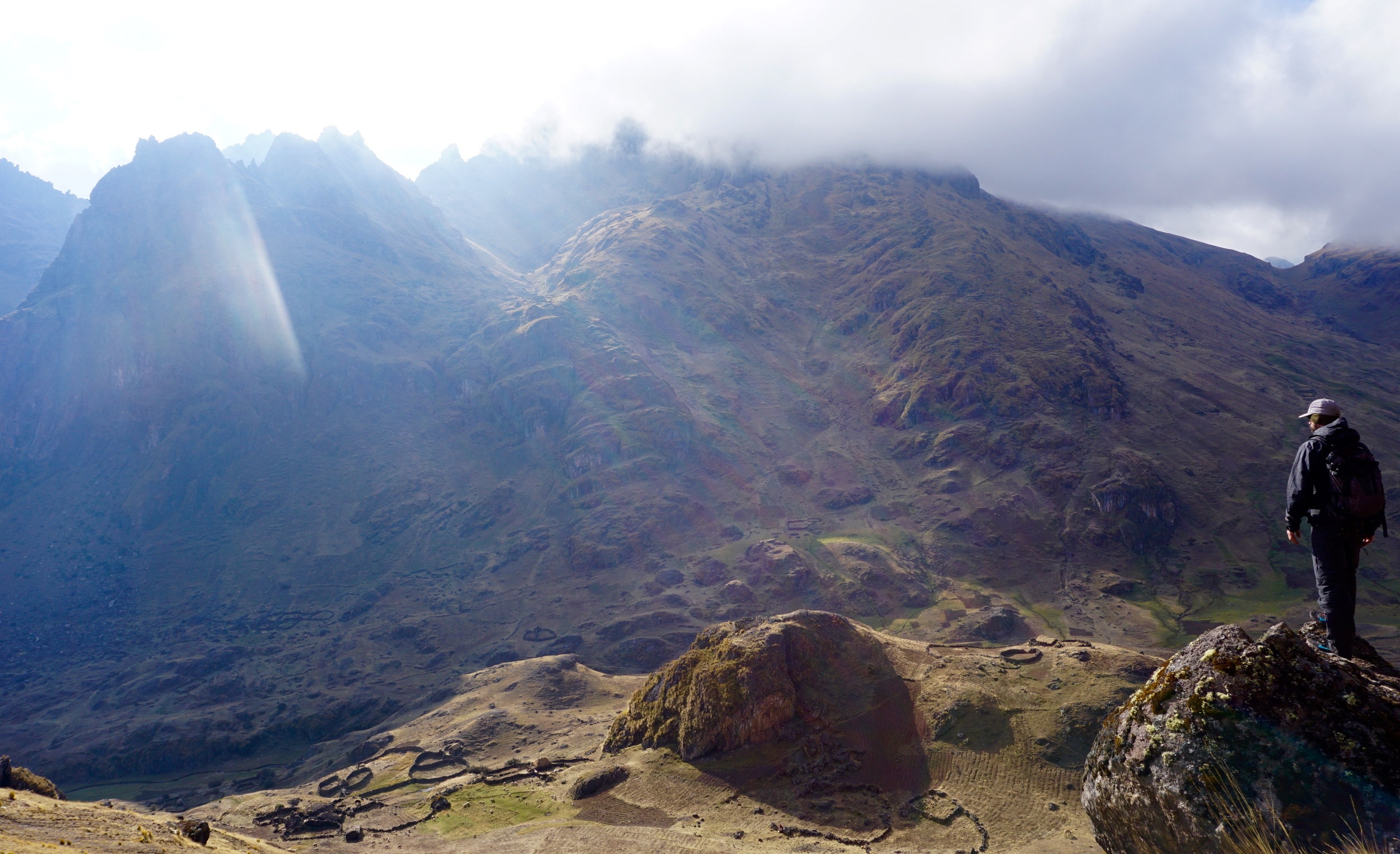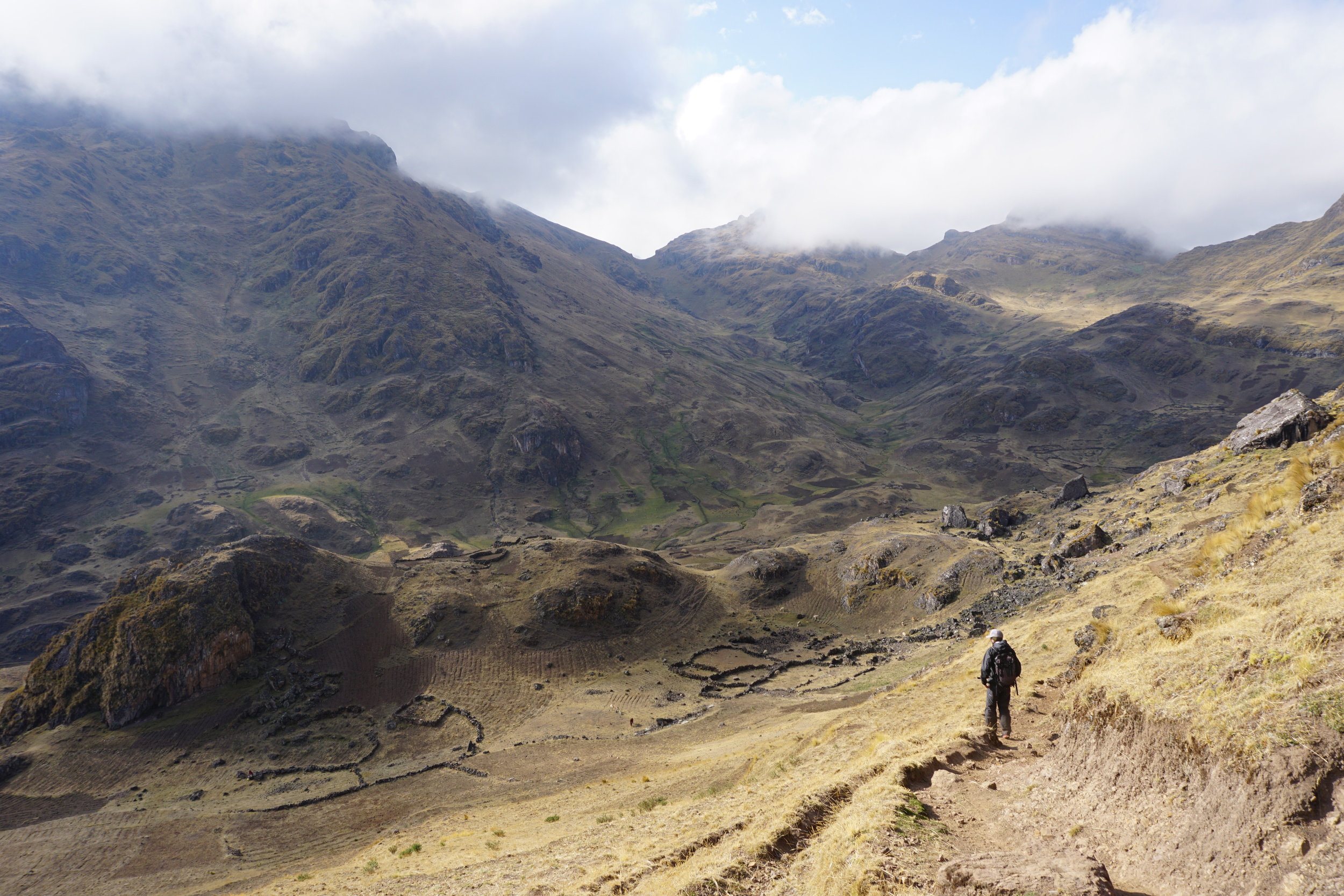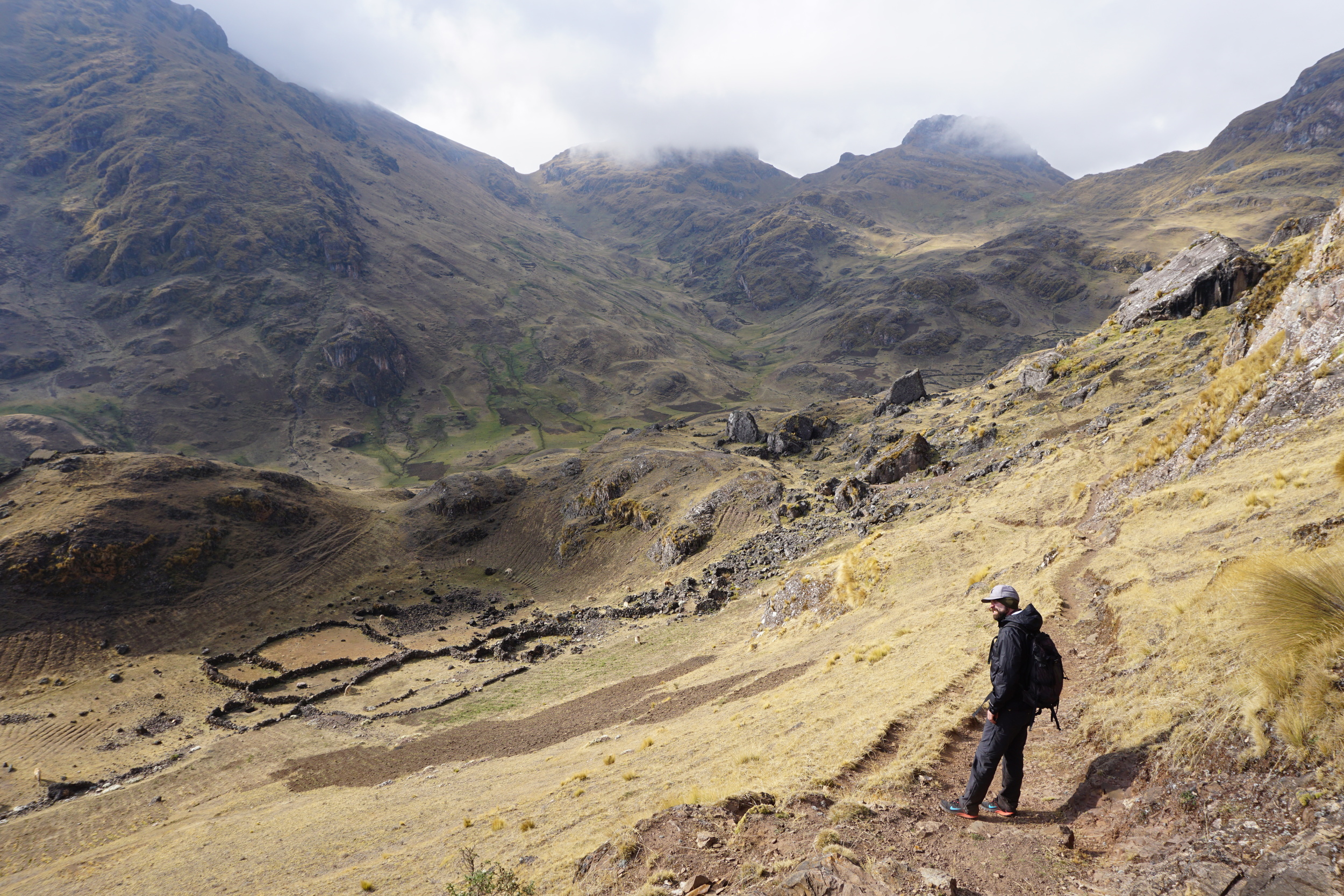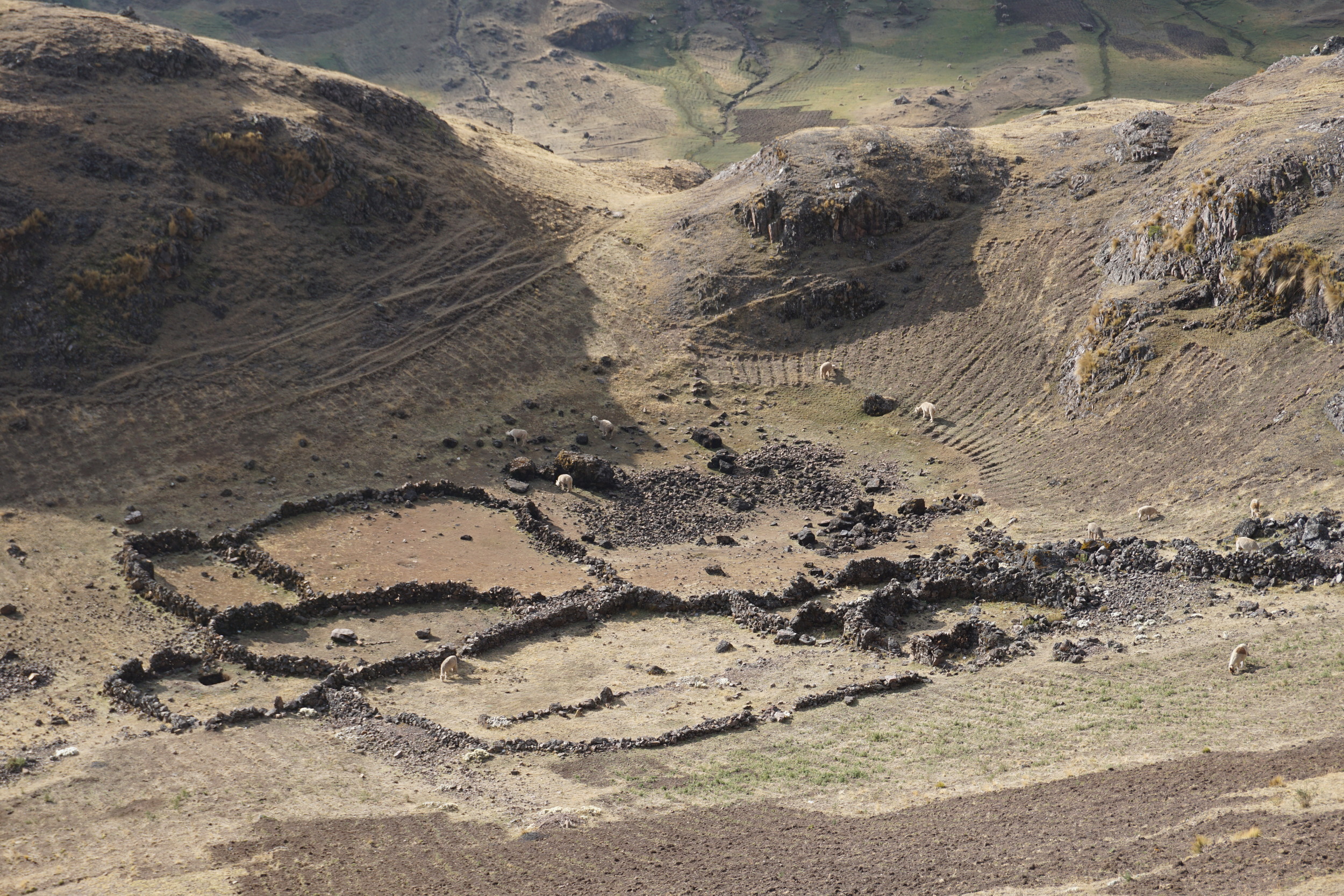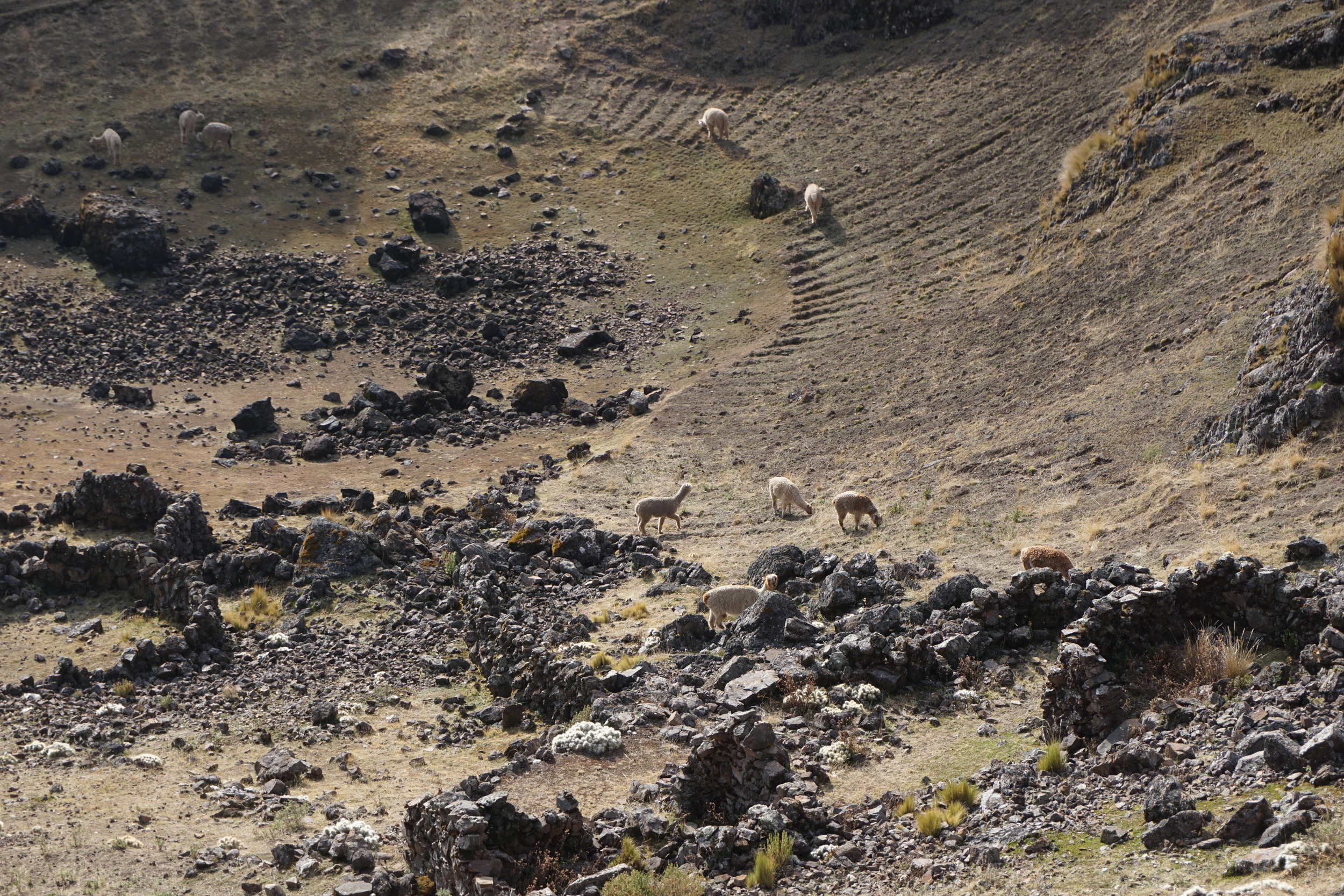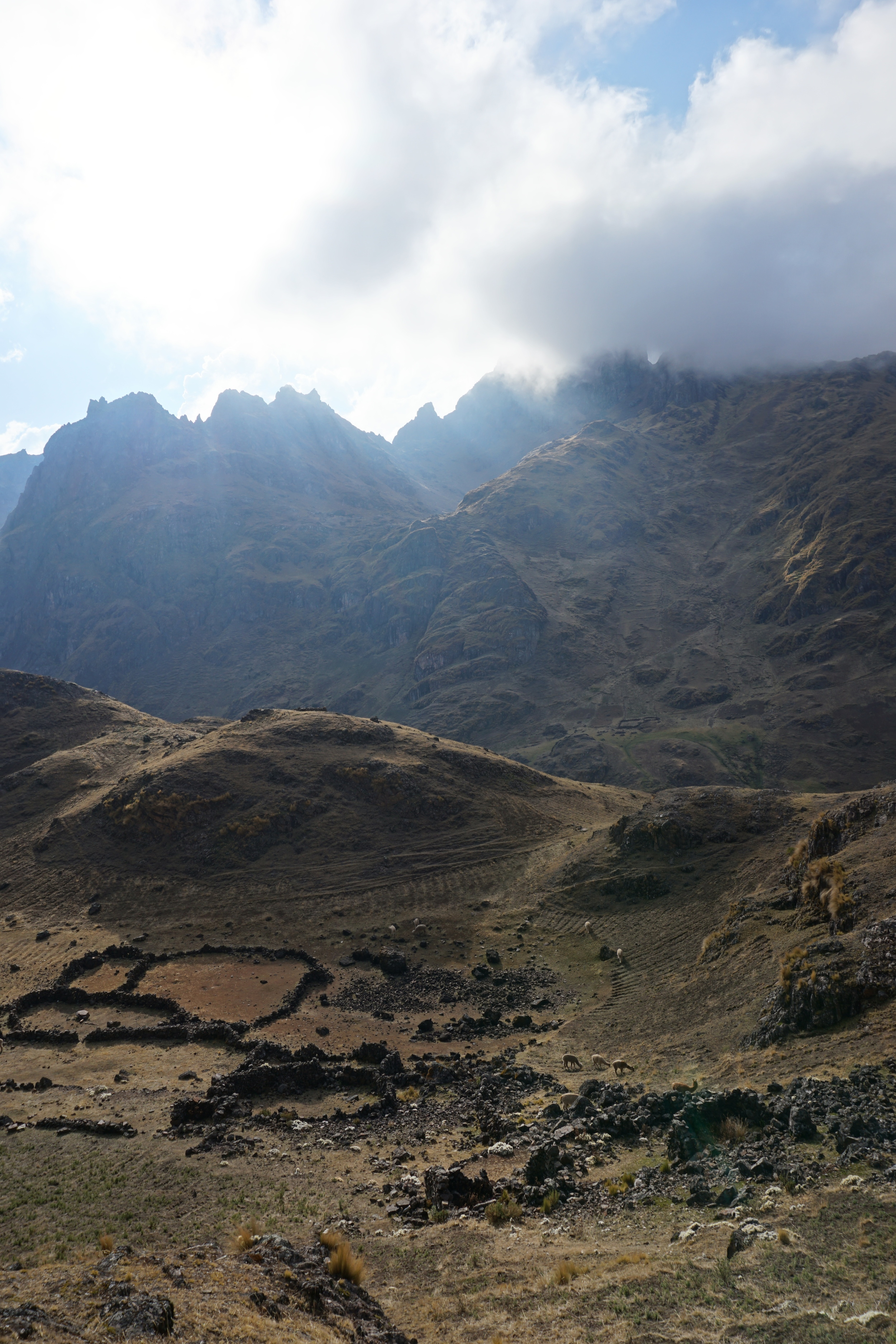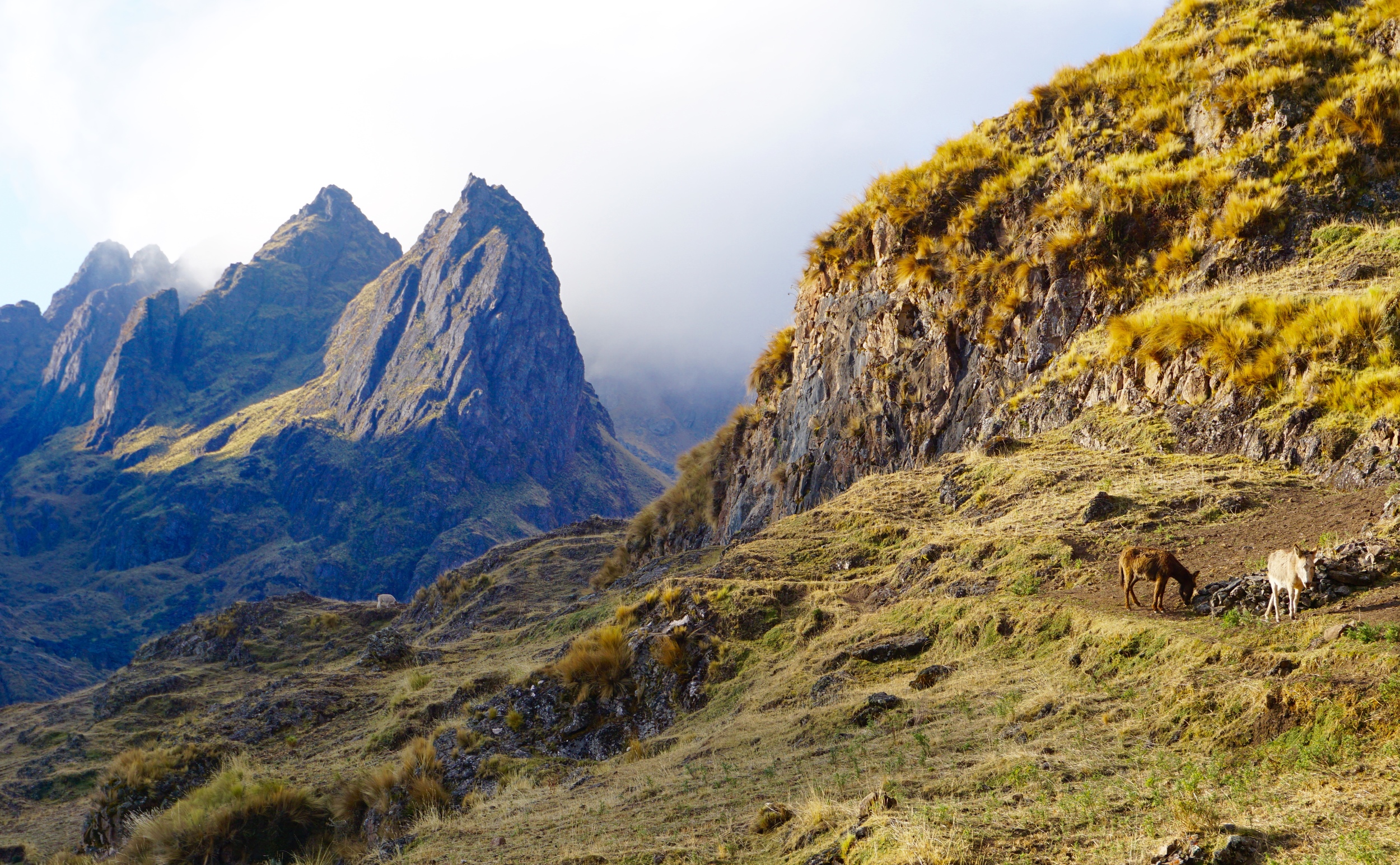October 11th-16th, 2015
The Salkantay Trek is in National Geographic’s top 20 hikes in the world, and is rated the 2nd best hike in Peru, after the classic Inca Trail. Salkantay is preferred by many because there are fewer crowds trekkingto the ancient city.
The tantalizingly unpredictable nature of solo travel is largely to do with the people fate deals you to take part in probably once-in-a-lifetime experiences with. Fate dealt me the best of hands, with a charismatic guide named Hipalito born and raised in Cuzco, an adorable and funny banker from England who had the fluffiest of hair (nice perm yo), and a beautiful couple from Holland; brave Evelyn the and loving Teun. We did the hike with a company called Salkantay Trekking, which was pretty glamorous with down sleeping bags and morning wake up calls with coca tea.
The van came to pick me up at 5 AM from my Peruvian home-stay. My host-dad, Efrain, woke up with me and gave me a big hug goodbye. I was so sick from taking my parasite-killing antibiotics that I thought I was going to vomit the entire morning. It's hard to be excited about a five day hike when you feel like puking, but I sucked it up, took a swig of PeptoBismal, and tried to sleep more while the poor driver tried to make small talk. We gathered the other three passengers that were dotted around Cuzco, and started the trip to the first base camp.
We stopped at a town for a giant breakfast (which I picked at). We bypassed the actual start of the hike because Hipalito said it wasn't enjoyable walking along the vehicle ridden dirt road, and he dropped us off at the first base-camp do do the practice 4600 m climb before the Salkantay Pass. Since it was a glamping trip, the crew set up our tents while we garbed up and set up for the training day up to a glacial lake.
I did a 4,200 m hike a couple days before so I didn't suffer from altitude sickness much. Richard was also doing well because he had done high altitude touring a few days before. Poor Teun though, who just came from low-lying Holland, suffered the hike up. Evelyn was golden and in front of the entire group. The scenery was breathtaking. We were hiking up a u-shaped valley with crazy lateral moraines and eskers peaking below monstrous mountains. Once we got to the lake (2 hours later), it was totally worth the climb. I was geeky excited to see glaciers, cirque glaciers, lateral moraines, eskers, glacial lakes, and u-shaped valleys. We bounded through boulder fields, climbed the moraines and played in the water.
Eventually we got hungry and hiked down to supper, which was a beautiful Peruvian meal that I couldn't eat since I was perpetually nauseated. I begrudgingly took another antibiotic, which further stole my appetite, and we stared in awe out of the kitchen tent at the alpine view. When the sun set and the stars scattered across the sky, Hipalito showed us southern hemisphere astronomy, such a the lama constellation , and we eventually fell asleep.
We were roused out of our down sleeping bags with the cook tapping at the tent door, coca tea in tow (glamping is awesome). Since I’m the worst morning person ever, I would just sleep for five more minutes until the tea cooled off. We packed up fast, admiring the shadows playing against the mountains.
We started the longest day of the hike, with a total of 18 km, and the highest elevation being 4650 m asl. Part of that 18 km day included the gringo killer, where a few people hiking with different groups dropped out and hired donkeys. I powered up the switch backs like a donkey and got to a grassy plain and waited for the rest of the group. Richard came soon after and we hung around until our guide came and told us to keep going. We kept on going on to the Salkantay Pass, which we've been walking towards all day.
I'm not a morning person. Salkantay looming in the background
Speaking of Salkantay, here is a smattering of information from the mouth of Hipalito. Salkantay was considered a God by the Incan people, responsible for providing water for the farms around the kingdom. The Incas would hike this trail and lay offerings for the mountain god, which included the best goods from around the kingdom, such as coca leaves from the jungle, lamas from the mountains, fish from the coast, and often a human offering. One of the most important gifts was a sea shell, which, when burned, would sound like the god was eating his offerings. Though this isn’t the classic Incan trail, it was still often hiked by the Incas looking to appease the god with sacrifices and also as a route to Macchu Picchu.
As Richard and I hiked on, we came across more beautiful peaks, giant boulders, and landslides. We were side passed by bands of horses carrying hikers' packs, and every once in a while a hiker that couldn't quite make it and succumbed to hiring a donkey. Eventually the mountains opened into a giant grassy opening, and into the most incredible view of a rolling green valley.
We enjoyed lunch and played with kittens before heading climbing down the mountain which opened up into a lush high jungle full of humming birds. The high jungle is a beautiful eco-zone. One of the reasons why National Geographic chose to put the Salkantay Trek in their list is because of the variety of eco-zones you experience throughout the hike. At the end of day 2, you can see all four zones a once as if someone took a giant knife and cut the mountain from high glacier peaks to low jungle waters. All at once, you can see the giant cake with glaciers topping rocky “waste-land”, eventually fading into high jungle, and low jungle at the very bottom with a lush river being fed by the towering glaciers above. We walked on through the plants, humming birds, and small villages to our final camping spot for the night.
Valley cut showing the different ecozones, with glaciers at the top and high jungle at the bottom.
Eveyln, after feeling sick for the first 2 days, opted to take a van with our gear to the lunch spot. We left her in this overwhelmingly full van and continued on, winding down the jungle bordered trail, hopscotching across bridges and through recent landslides. It was a beautiful hike through the high jungle, and poor Teun was still suffering from 2 days of altitude sickness. Once we got to the van, we jetted to the lunch spot and had one last meal prepared by our wonderful chef.
When we arrived to the camp site, Richard, Hipalito and I went to the hot-springs, where we thoroughly enjoyed the hot water, and got eaten alive by mosquitoes. Here we met up with other groups hiking Salkantay, as well as people doing the classic jungle trail.
That day we also had a camp meeting about the possibility of zip lining the next day. Evelyn and I were completely down for zip-lining, but the boys not so much. After not too much convincing, Richard decided that he had to go as well, and Teun, being very afraid of heights, bravely decided to take the van there and decide once he got there.
And so, the next morning, after a ridiculous night of being too hot in the tent, we got into the van and were off to our first ever zip lining experience. You are literally flying in between mountains with a birds eye view of the tiny forest below. It was super fun times, but every time we looked at Teun, we saw a look of horrid, death-expecting terror. When you’re afraid of heights, zip-lining and crossing suspension bridges that you can easily fall through, it’s not an easy time. Poor Teun was upset for about 3 hours for making him face his fear, but the next next day he was happy and proud that he did it (we were proud too Teun, we were proud too).
After zip lining, we were carted off to the railroad hike- a 3 hour walk following the rail road to Aguas Calientes. Our first view of Machu Pichu was from a cafe where you can see the distinctive peak of the city through the fog. We lazed around in hammocks for an hour before hiking proper. When we got into town, we were shown to our hostels, where I was put in a hole in the wall and the other three were put in very fancy hotels. Luckily Richard had a spare bed anyways, and the company reimbursed me.
The next morning we woke up at 3:30 to wait in line to take the bus up. Richard and I were going to climb it, but because we were doing the 3 hour Machu Picchu Mountain climb, we decided to take the bus up with the other three.
Machu Picchu is amazing as it is rumored to be. Though it has been known from local Peruvians since its existence, it was opened up to the the rest of the world when Hiram Bingham III, an archeologist, was lead to the city by a local boy. There are different thoughts on what the city was designed to be. Some say it was a place of learning, and some say it was a palace for royalty. What is known is that it was never fully utilized because with the invasion of the Spaniards, the Incans abandoned the city to save it. And thus, without being plundered by the Spanish, it is beautifully preserved. The engineering is elegant, with aqueducts and agricultural terraces. There is even a very accurate compass, carved into a rock, that points perfectly north.
After a wonderful tour, the sad part came where we had to say goodbye. Hipalito left us to explore by ourselves. After walking around for a while, Richard and I prepared to hike up Machu Pichu Mountain, and therefore had an almost tearful goodbye to the rest of our hiking family, Teun and Evelyn, who were jetting to Bolivia the next day. And so Richard and I hiked up the mountain alone, which had the most stairs I’ve ever seen. After 4 days of hiking, our legs didn’t take to the stairs easily, but everyone cheered everyone on as they did one last climb. Because of forest fires, the day was smokey, and the view wasn’t as clear as we hoped, but it was still beautiful. After we came down, to Richard’s dismay, I dragged him on another mini-hike to see the Sun Gate. After our hearts were content with wandering around the queued for the bus, in a line of about 1000 people, and eventually made it on the long bus, train, and van ride back to our hostel.
I wouldn’t have wanted to do this experience with anyone else than the five people I was lucky enough to be placed with. The Salkantay Trek with Richard, Teun, Eveyln and Hipalito was one of the highlights of my four month galavant.





